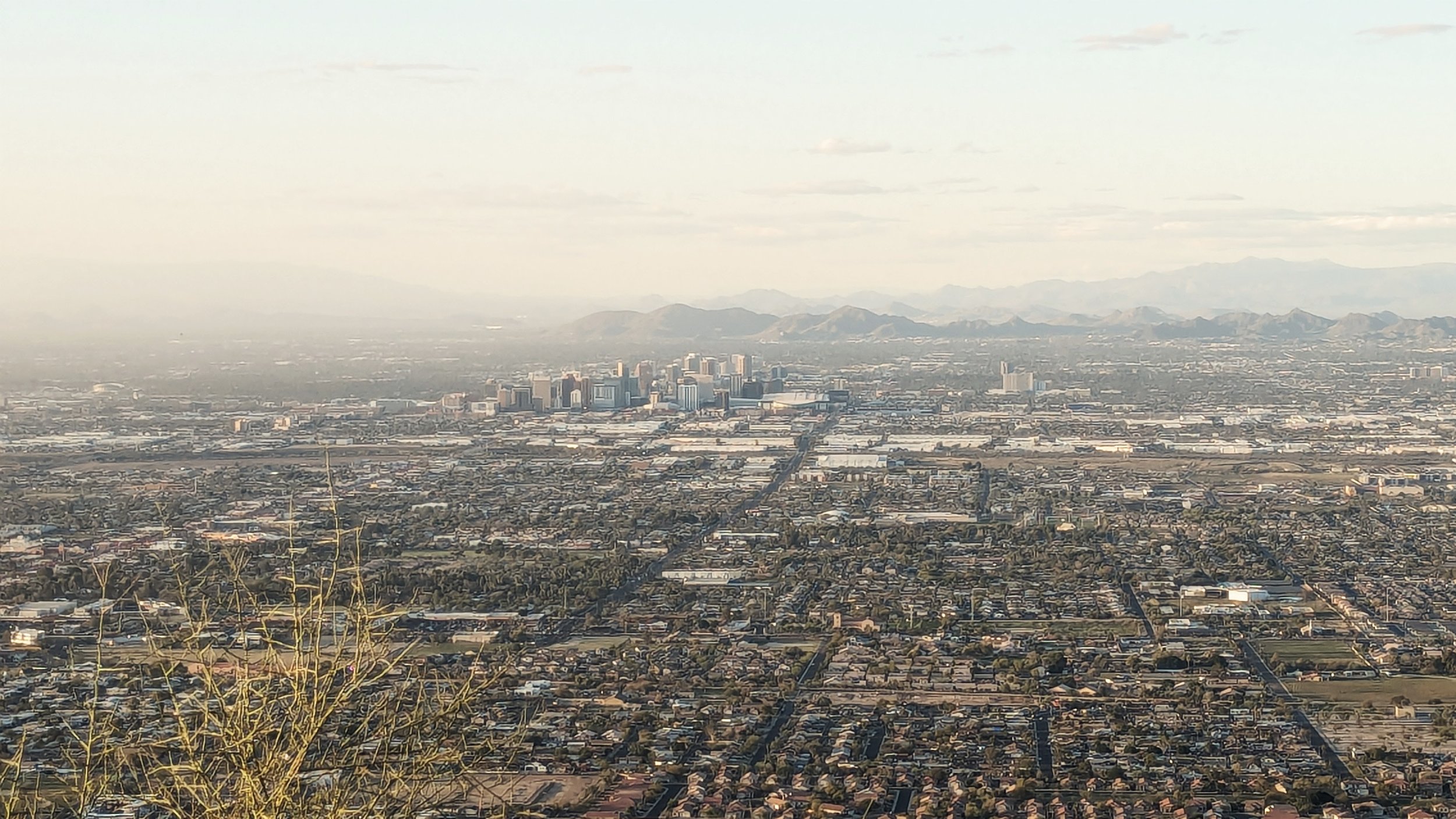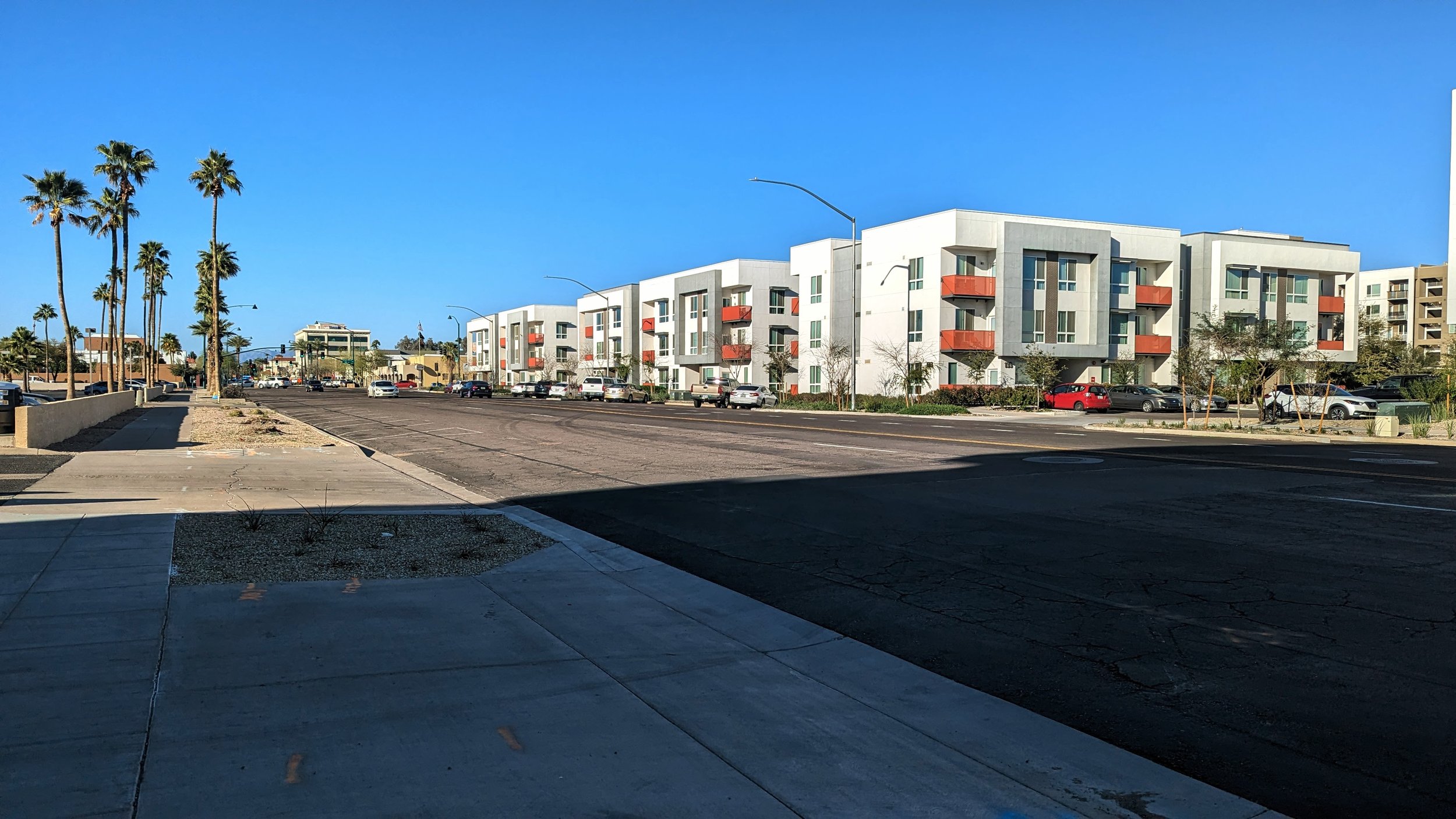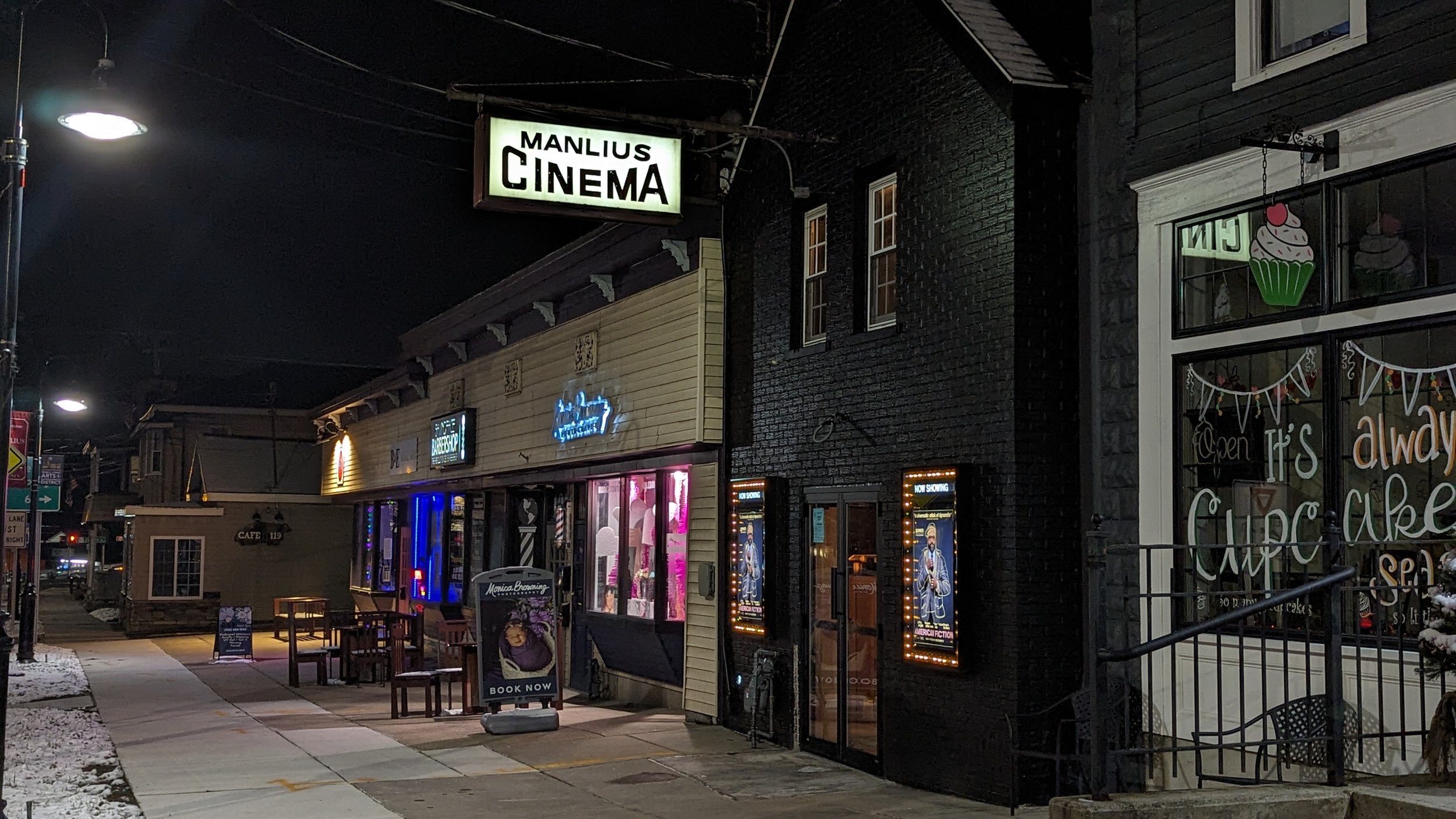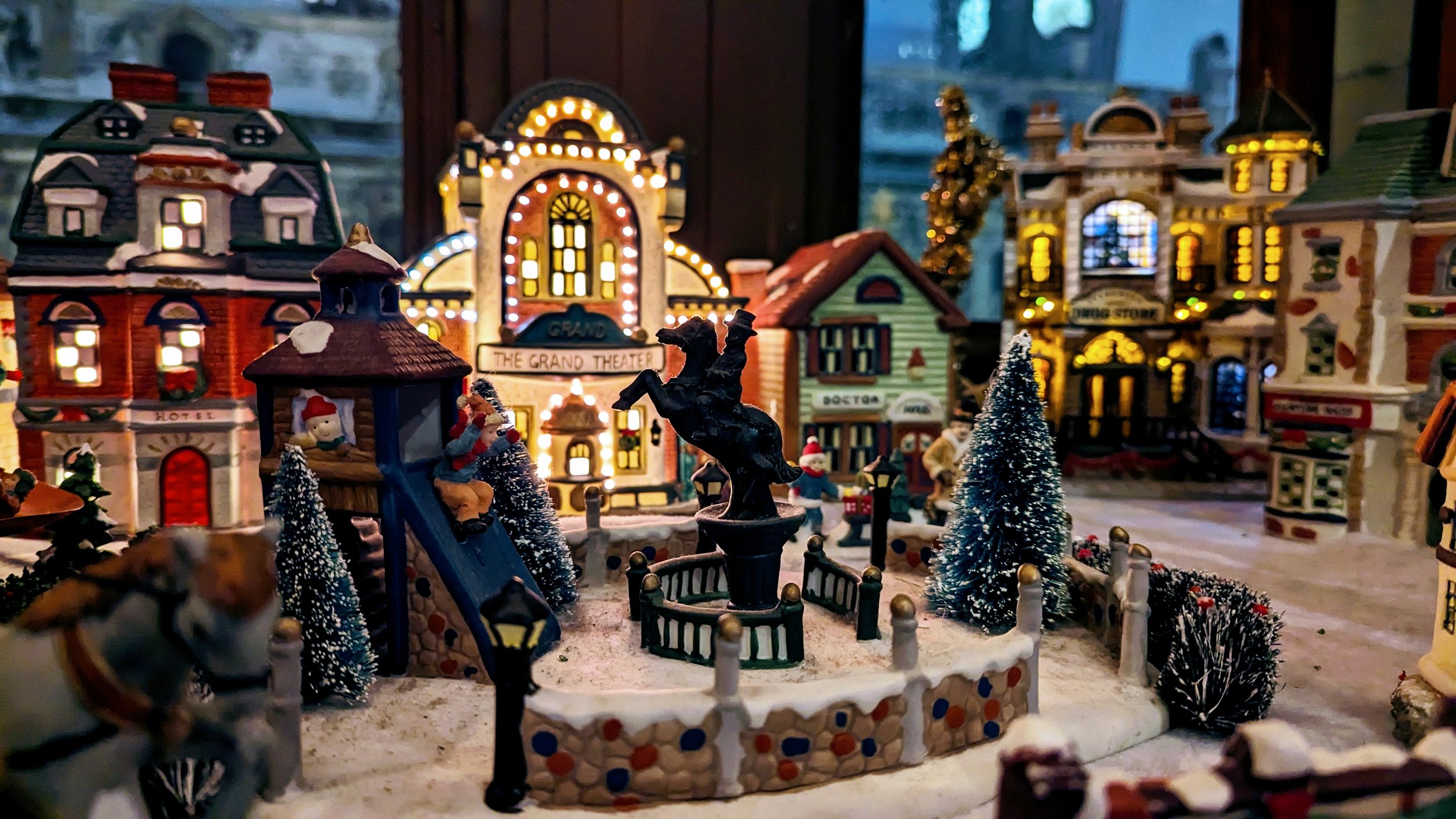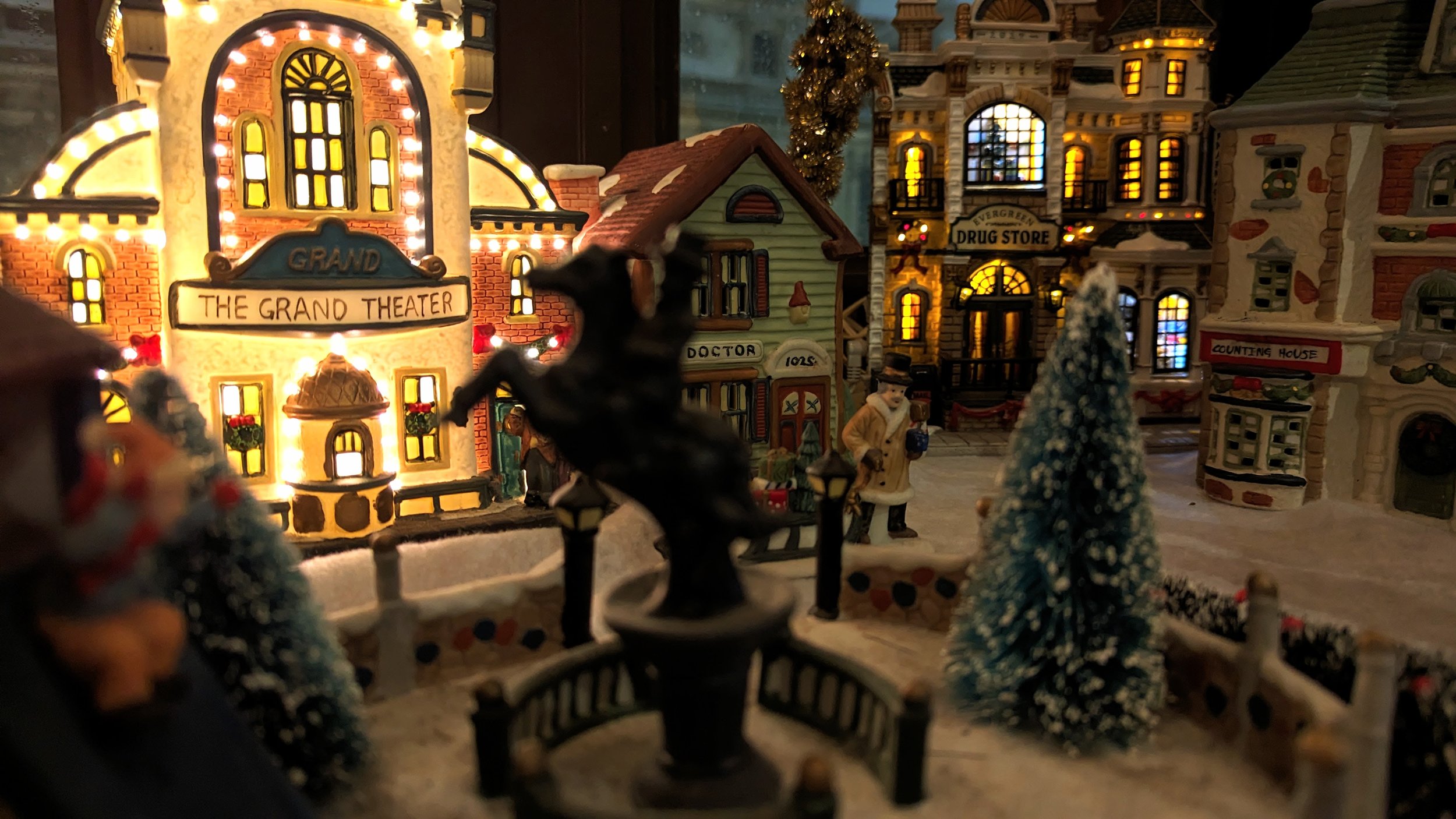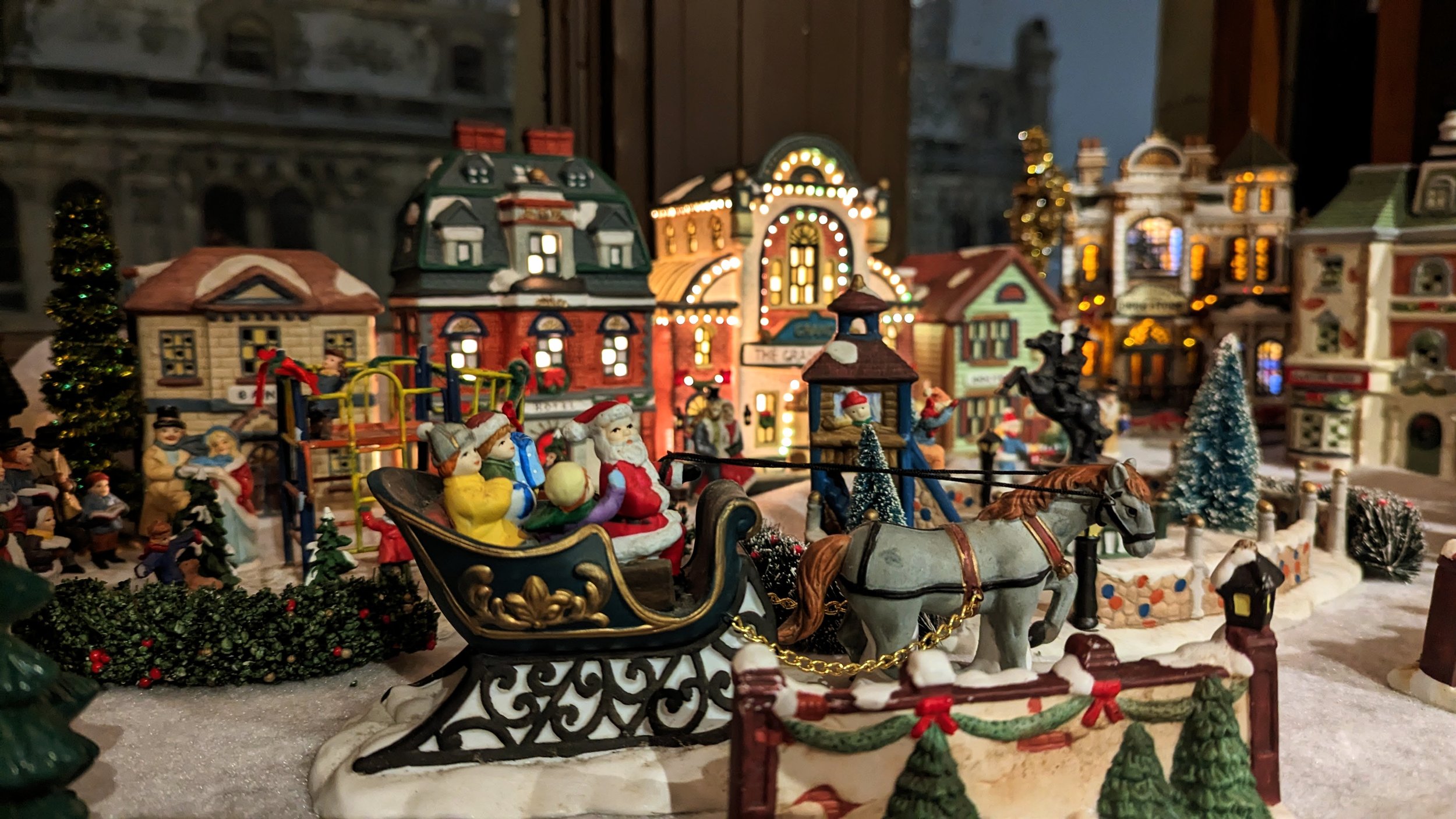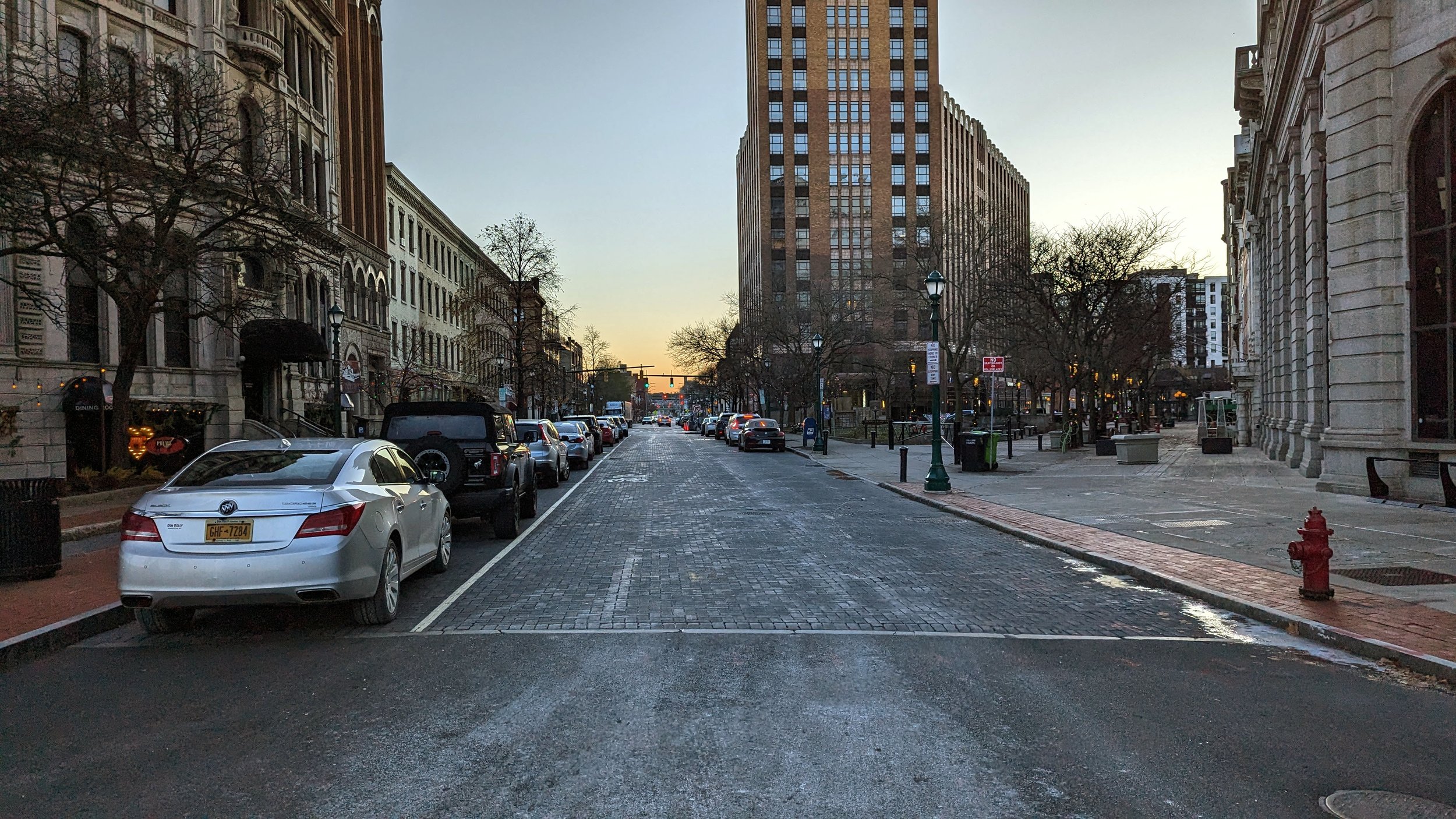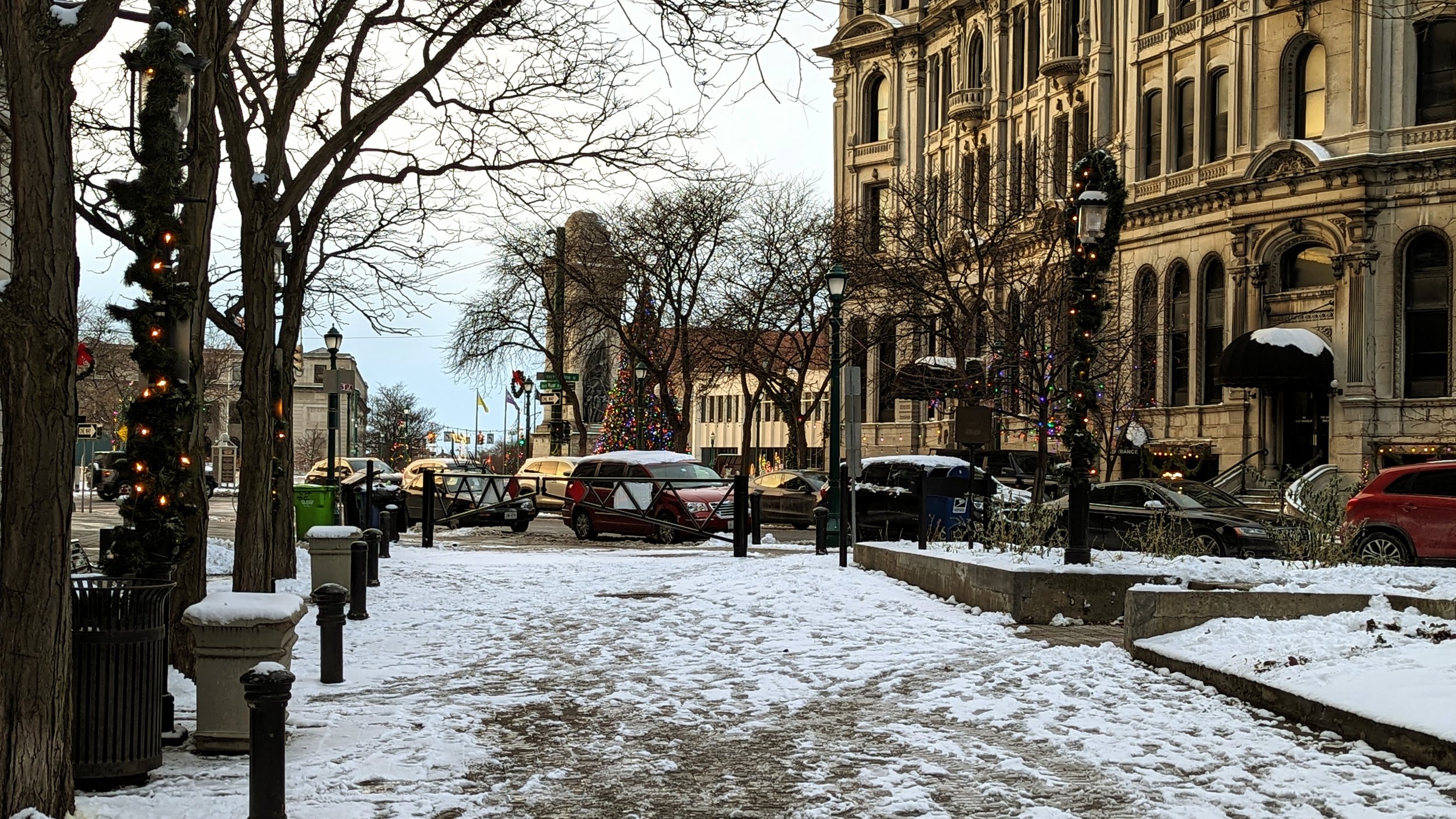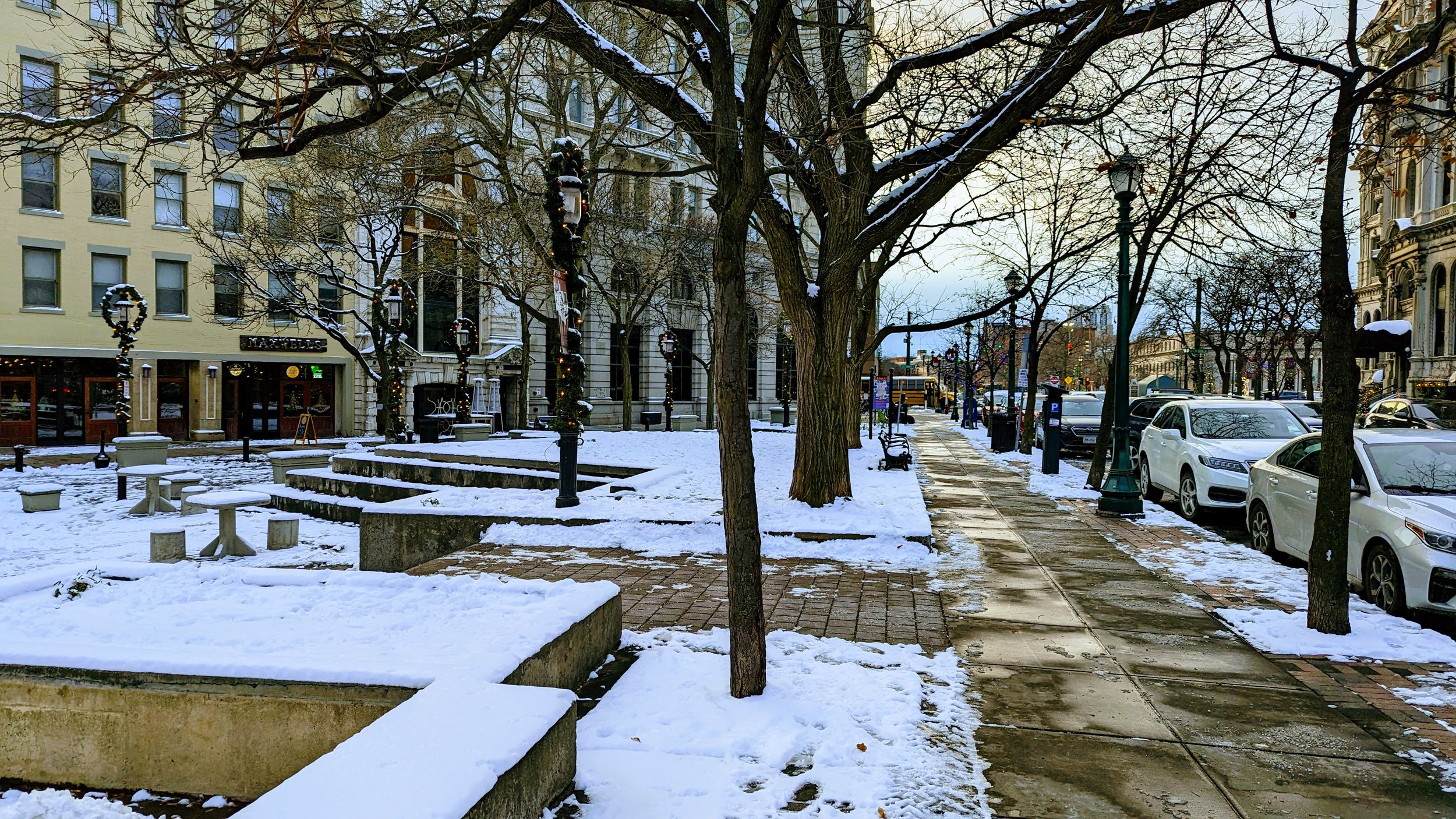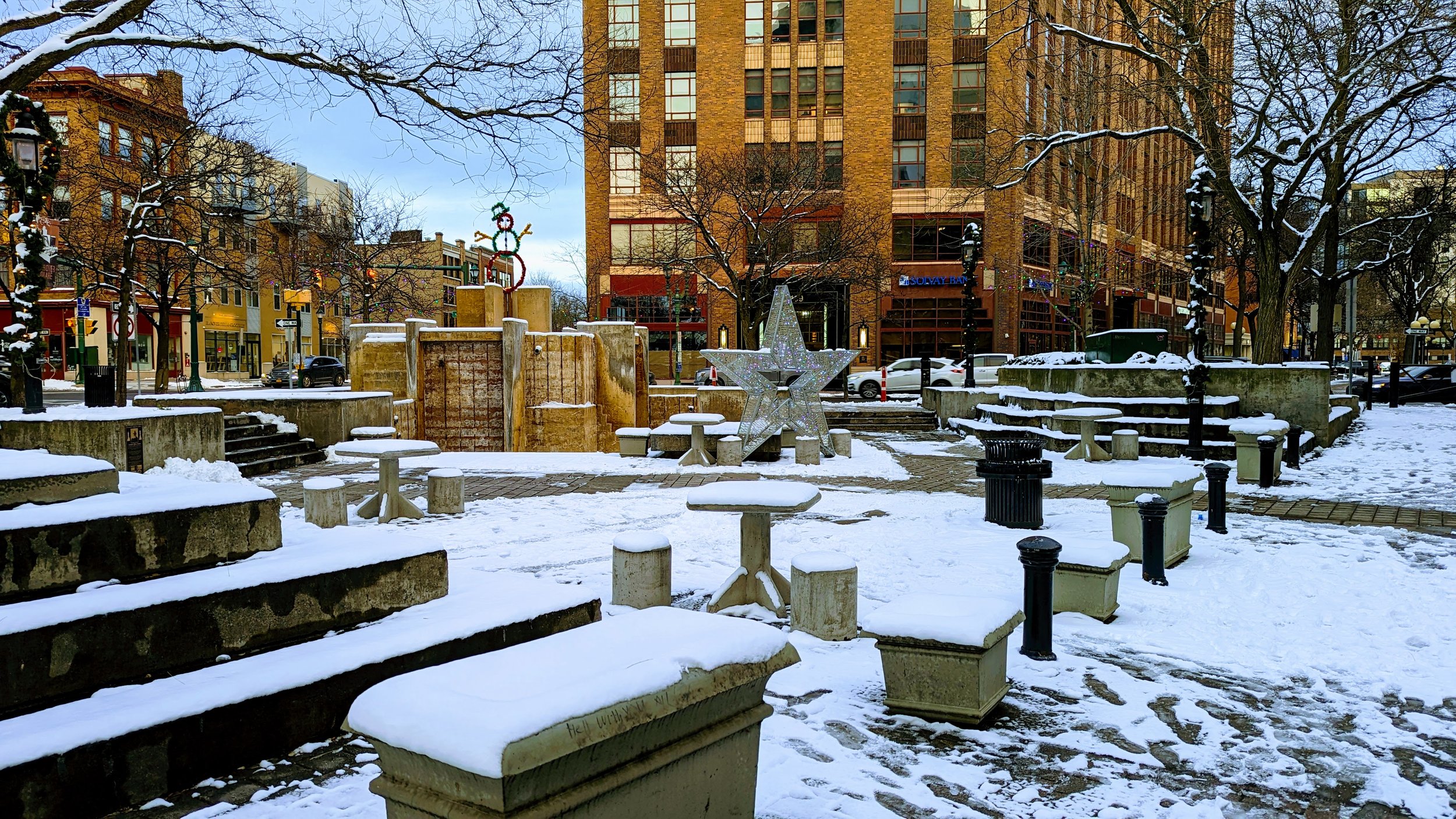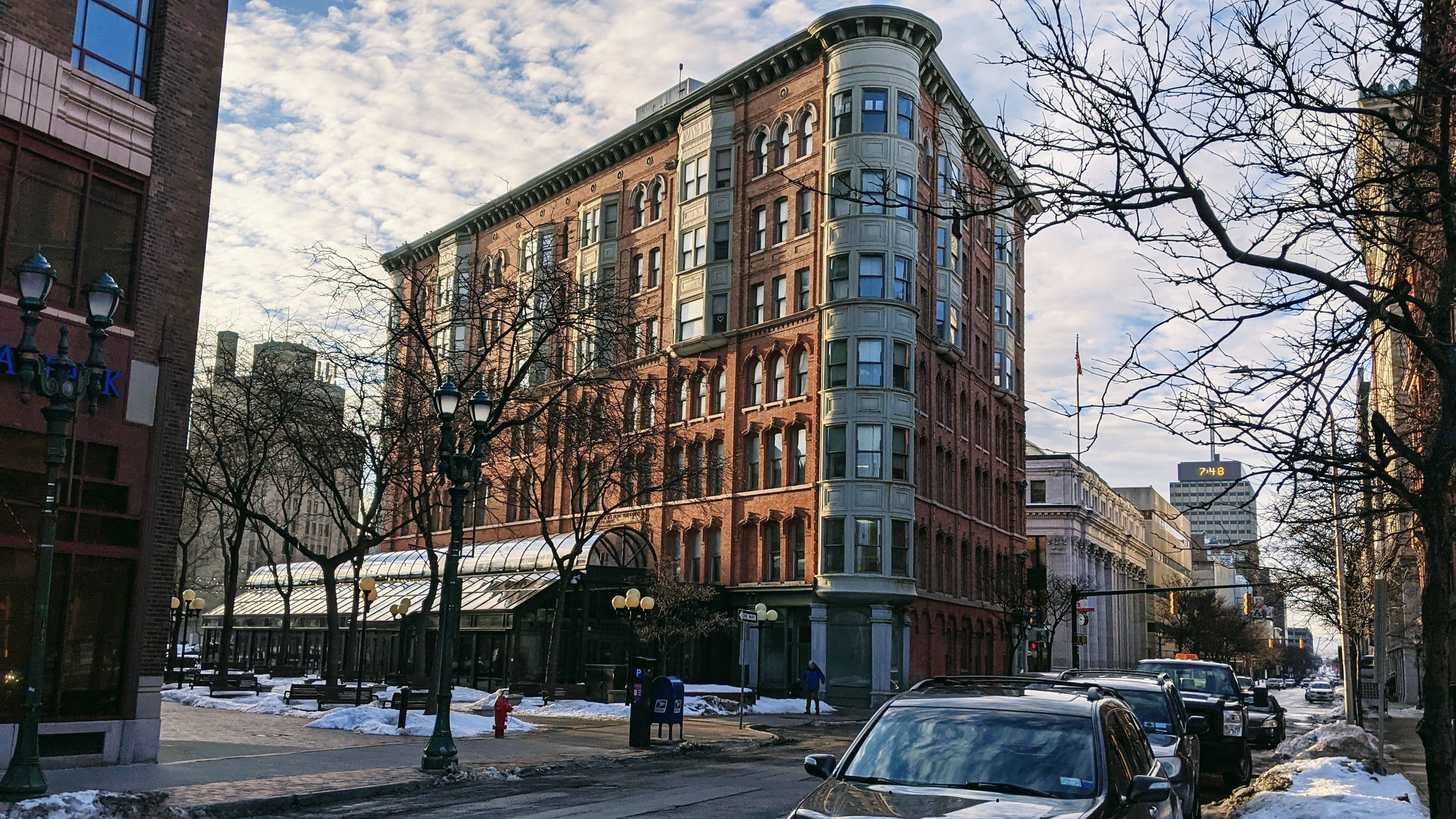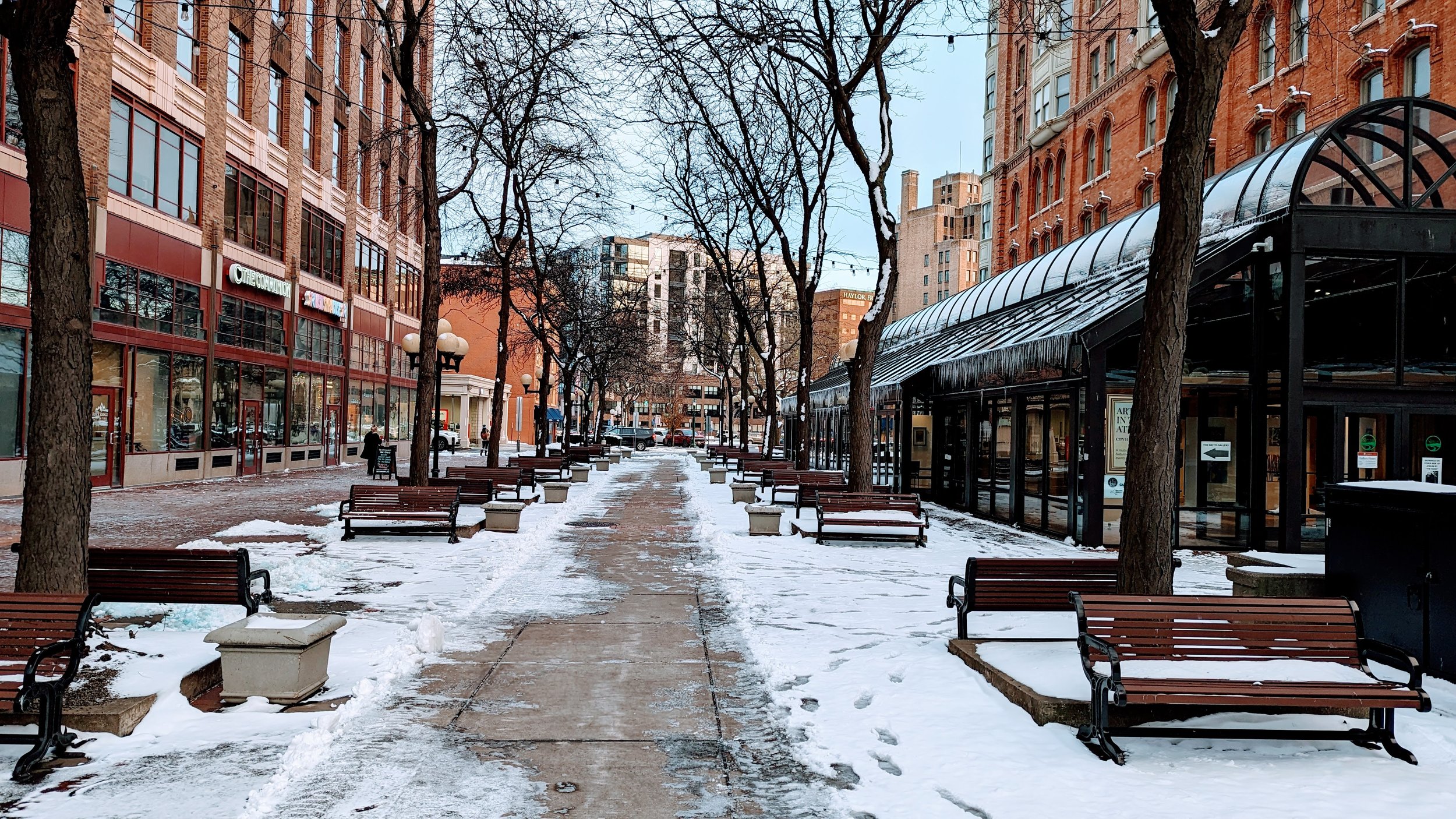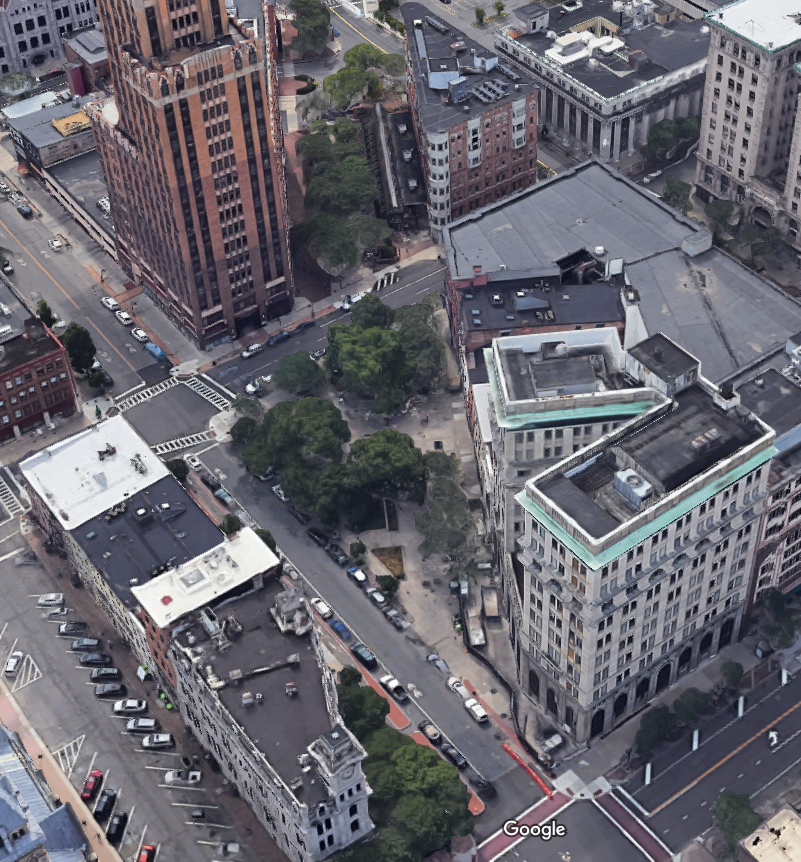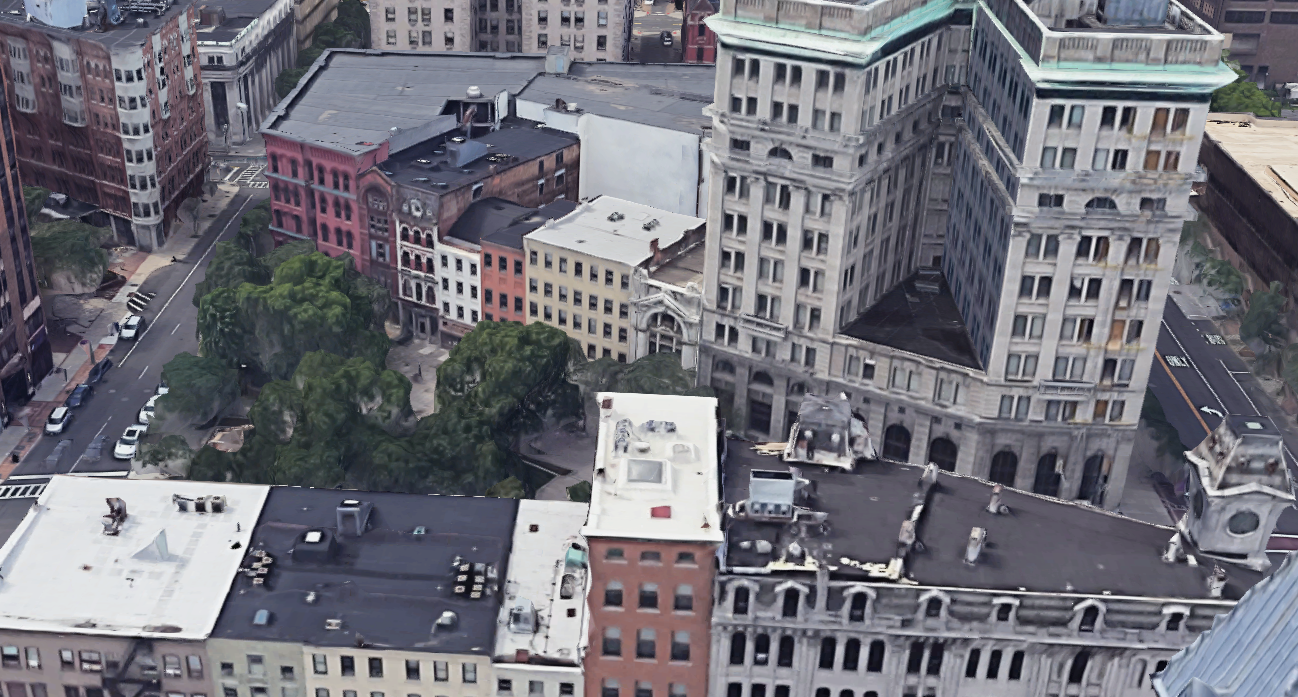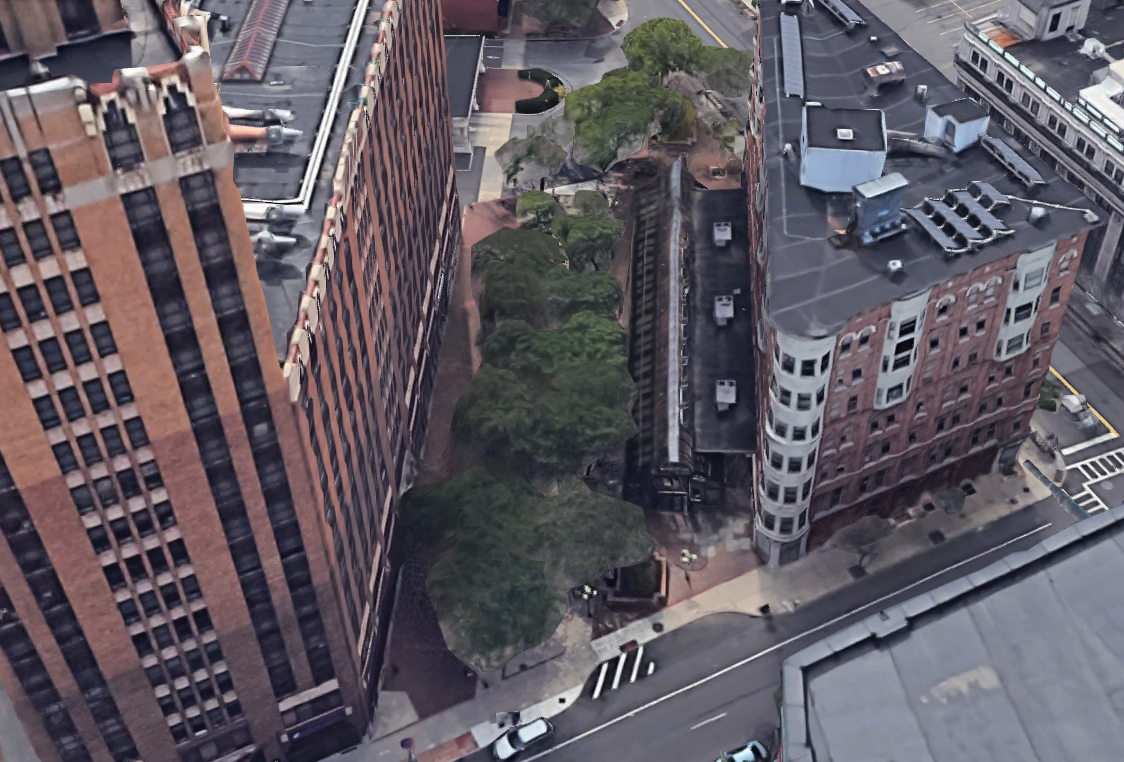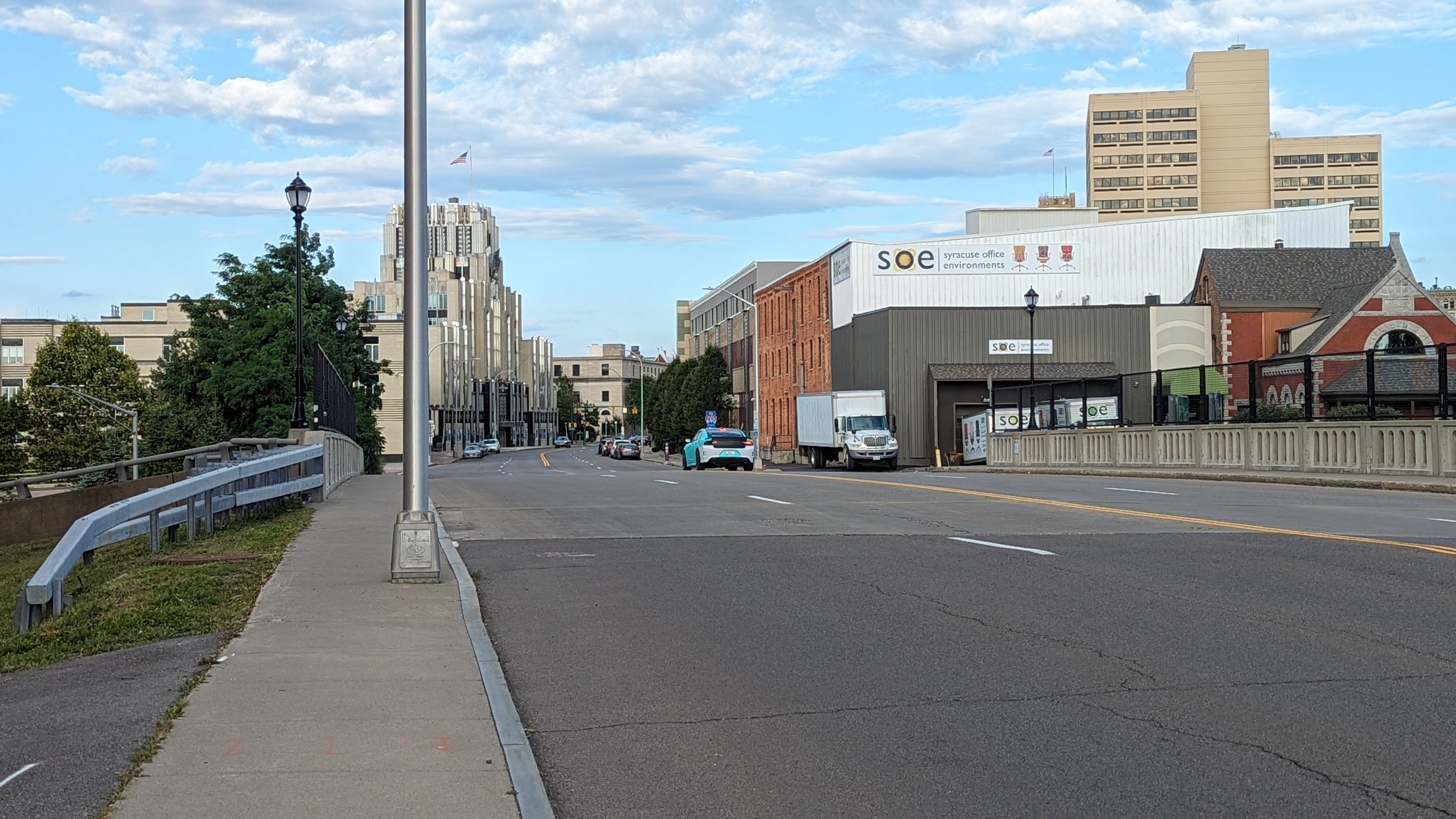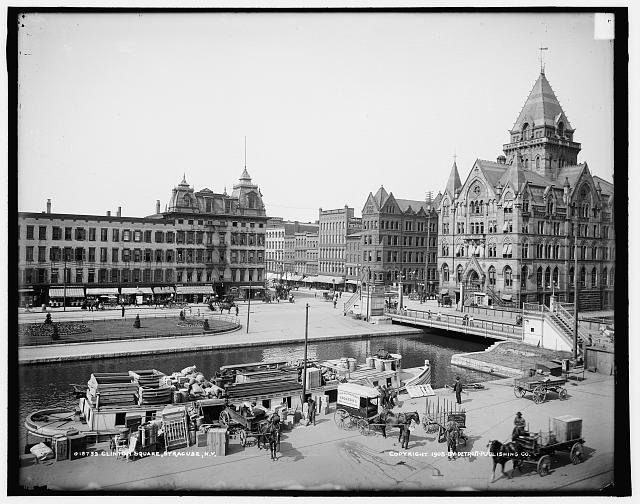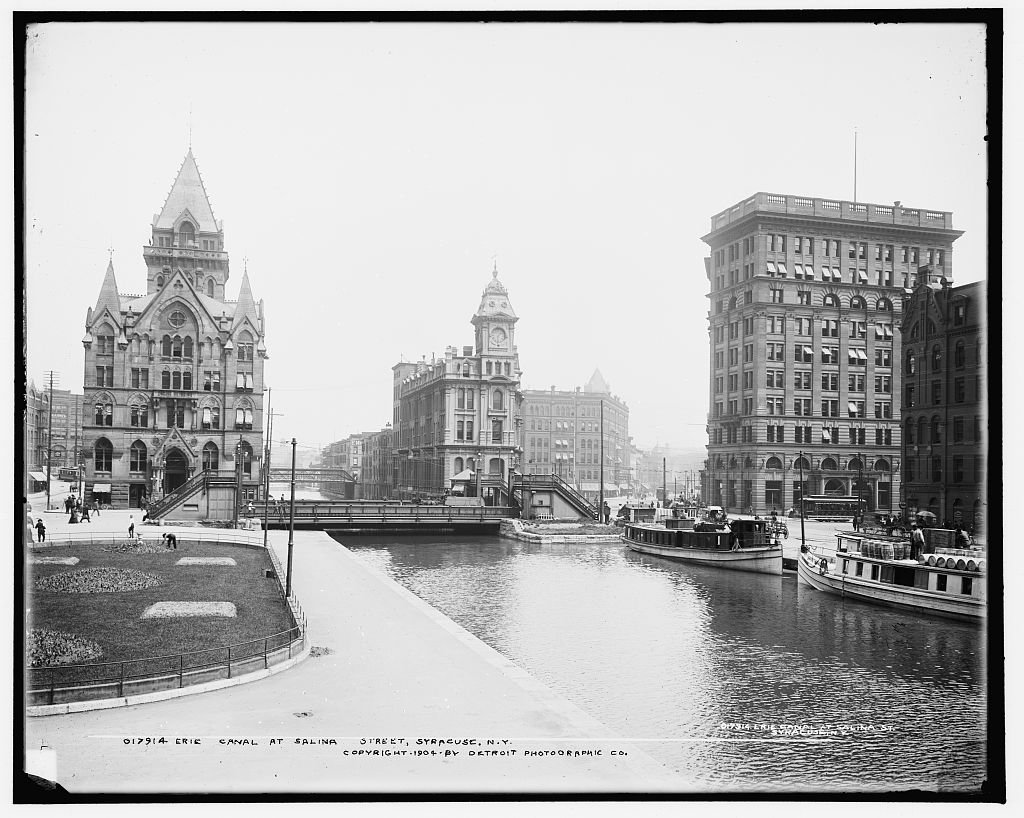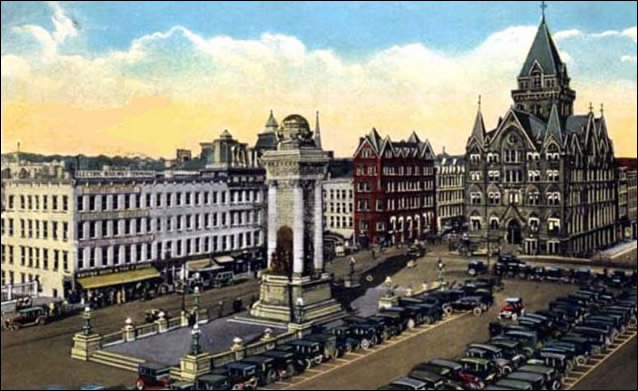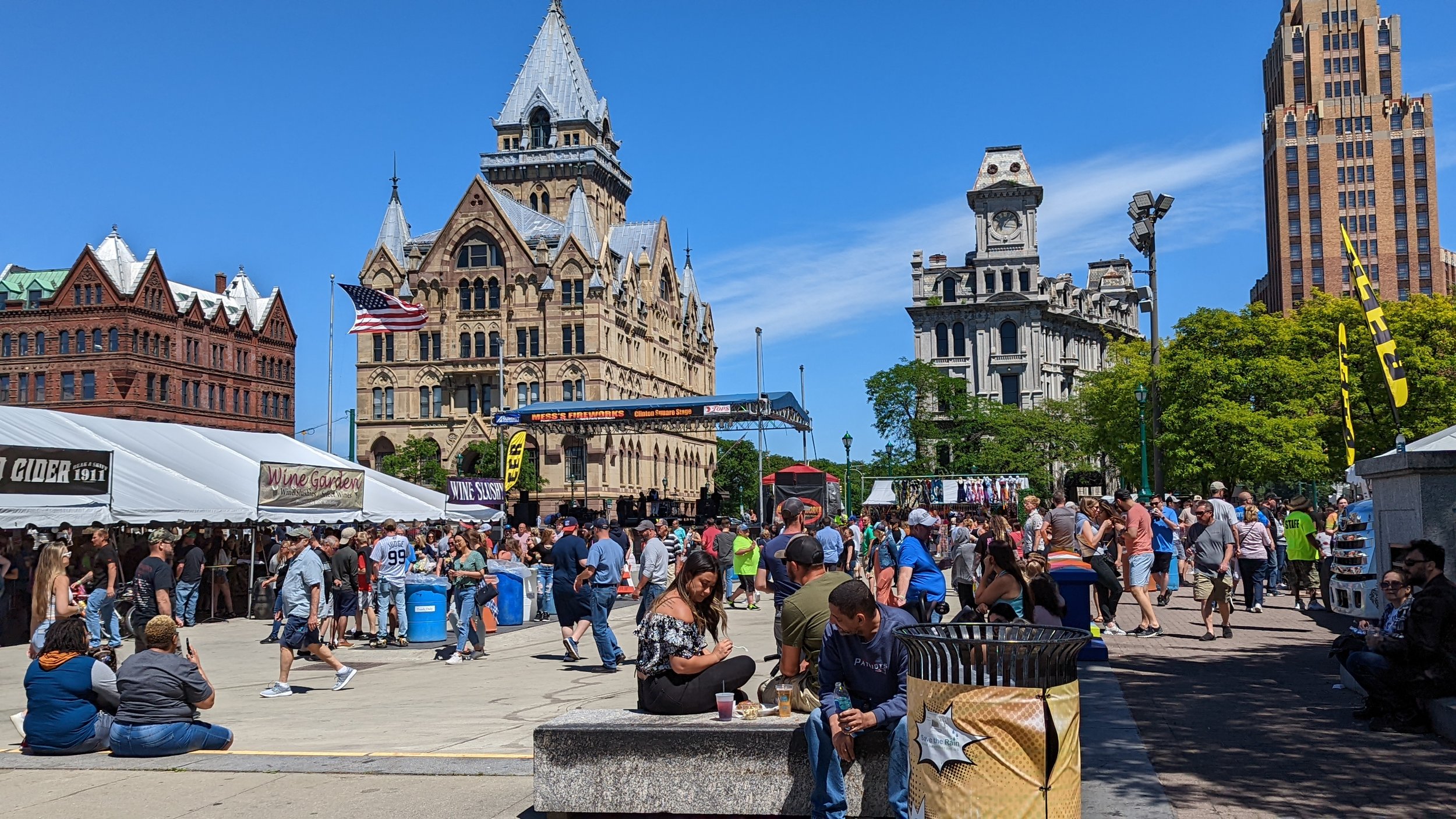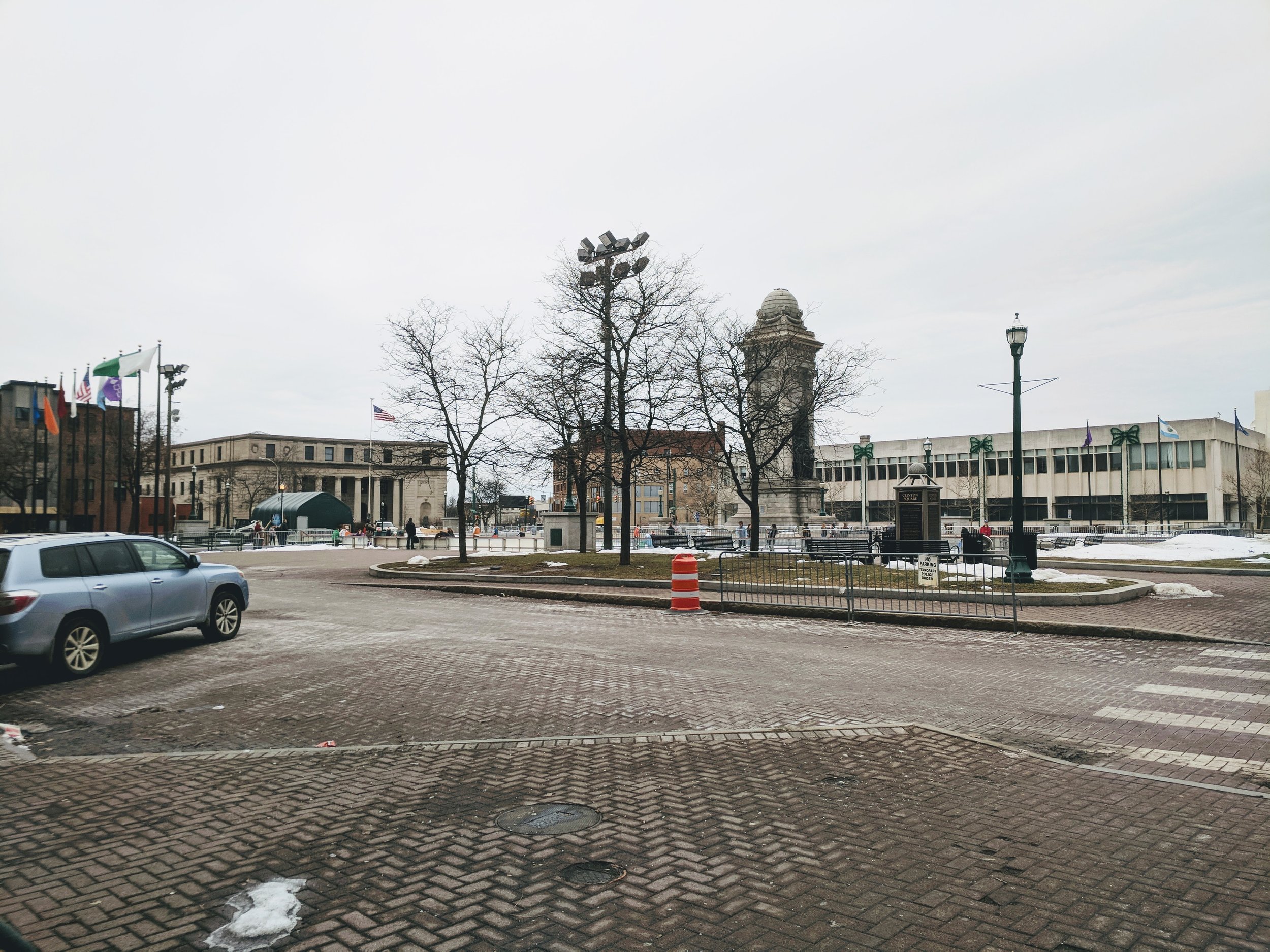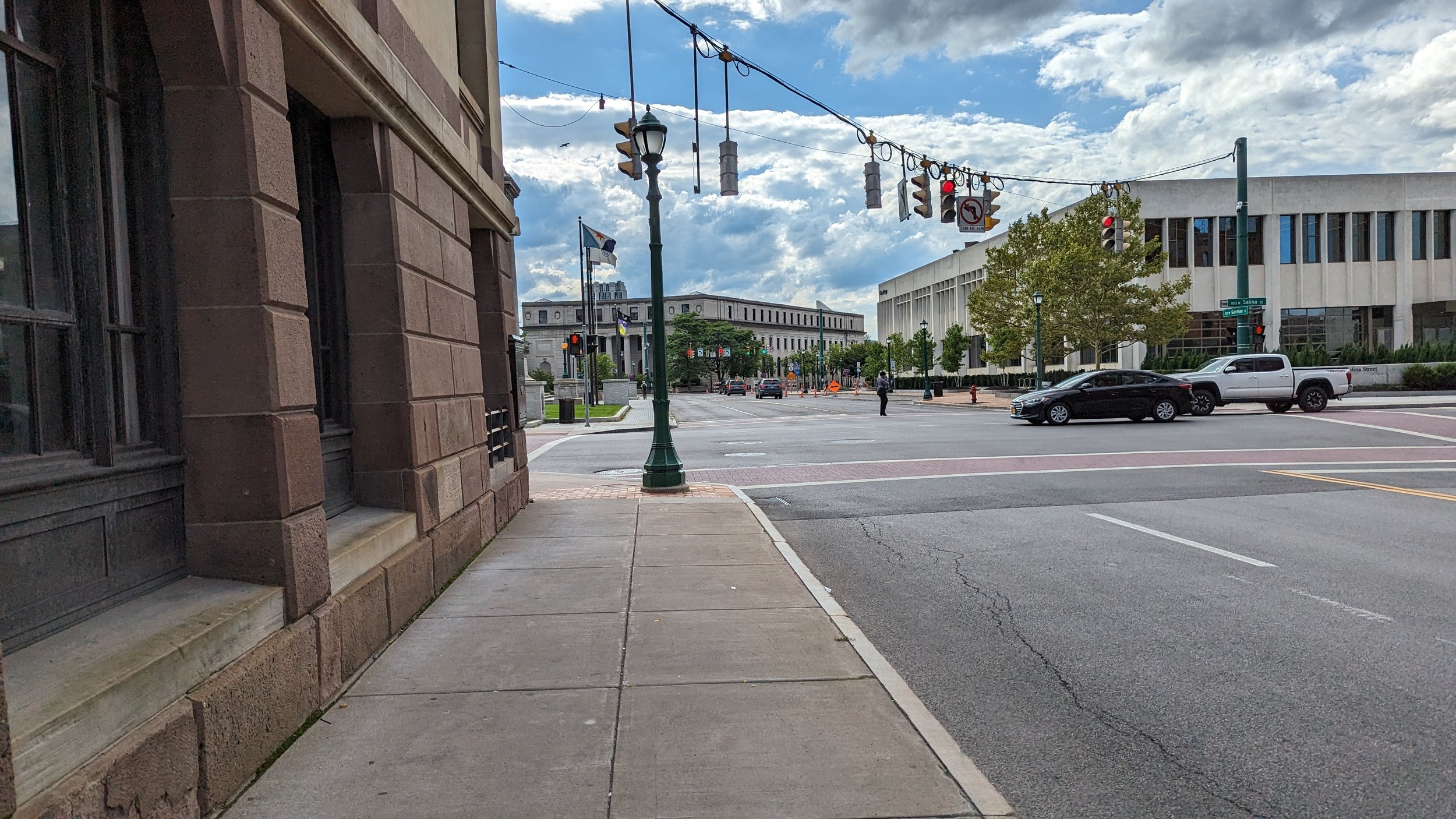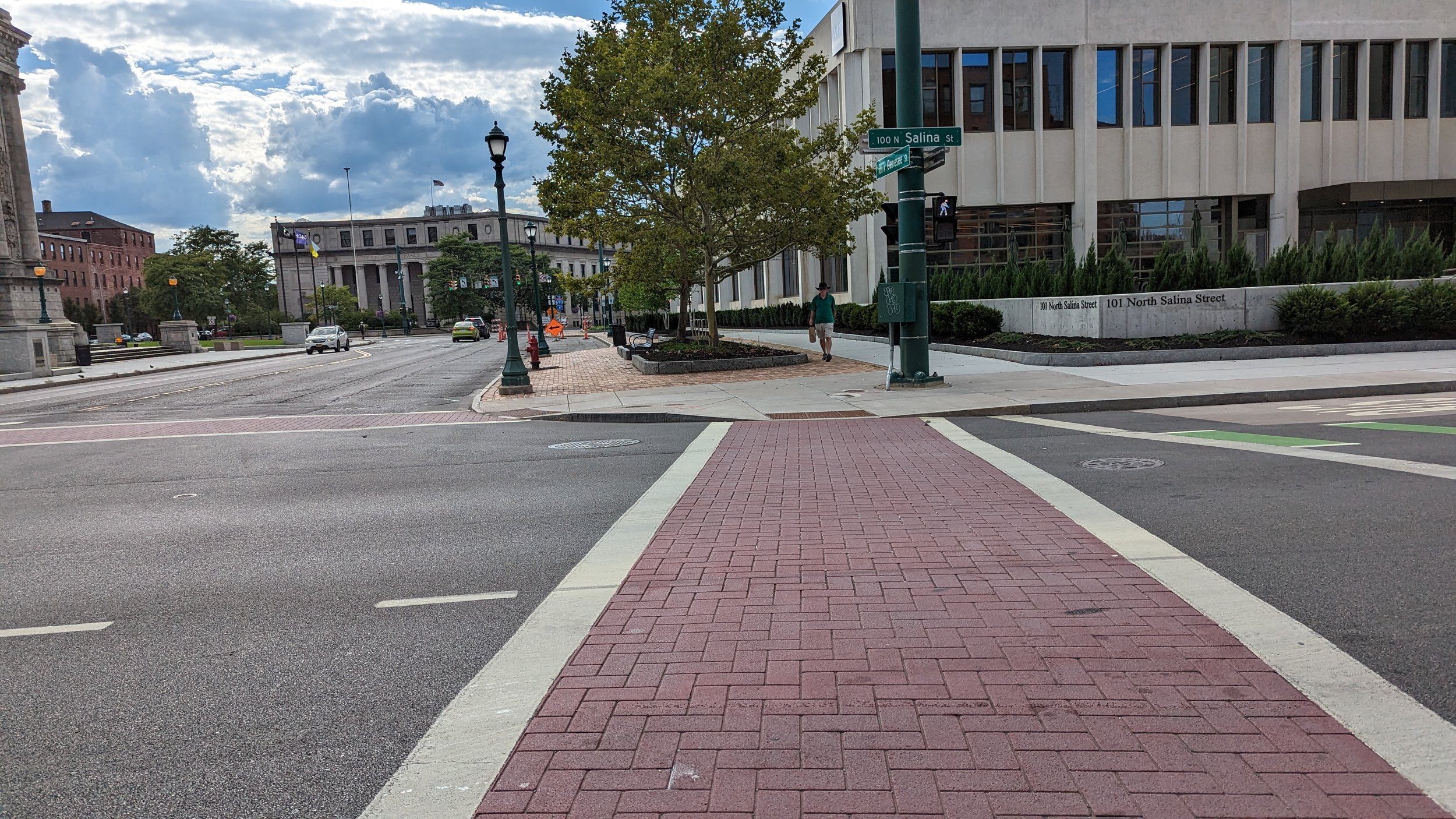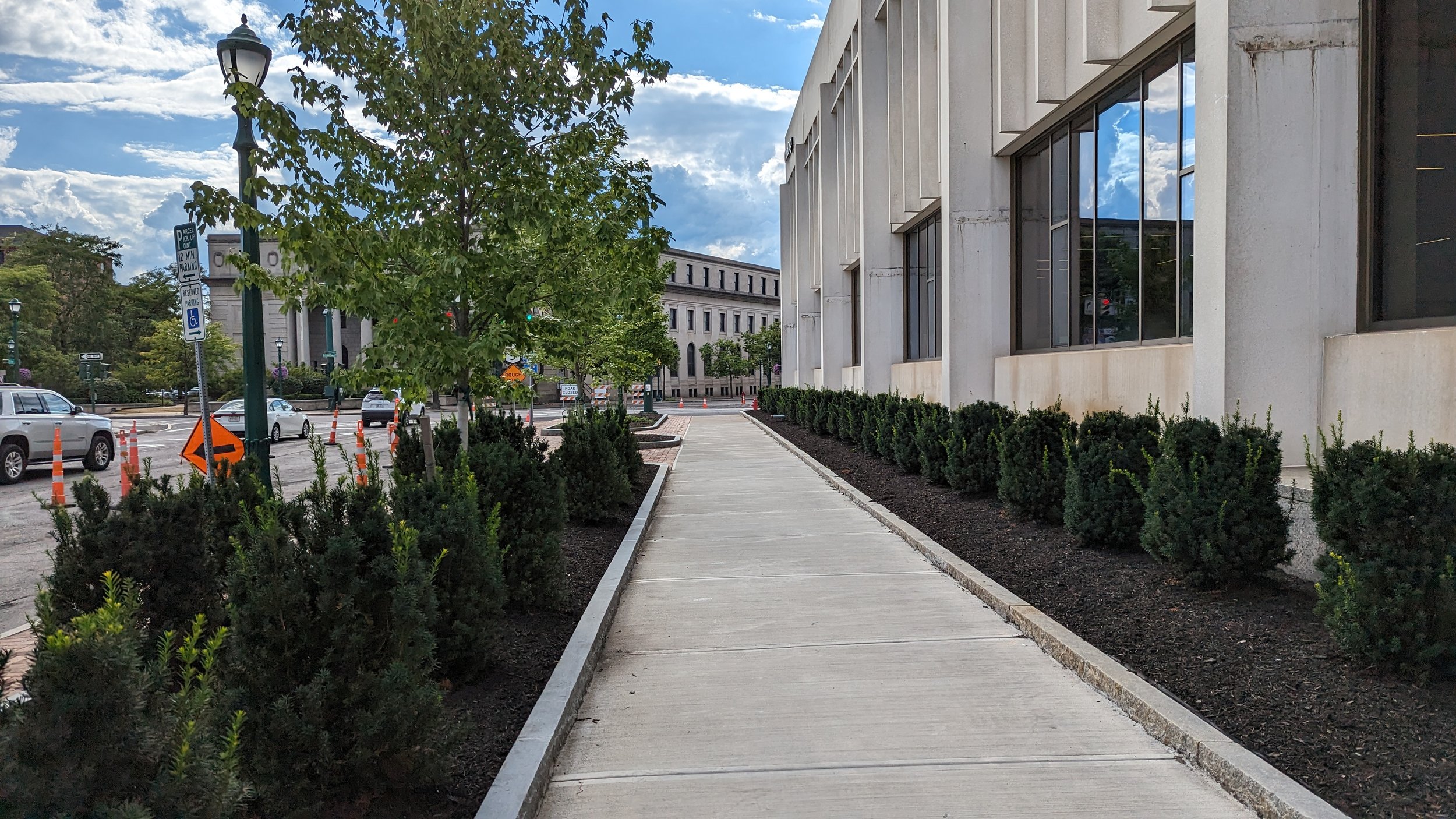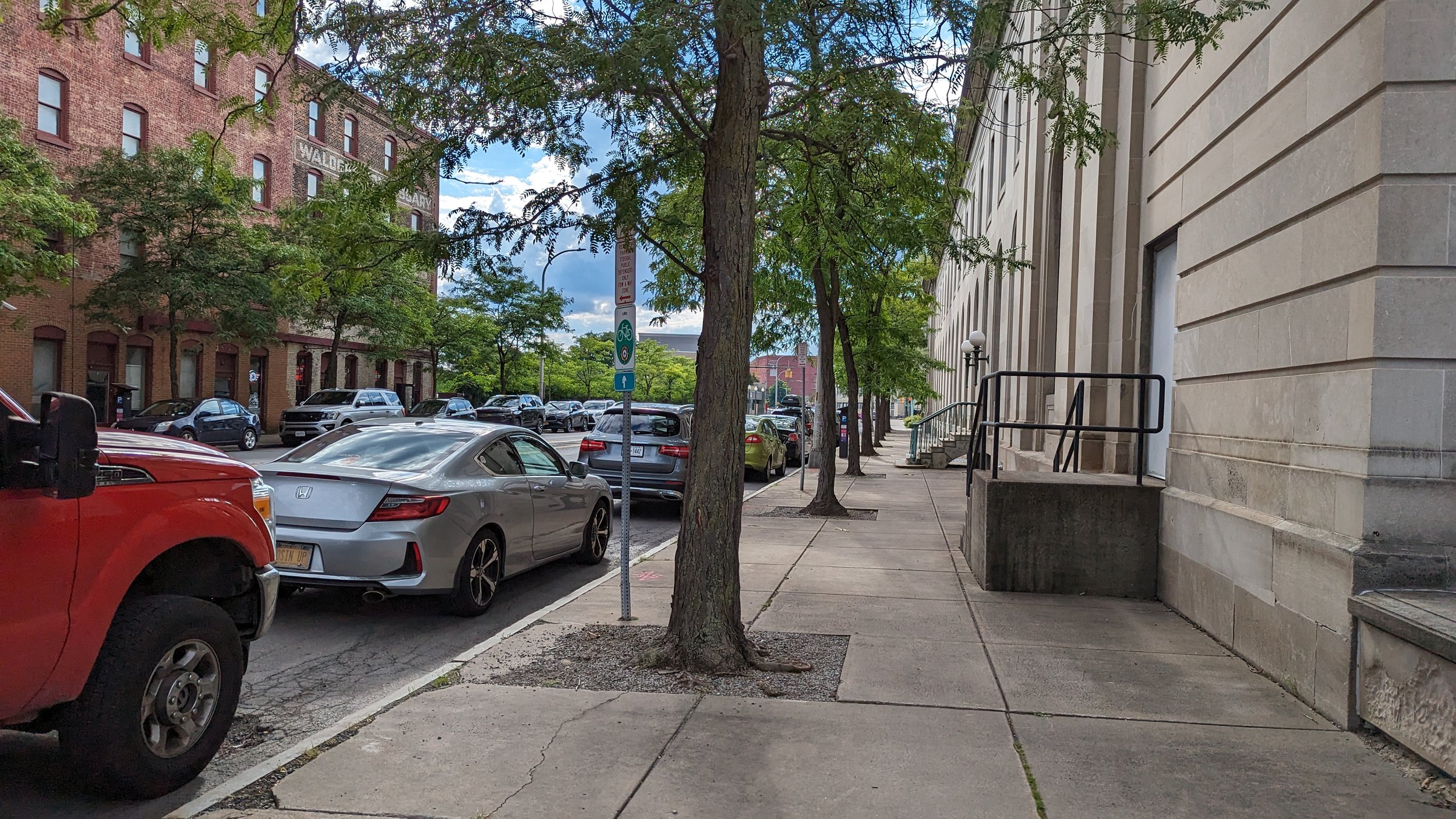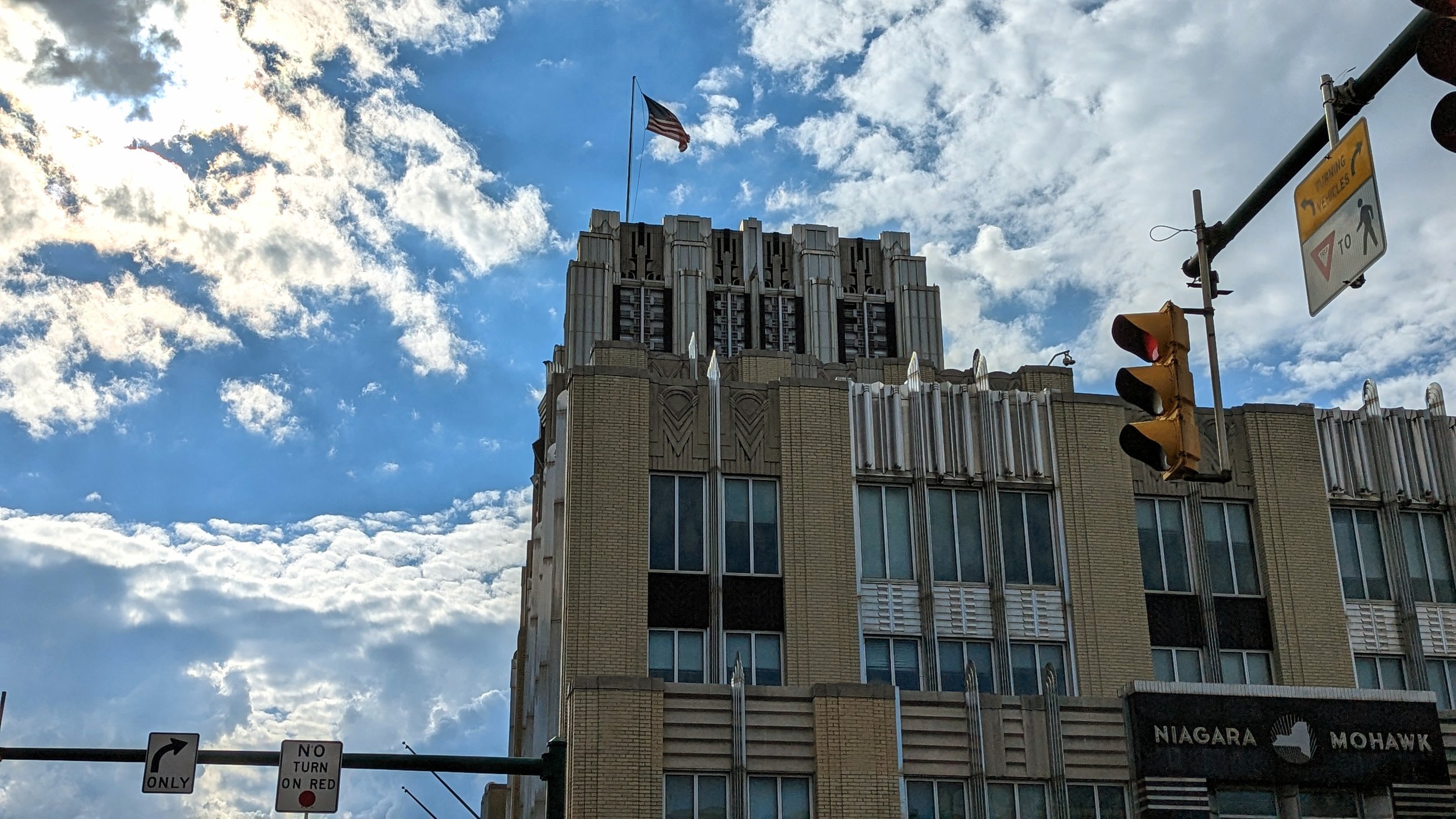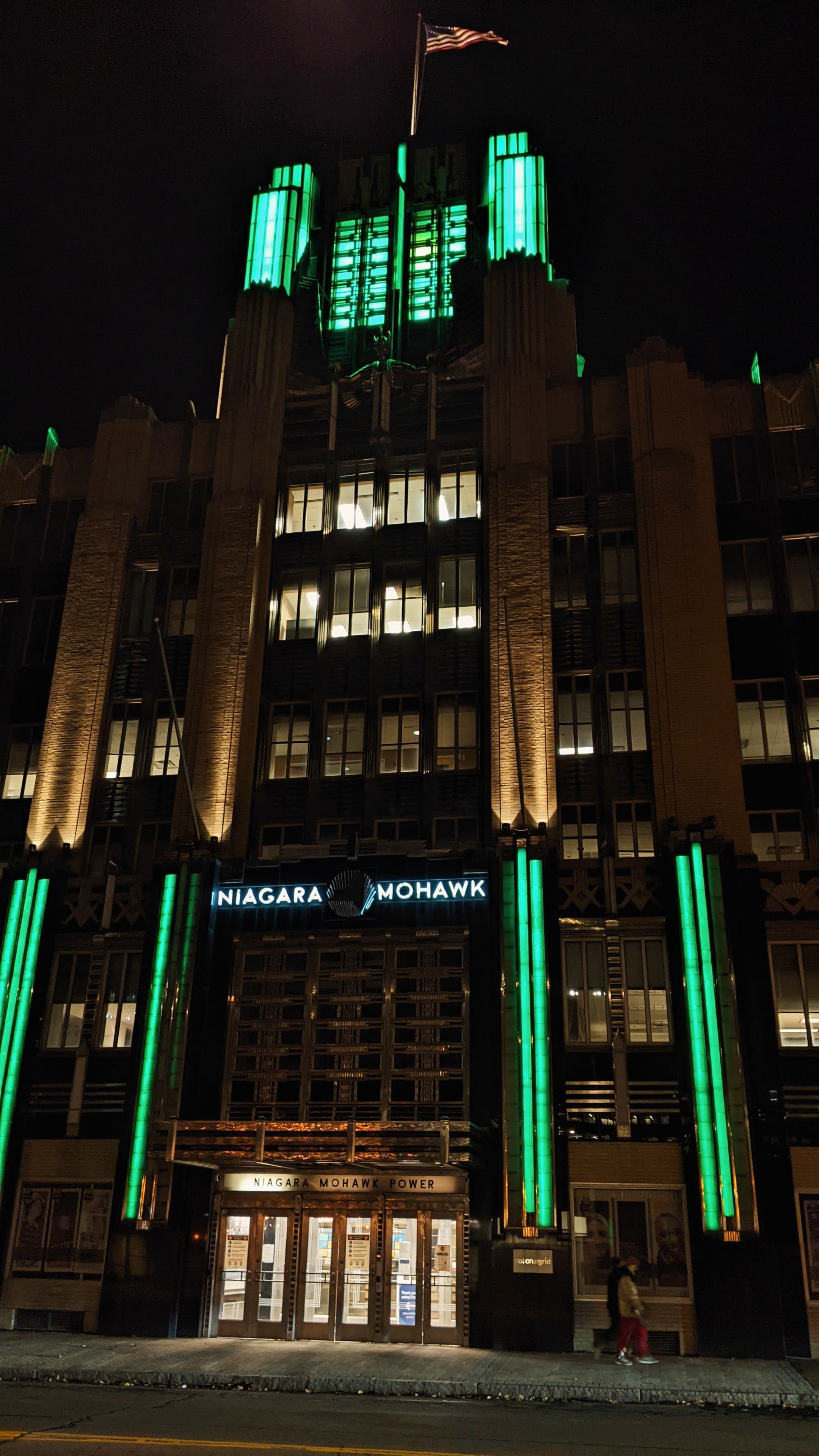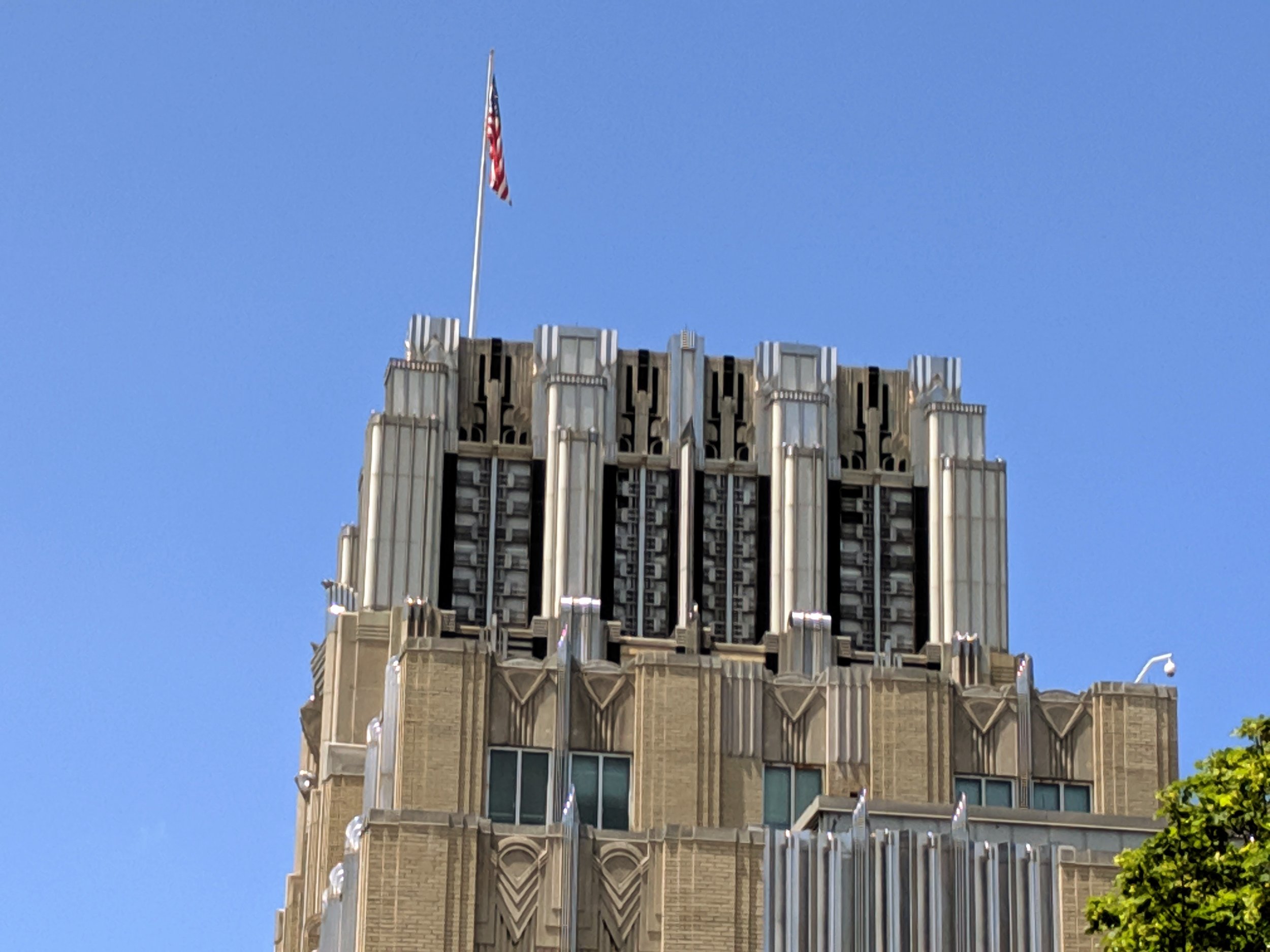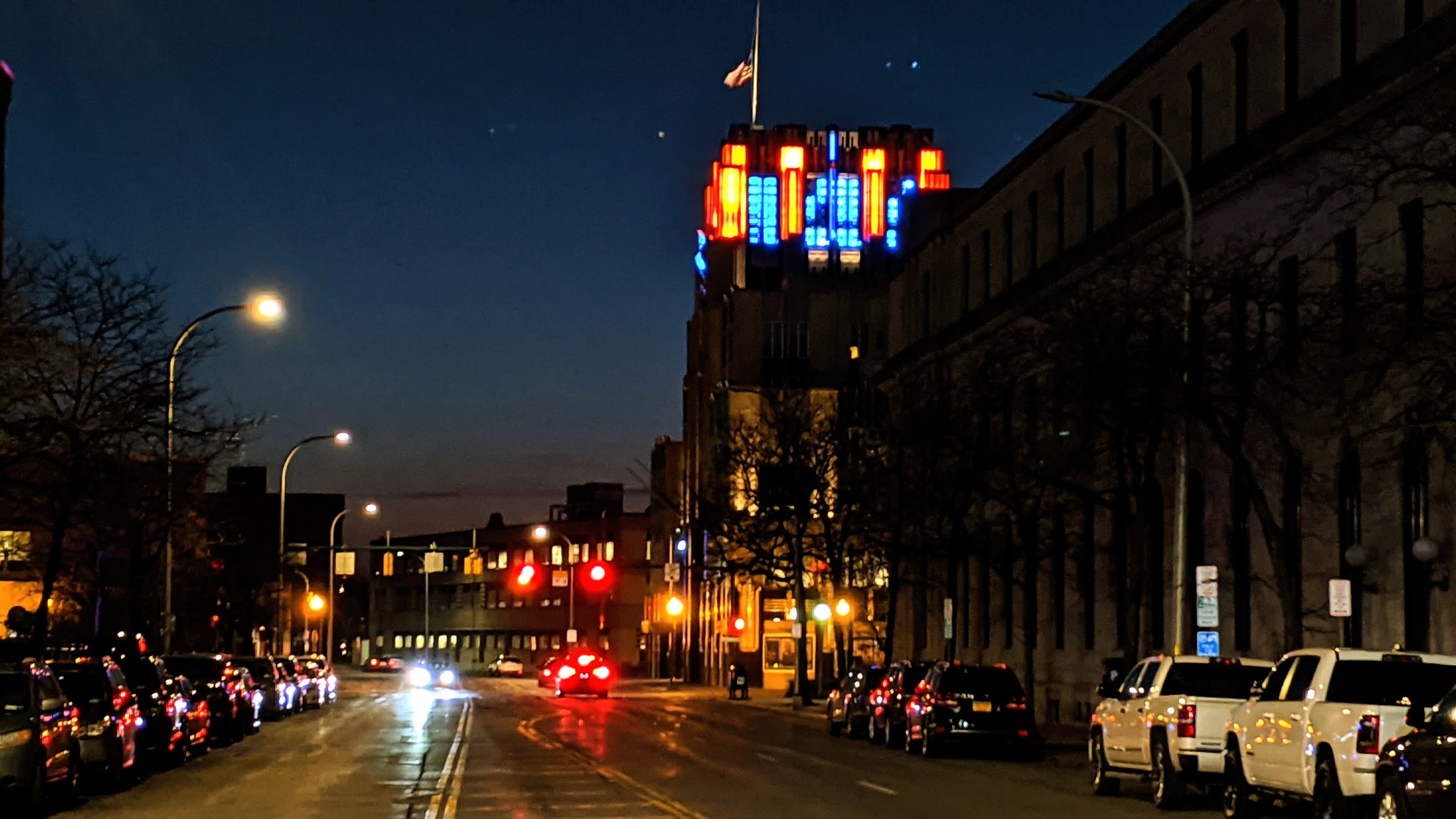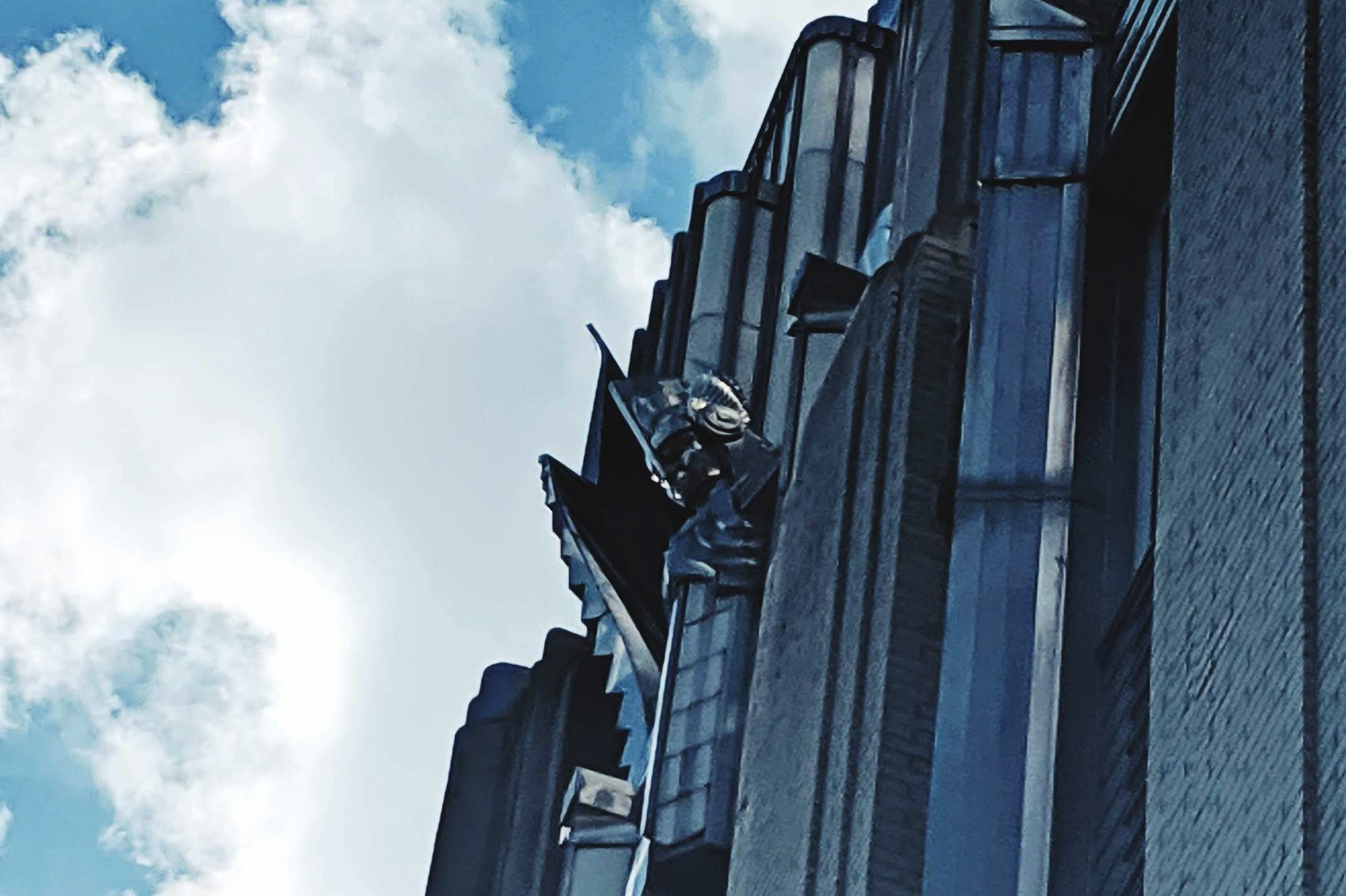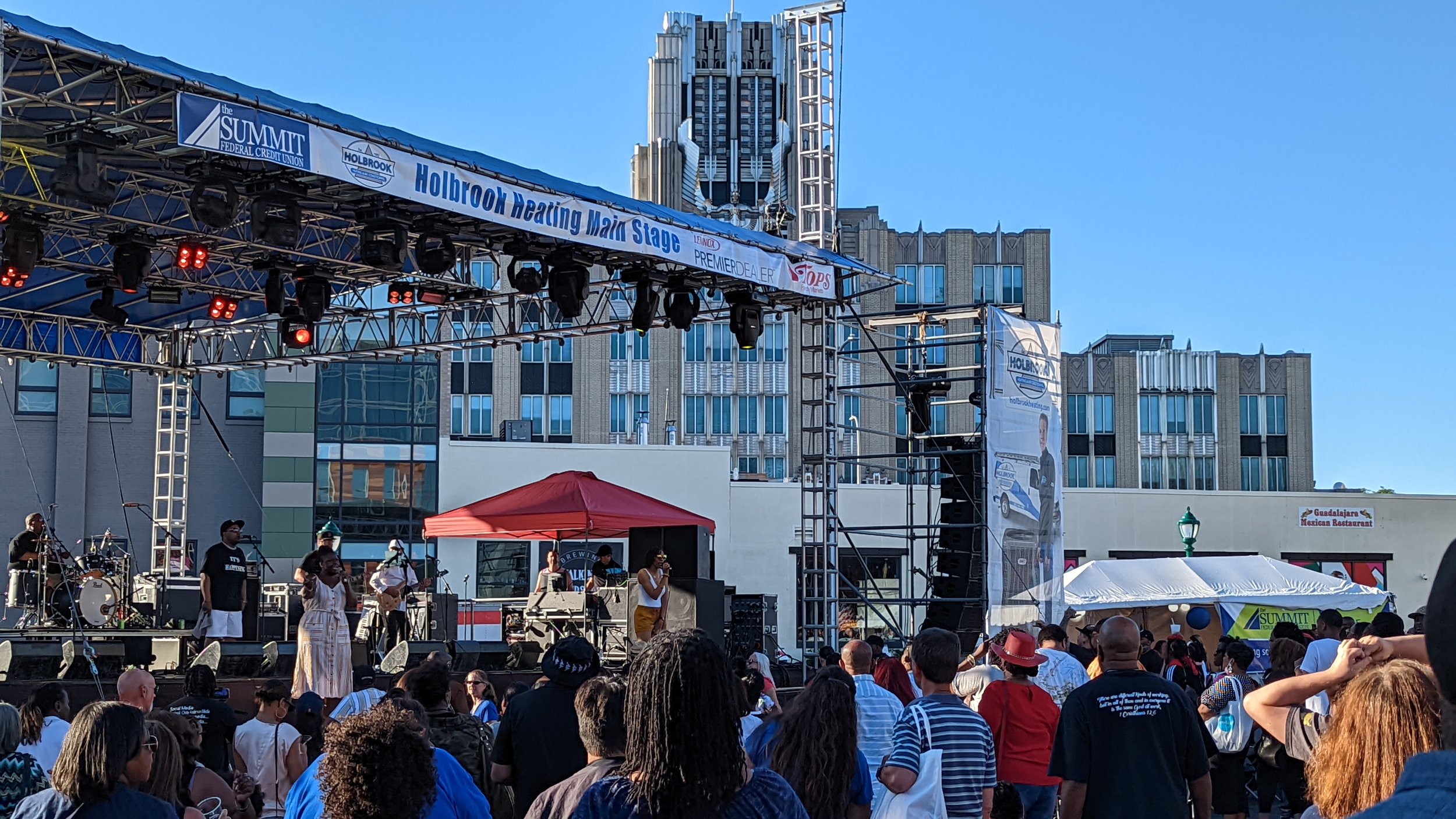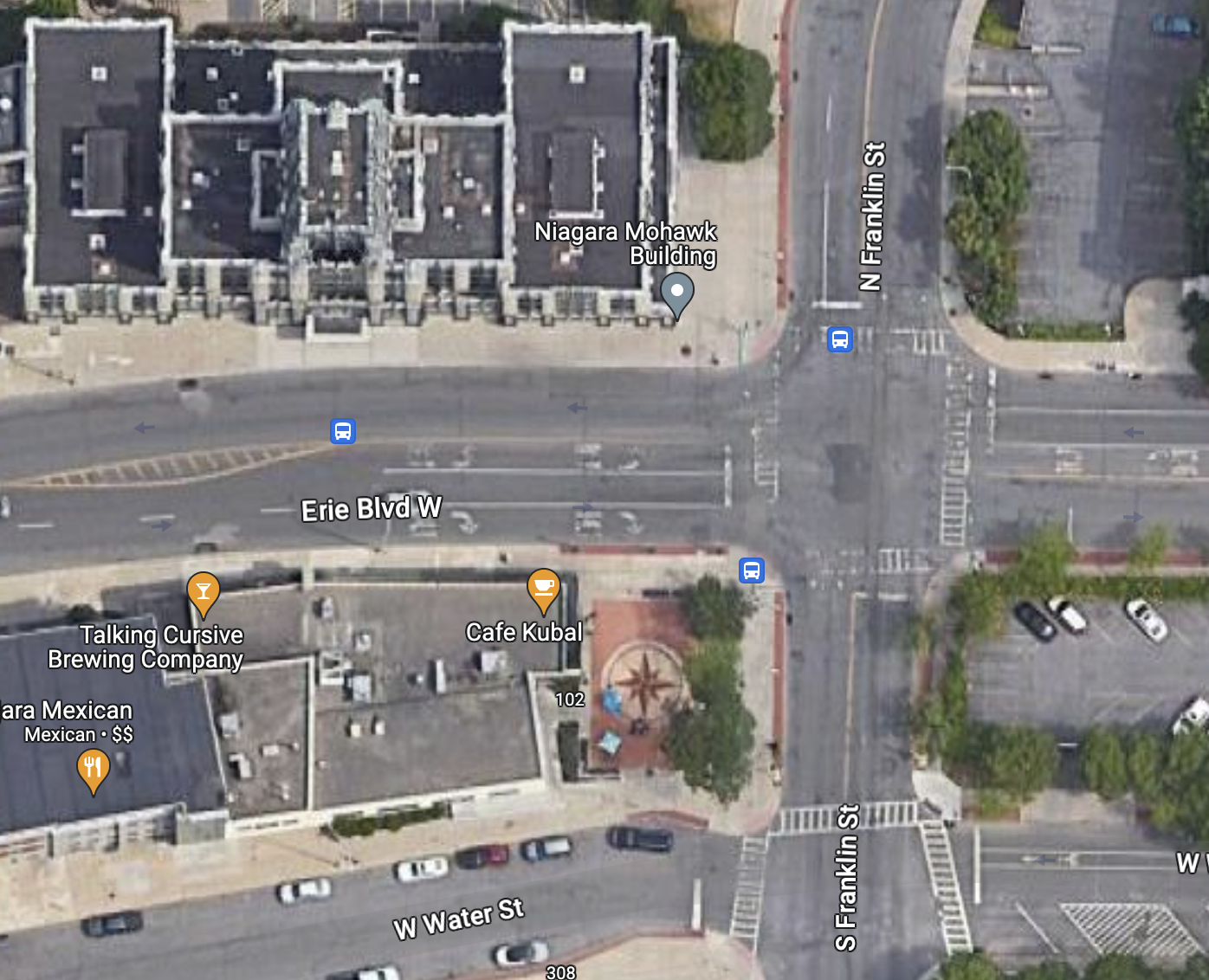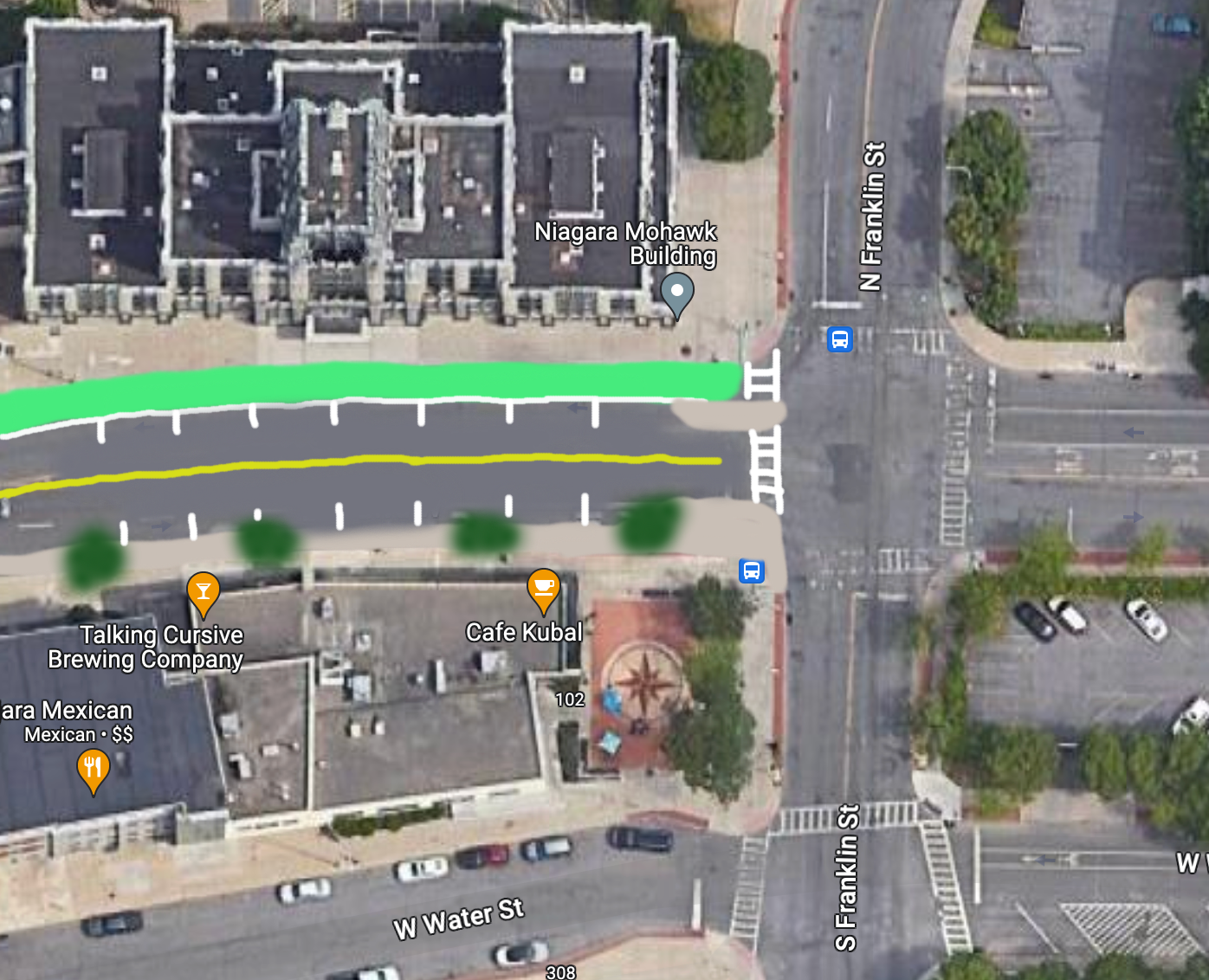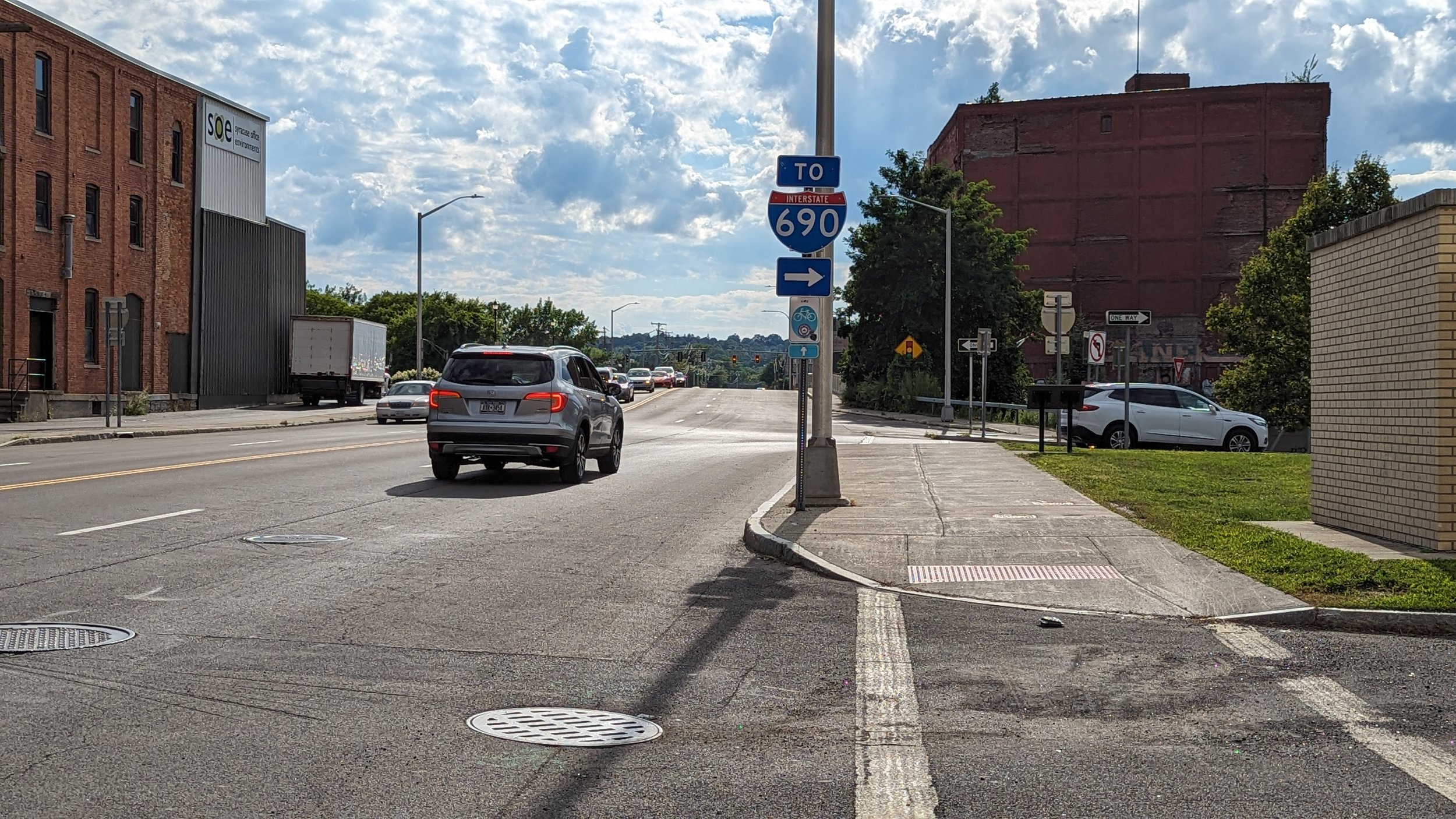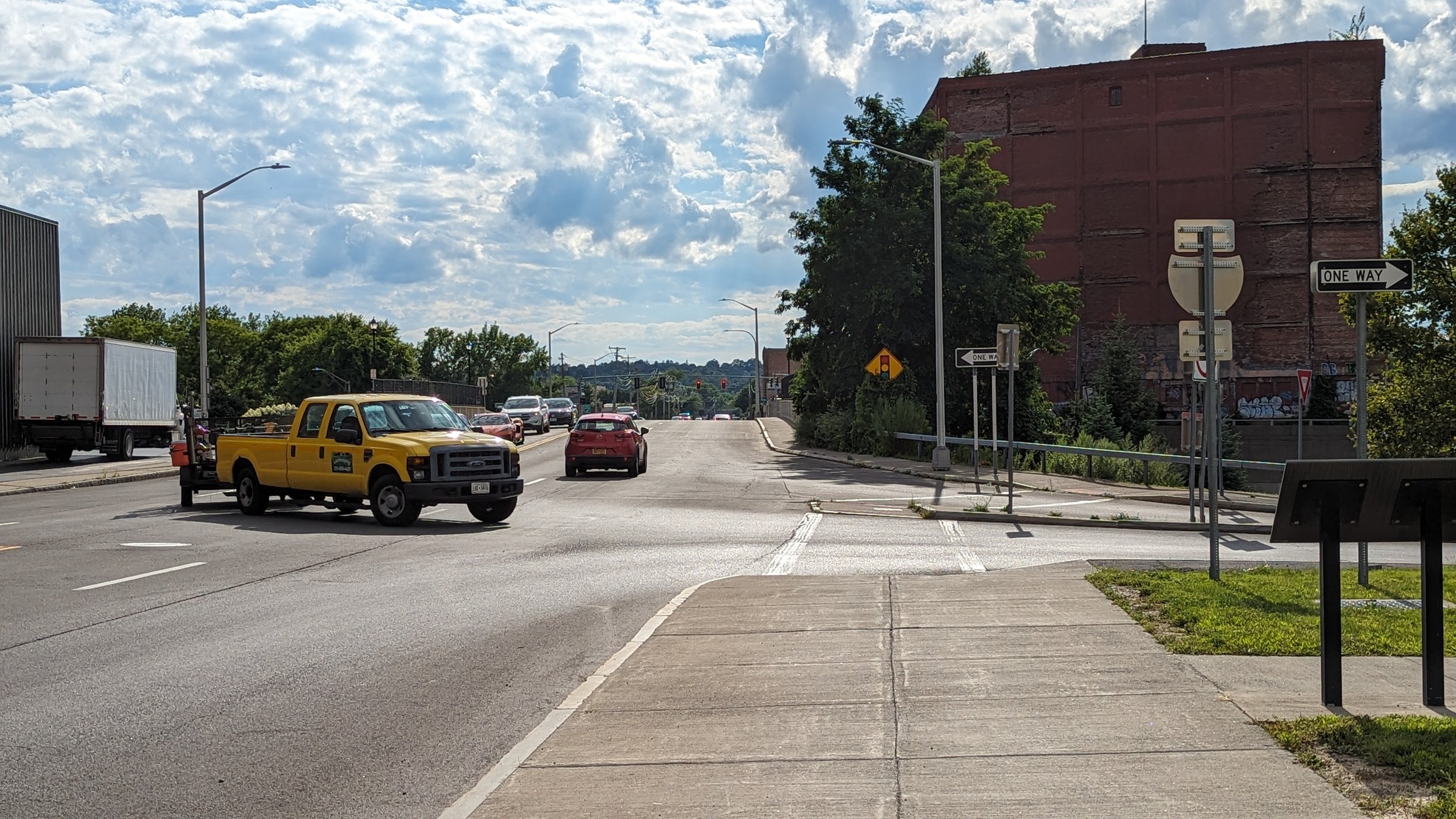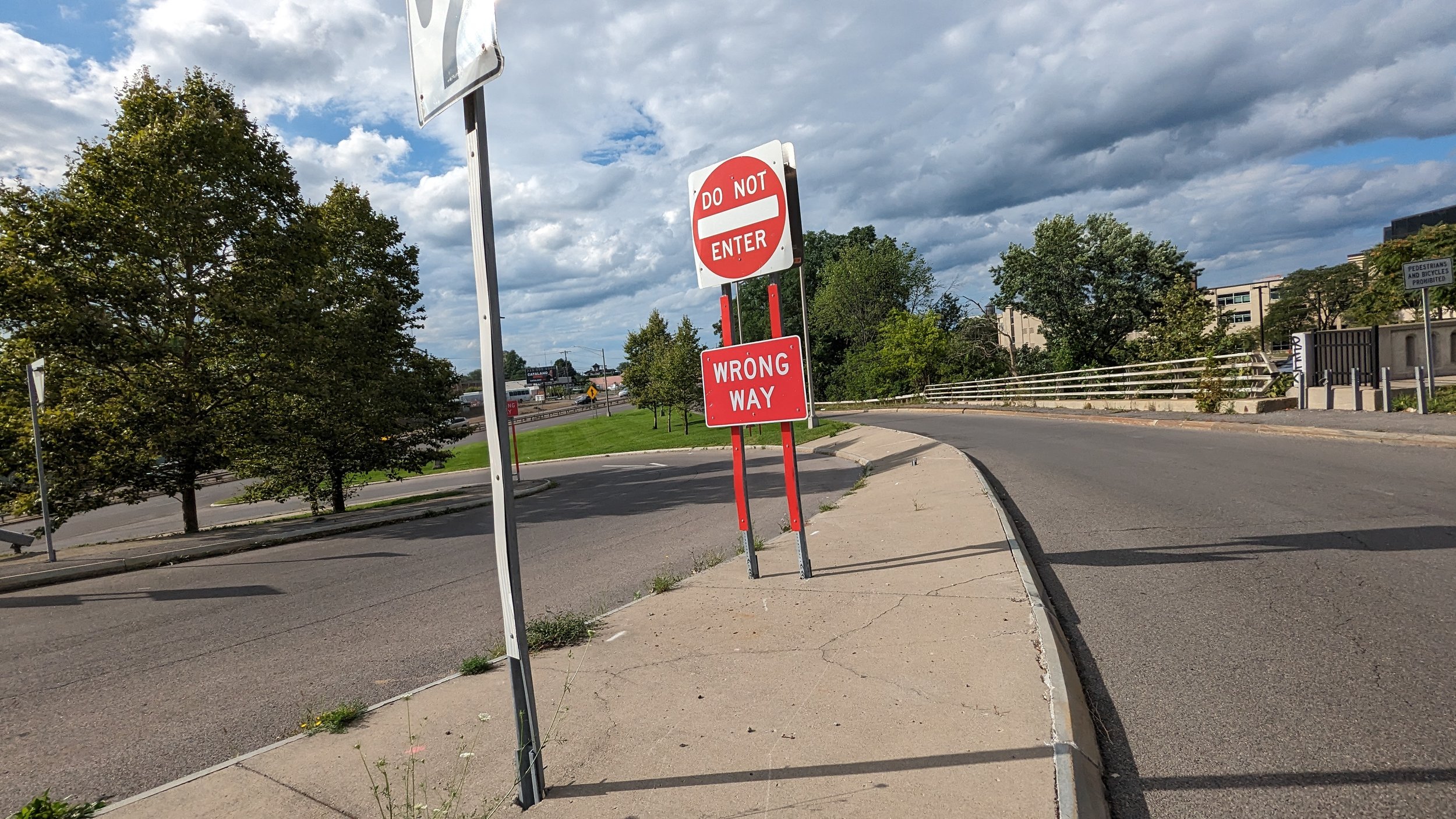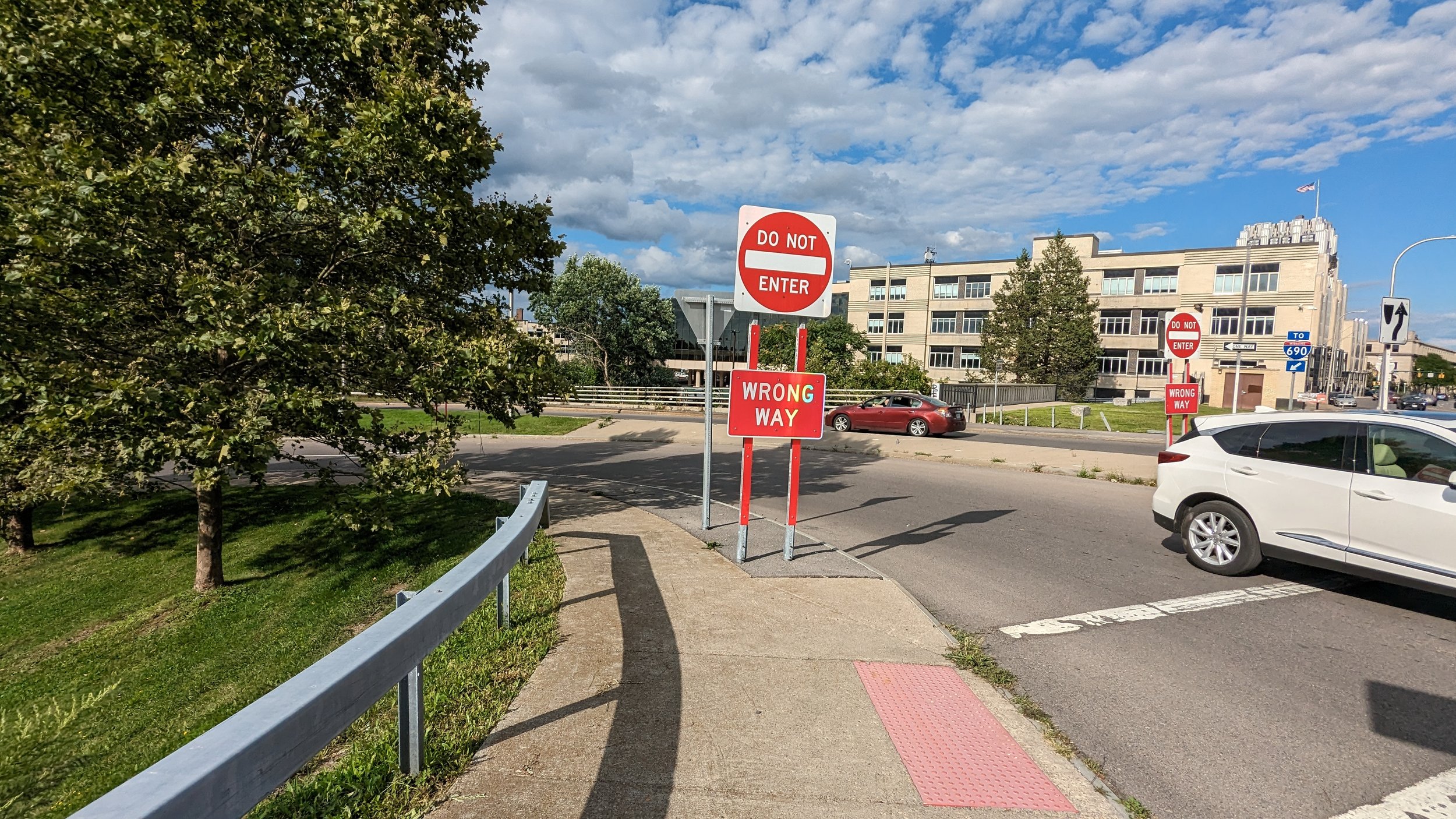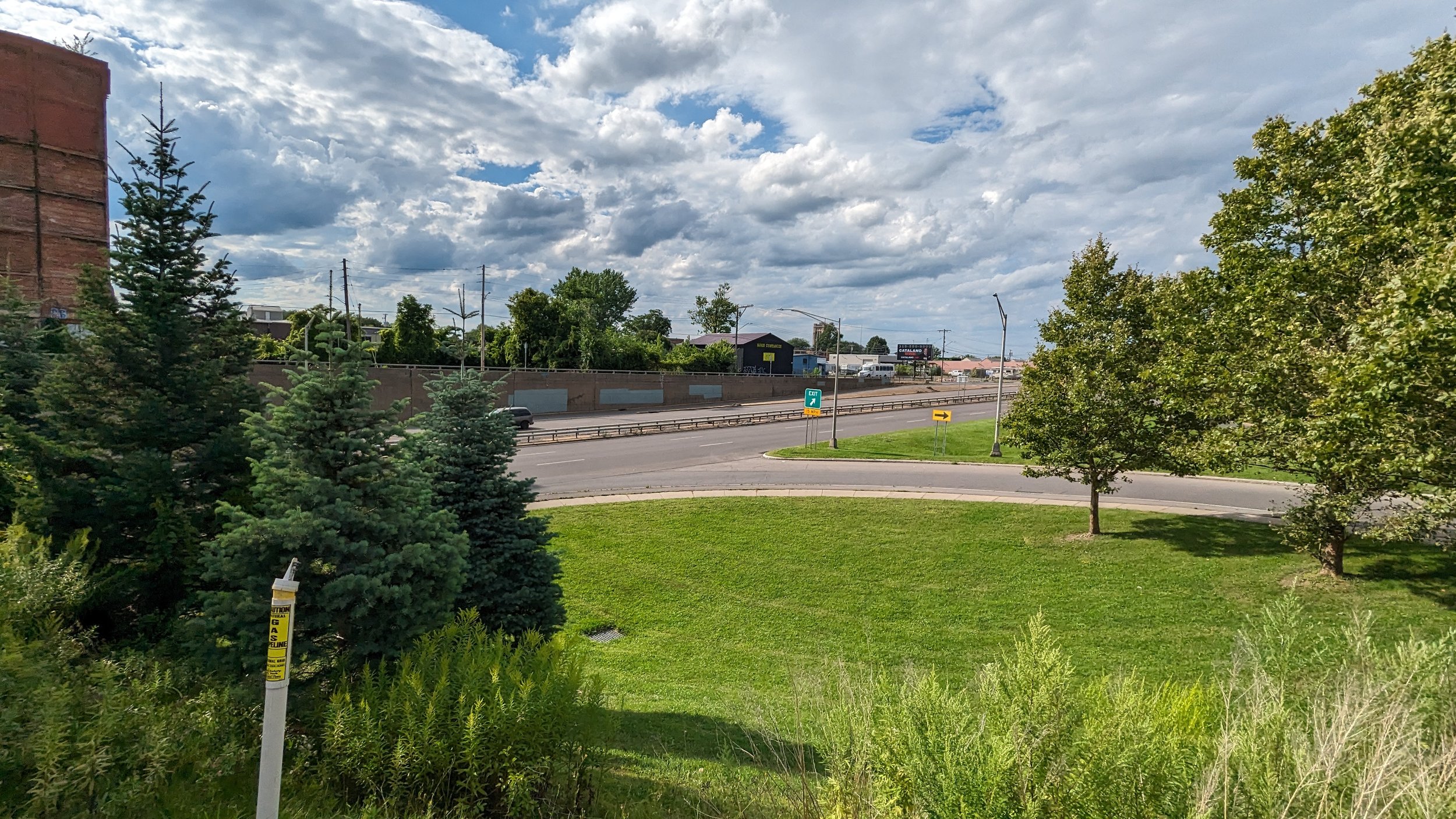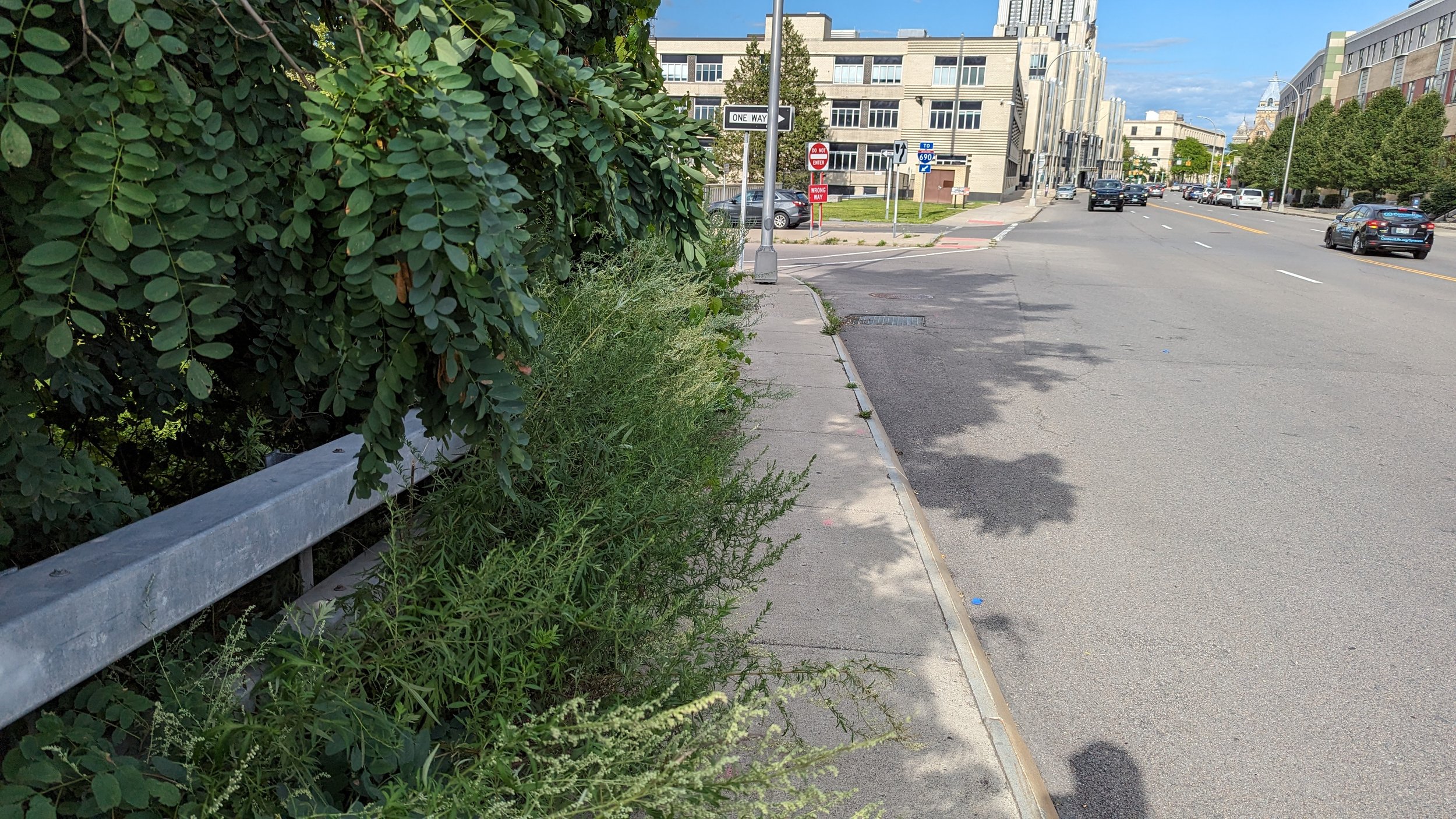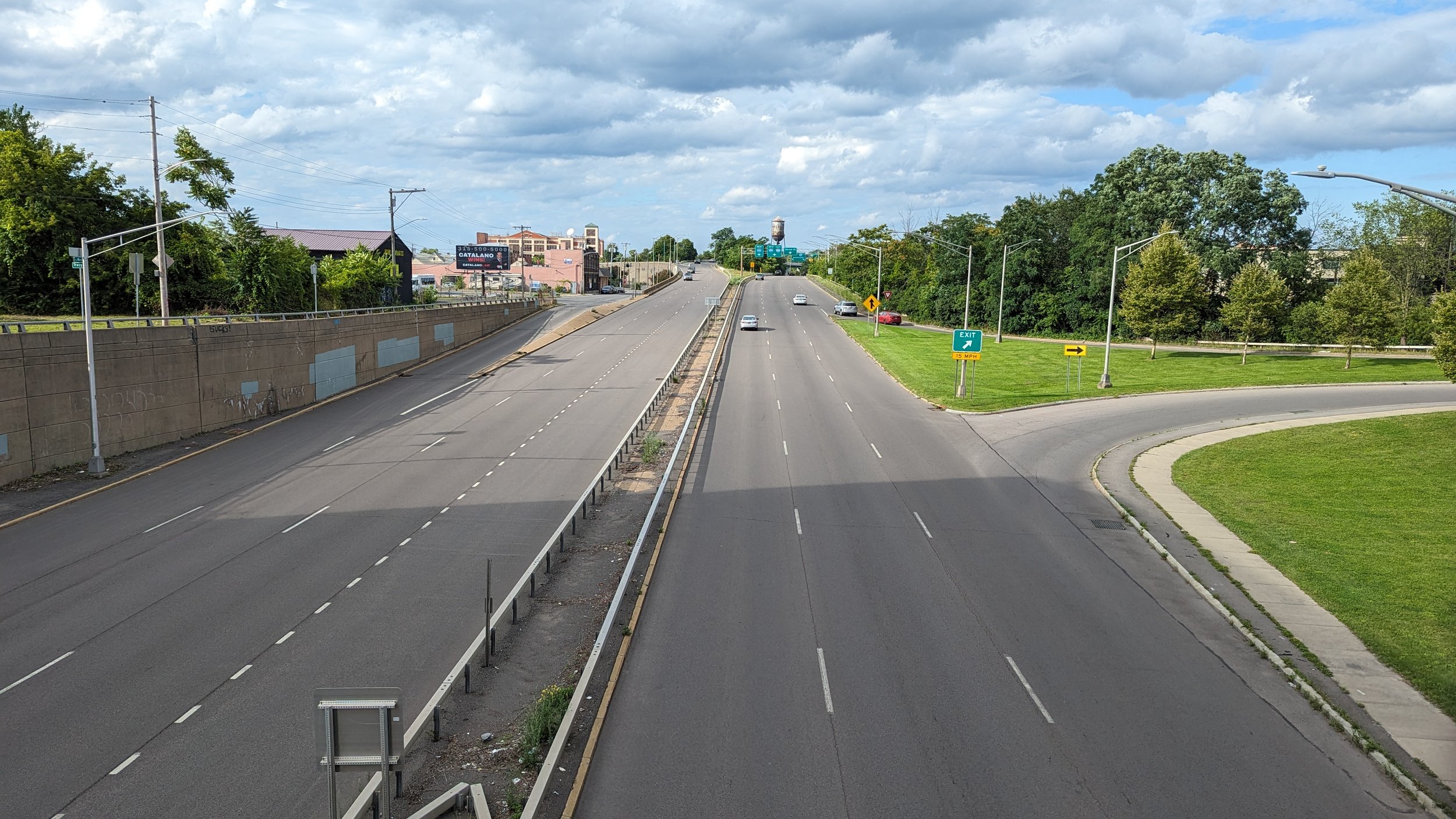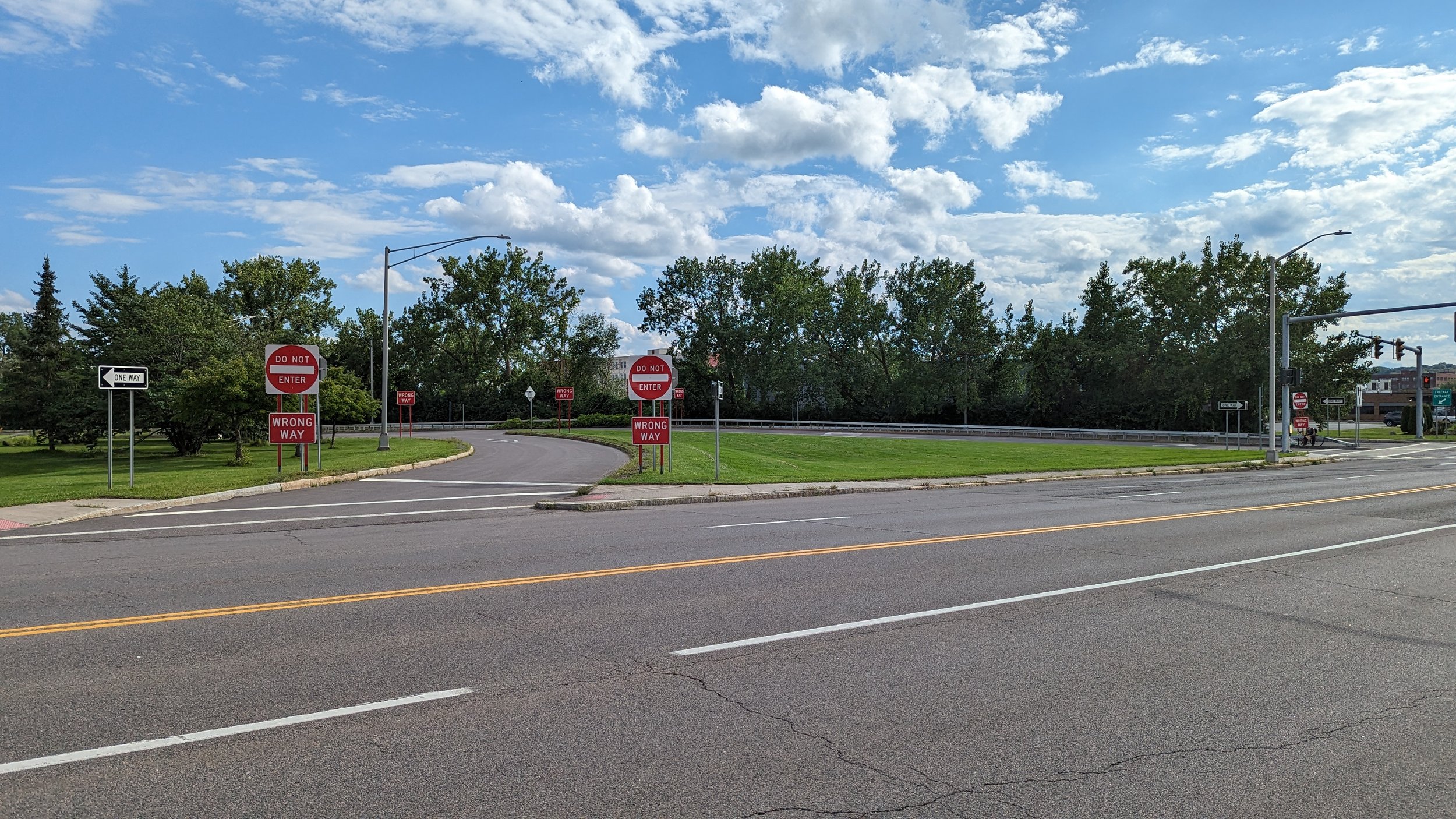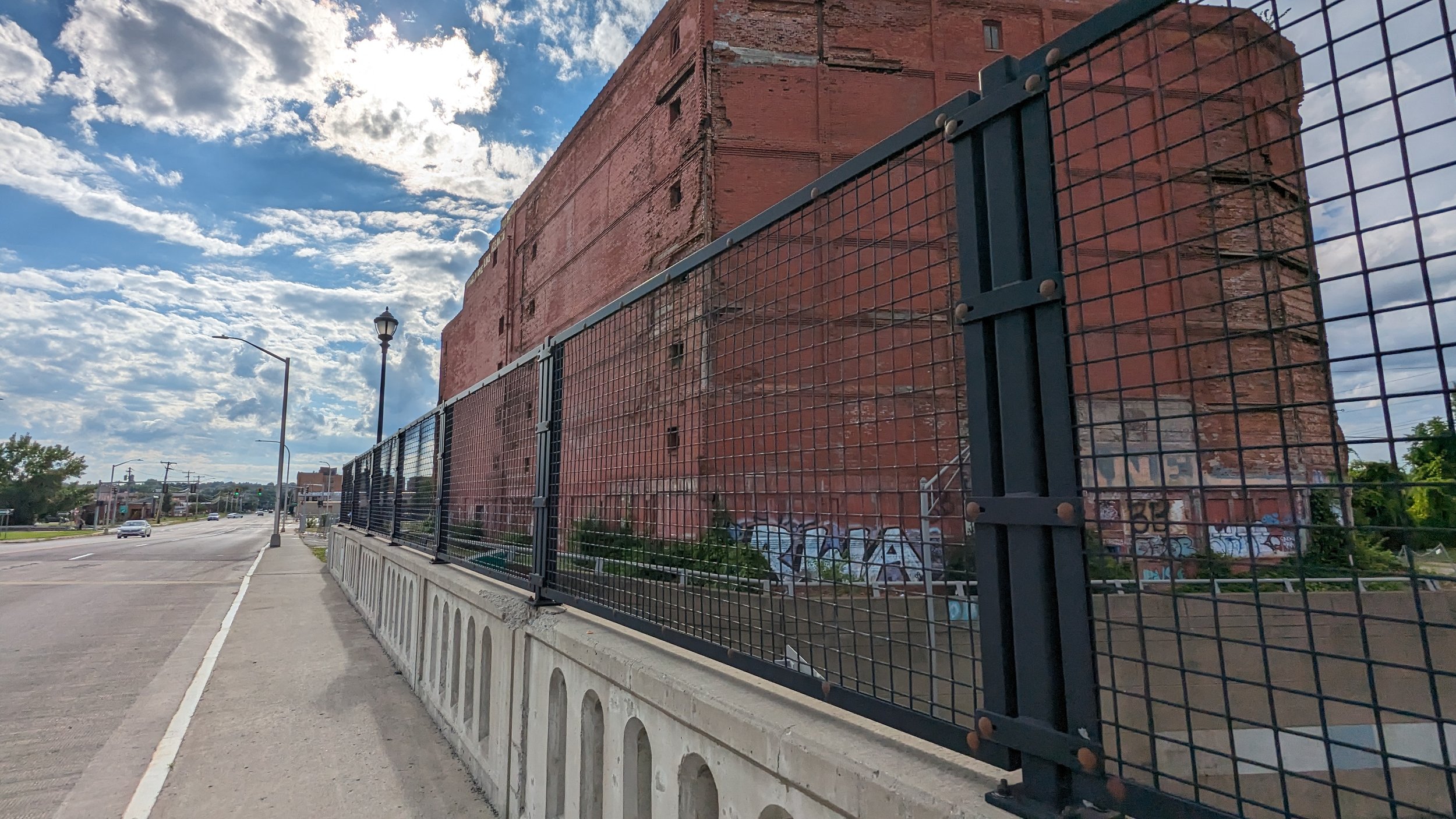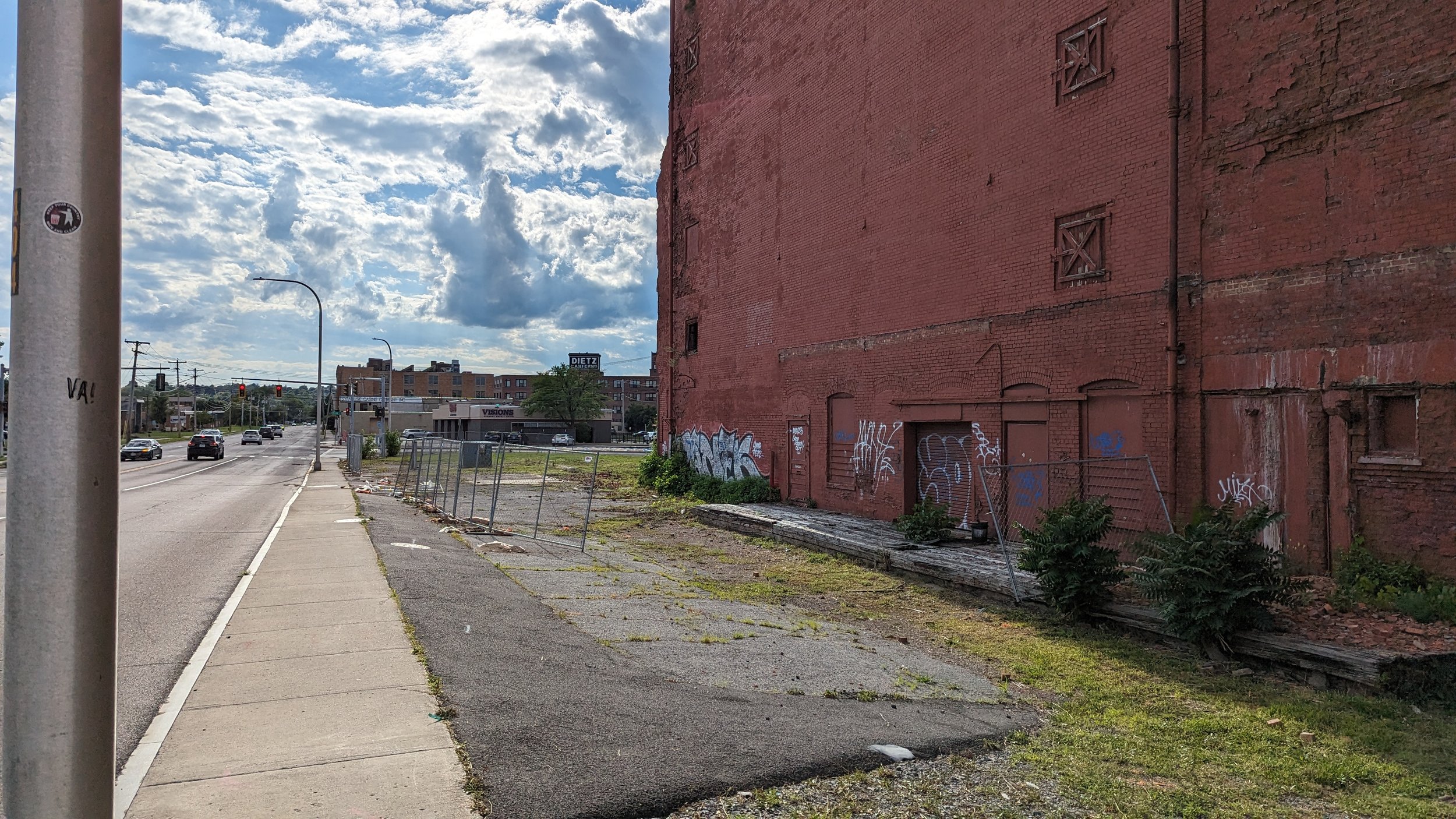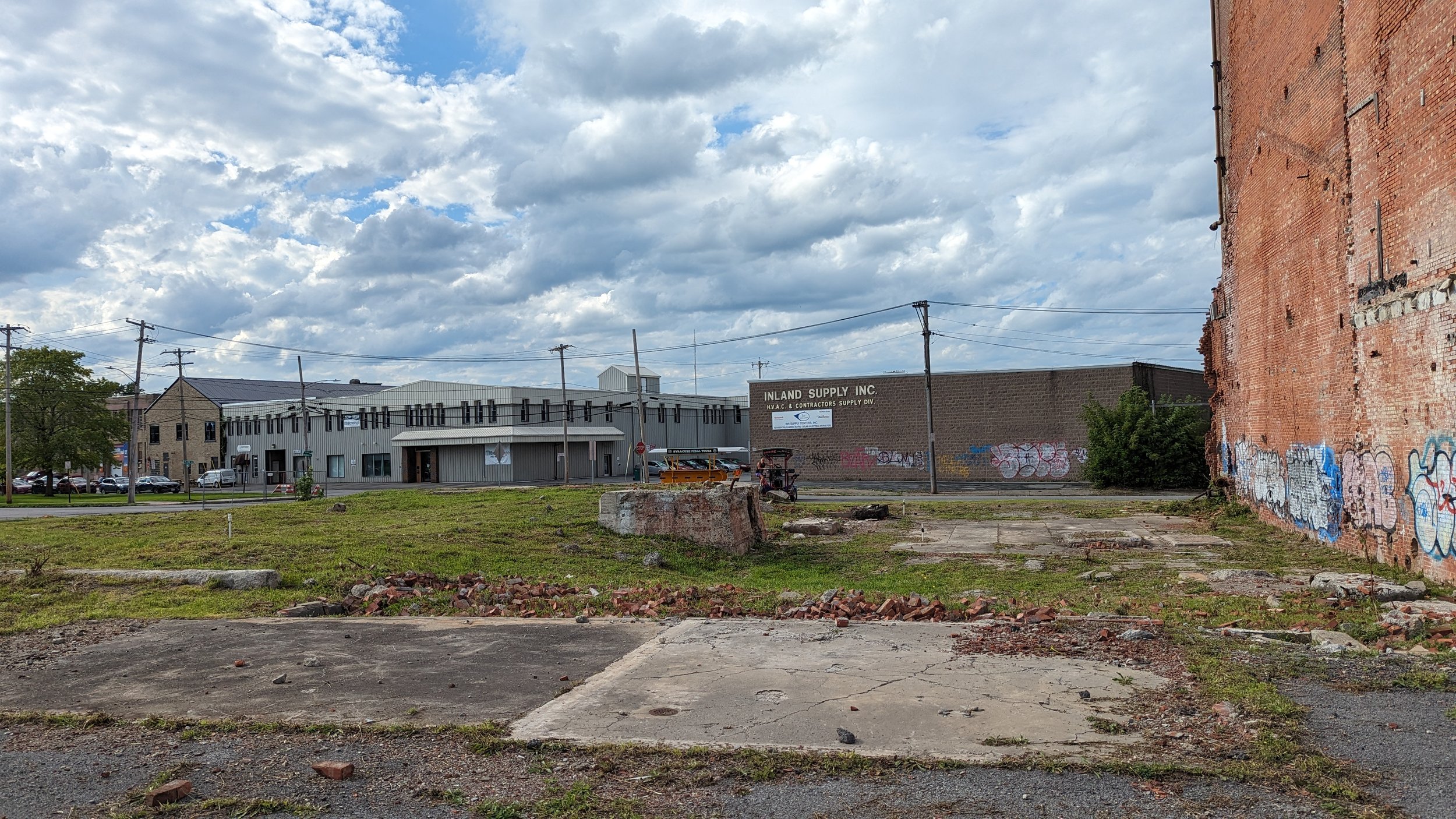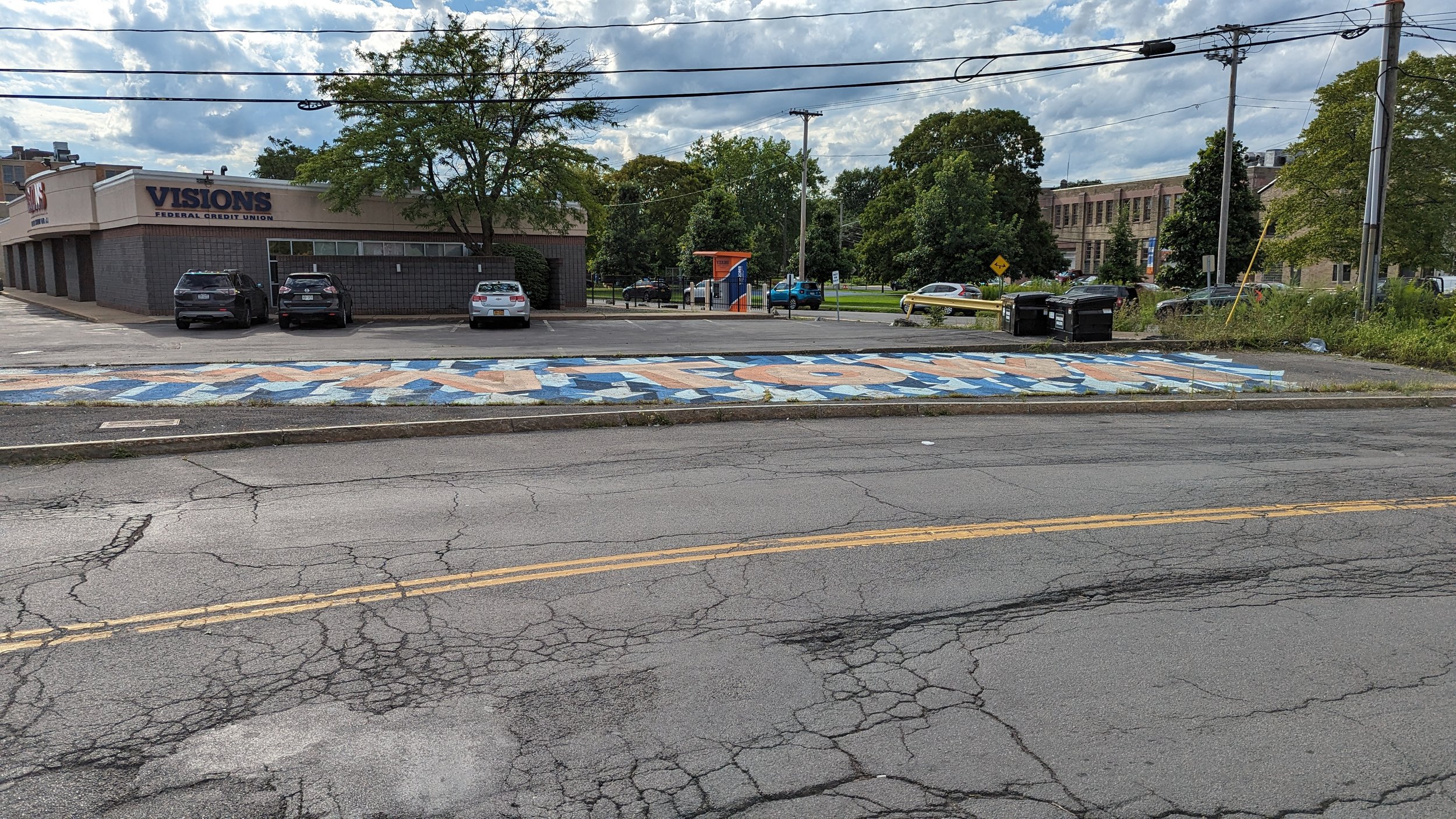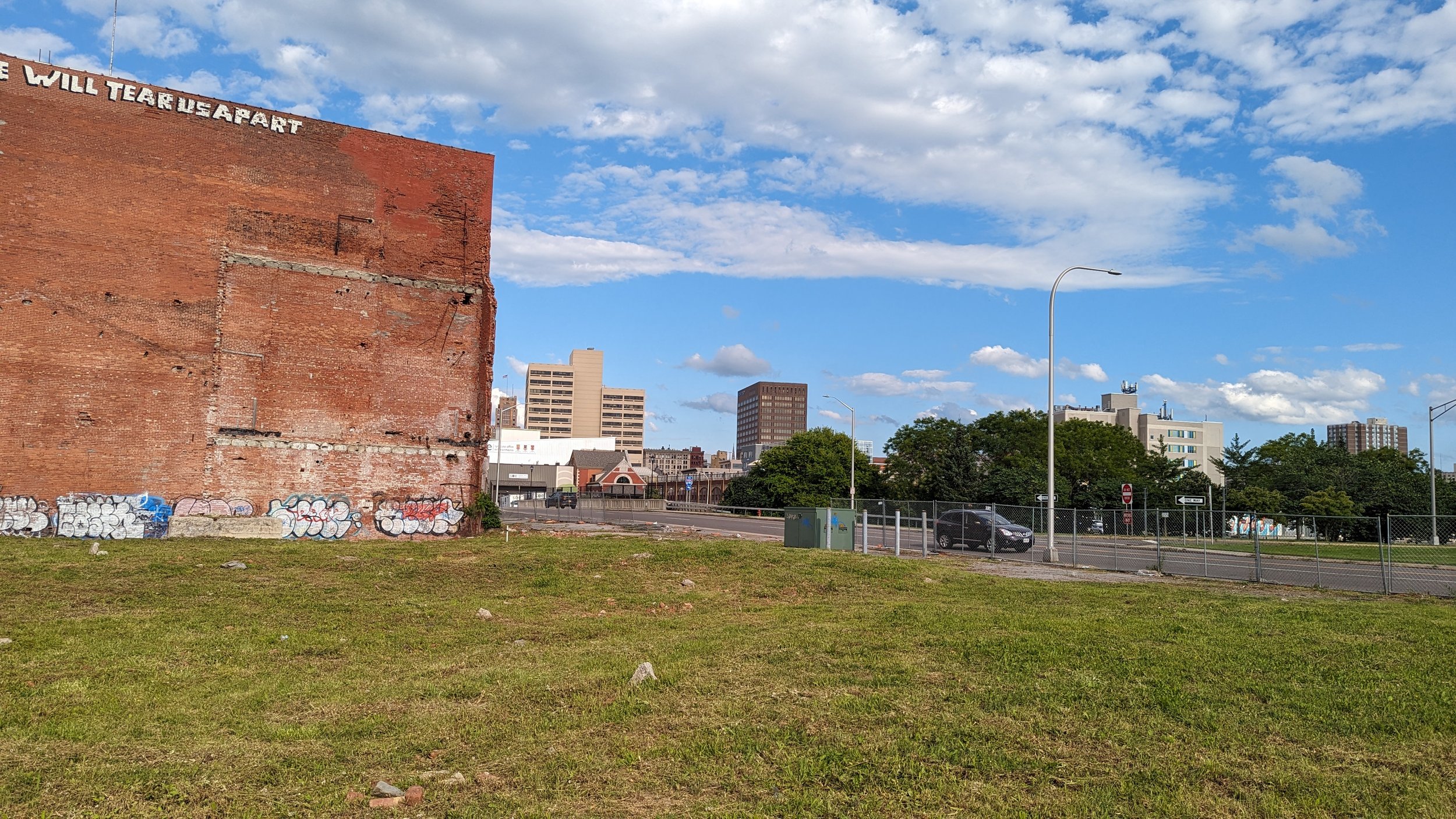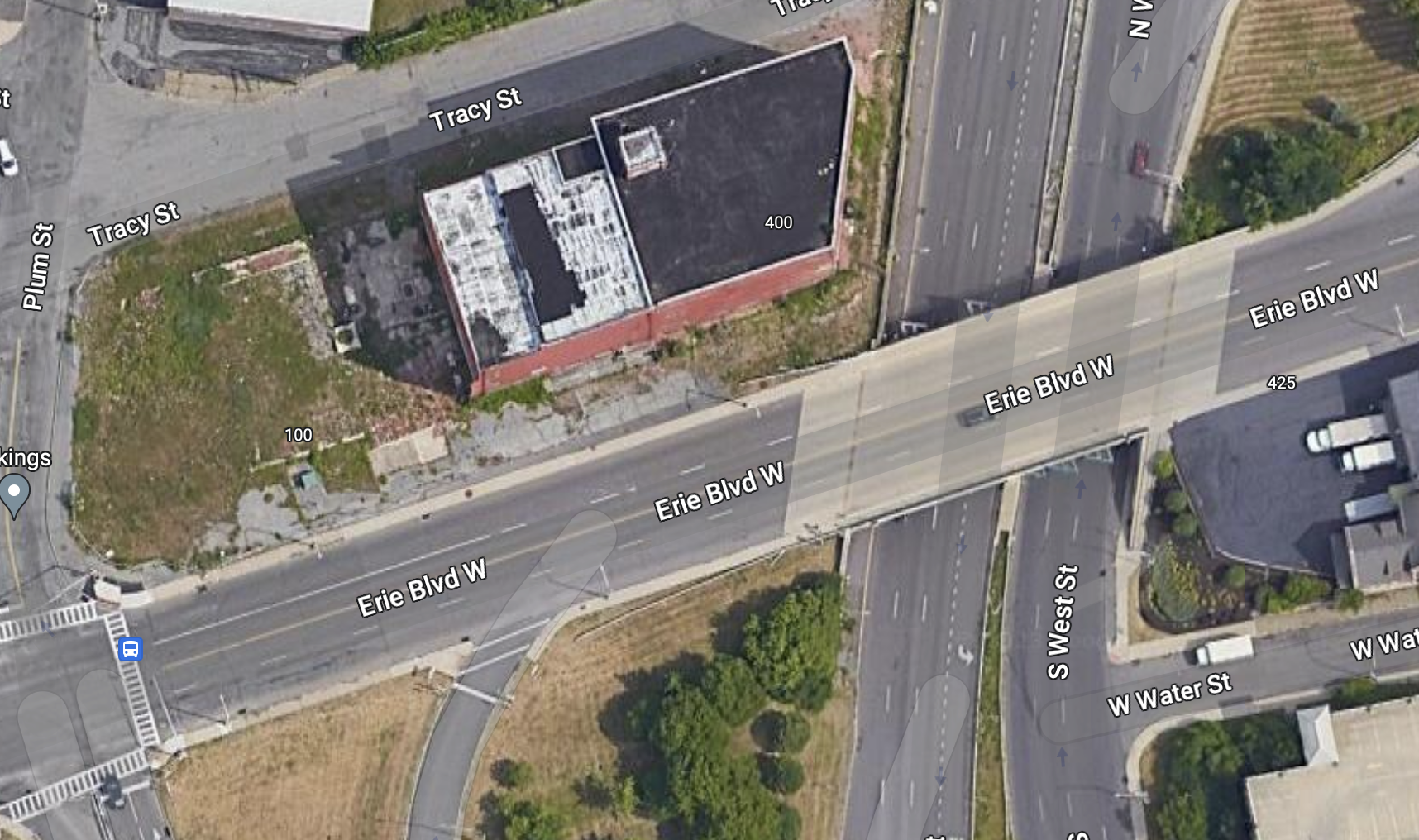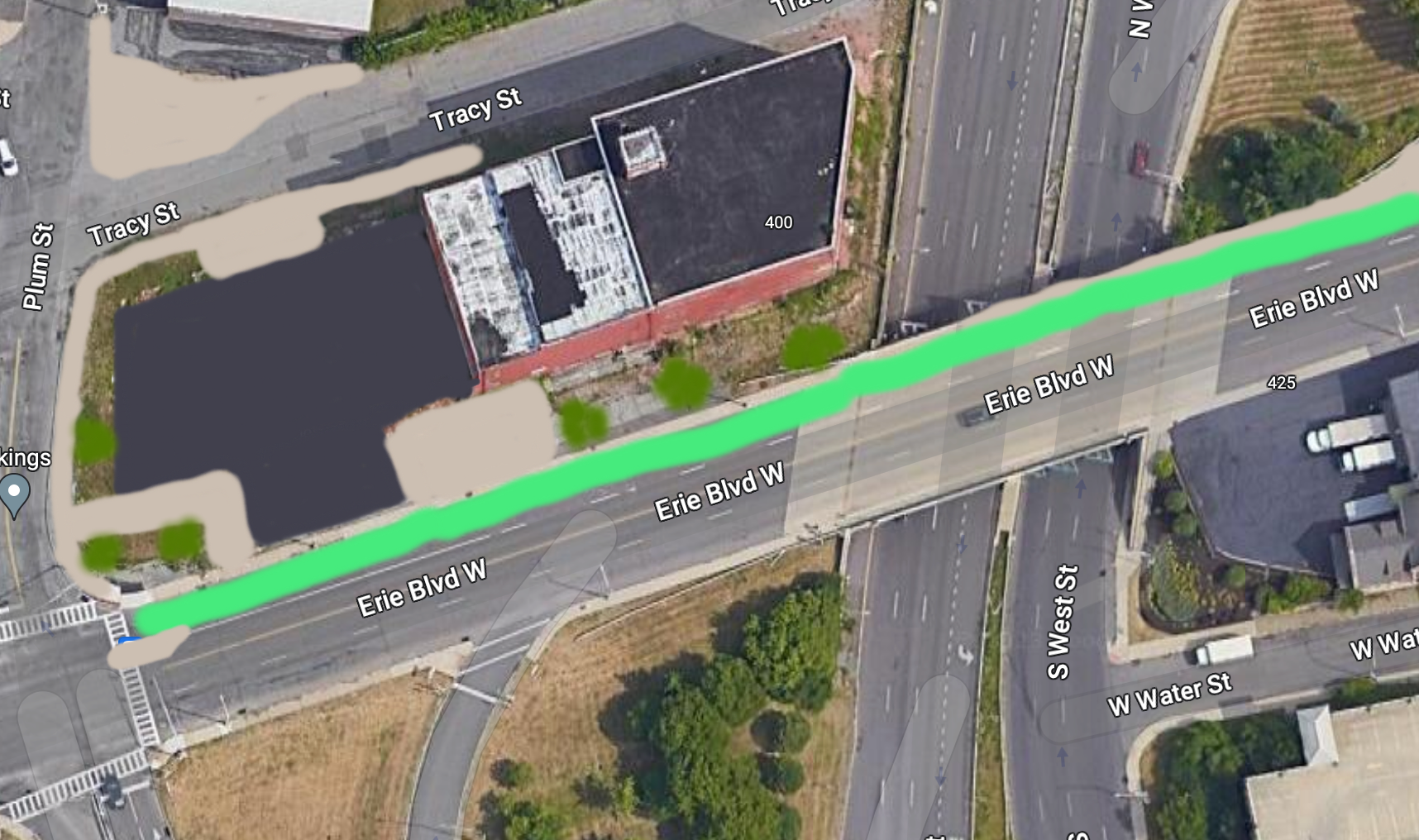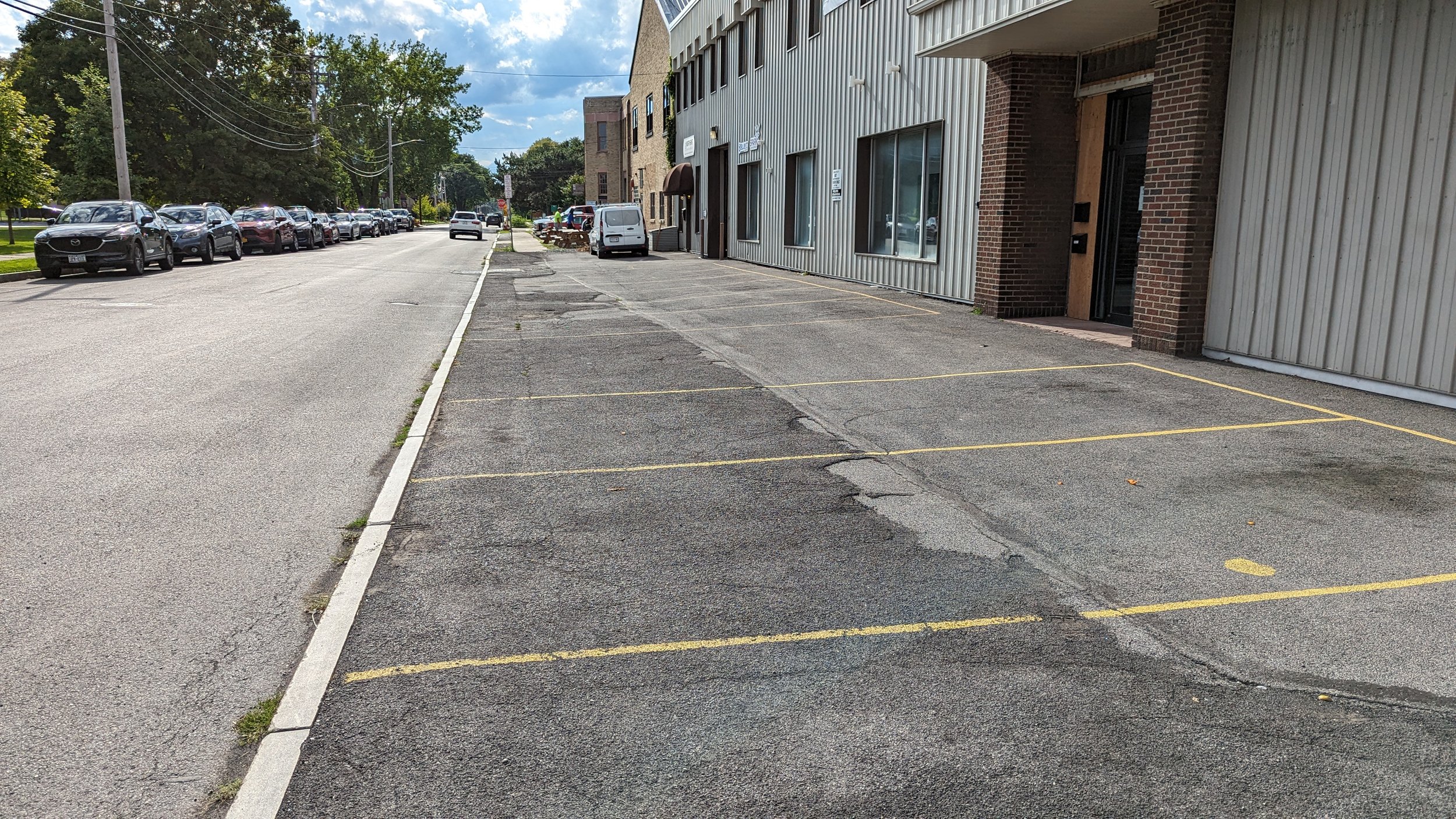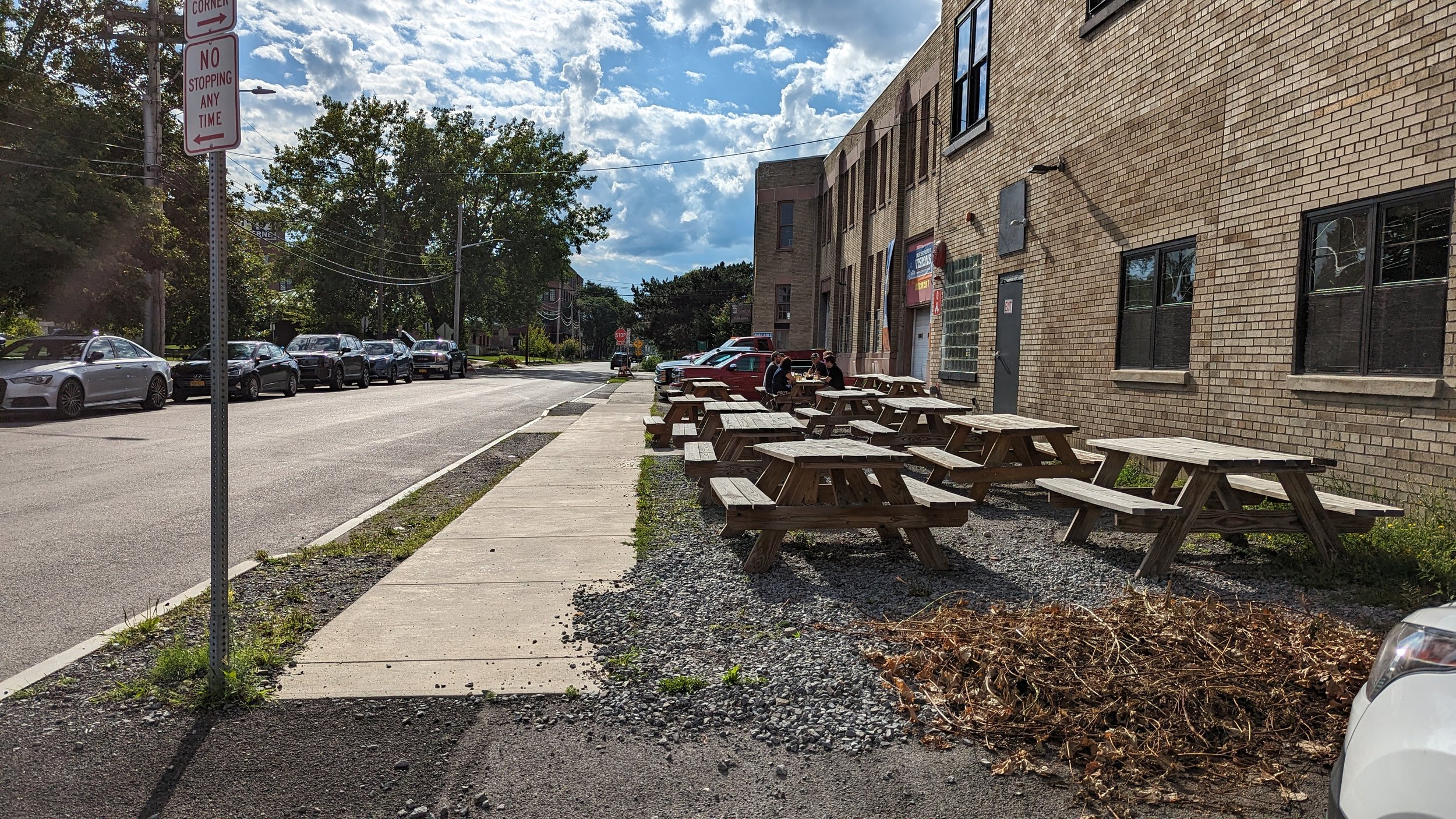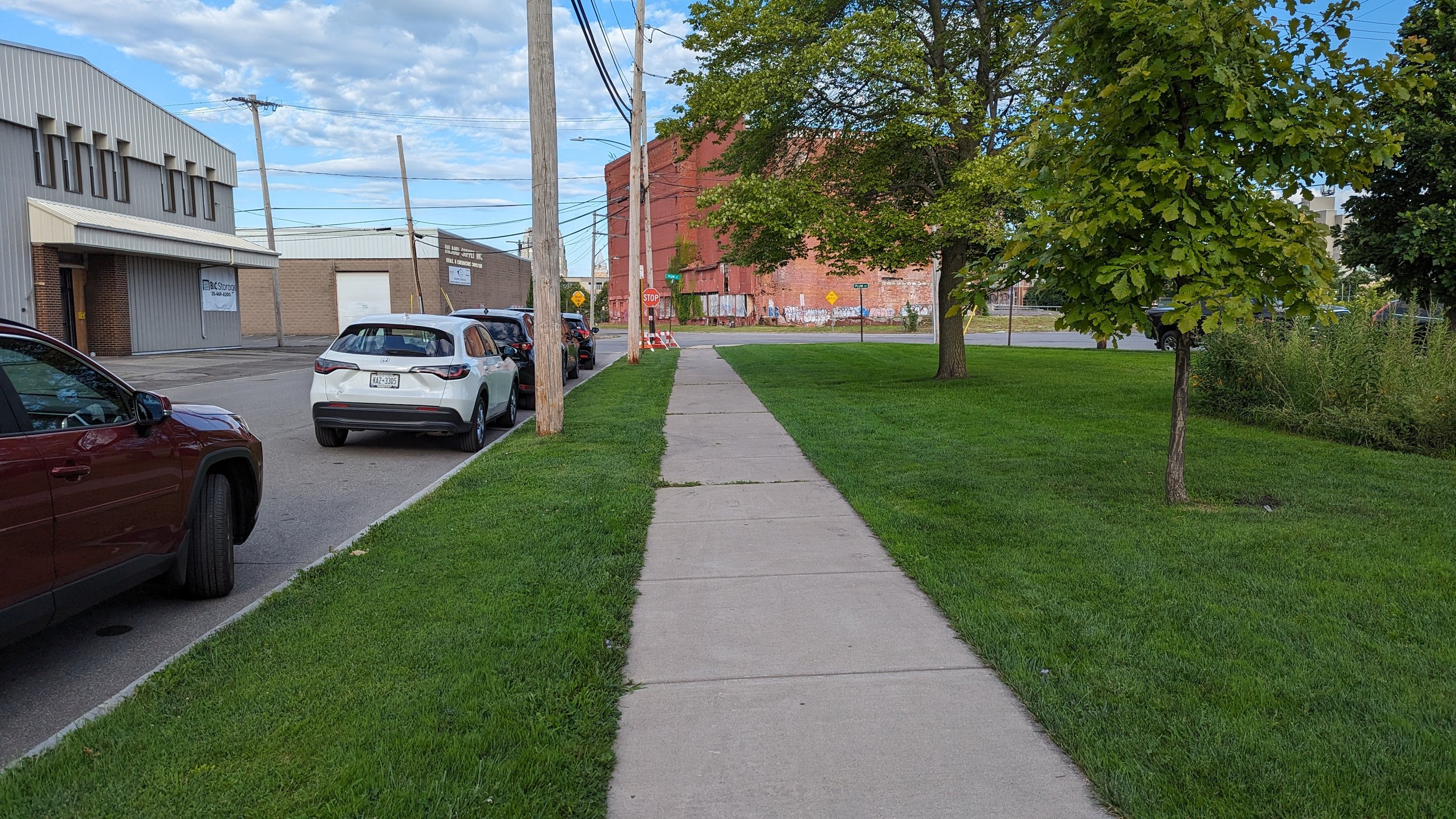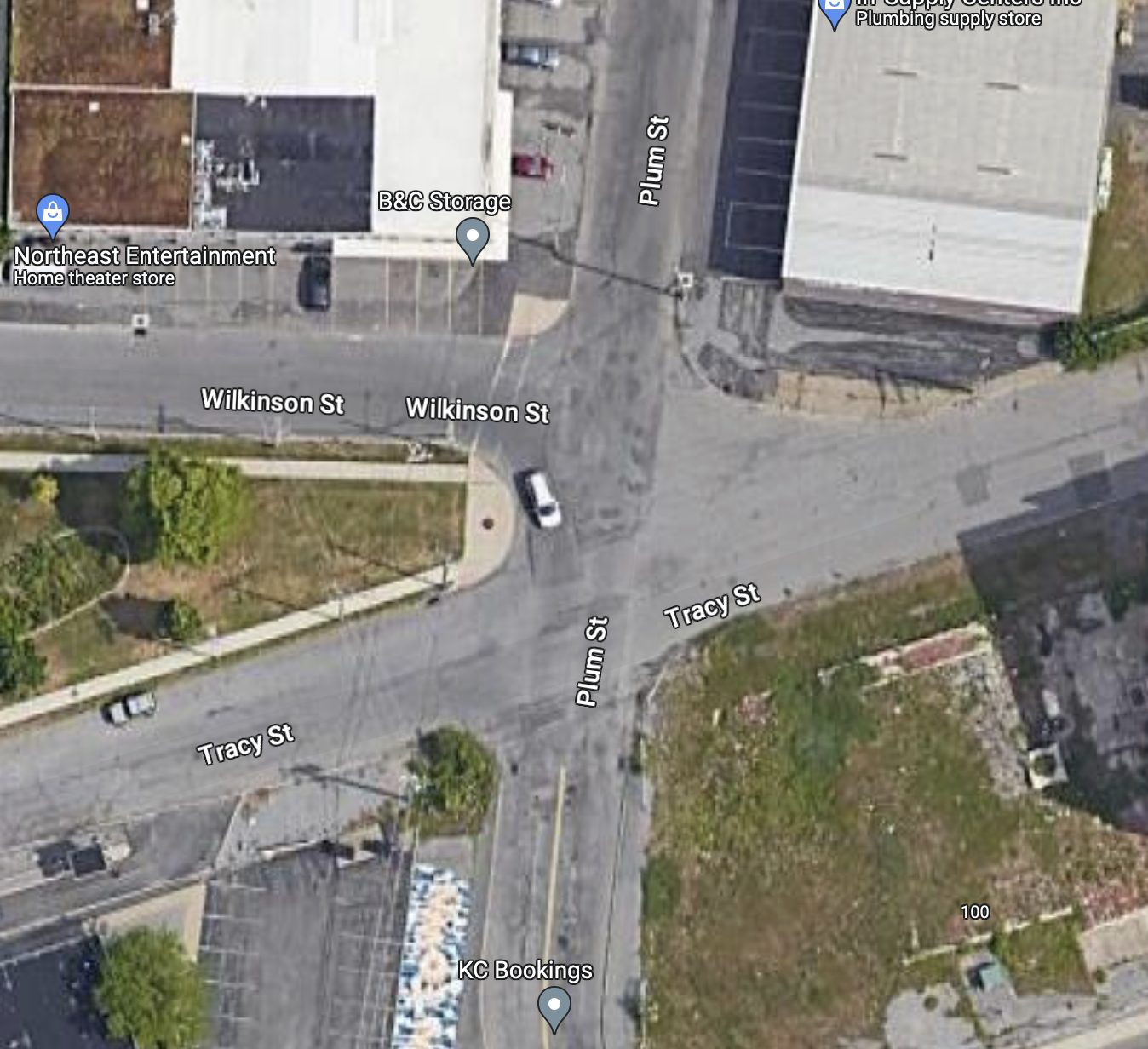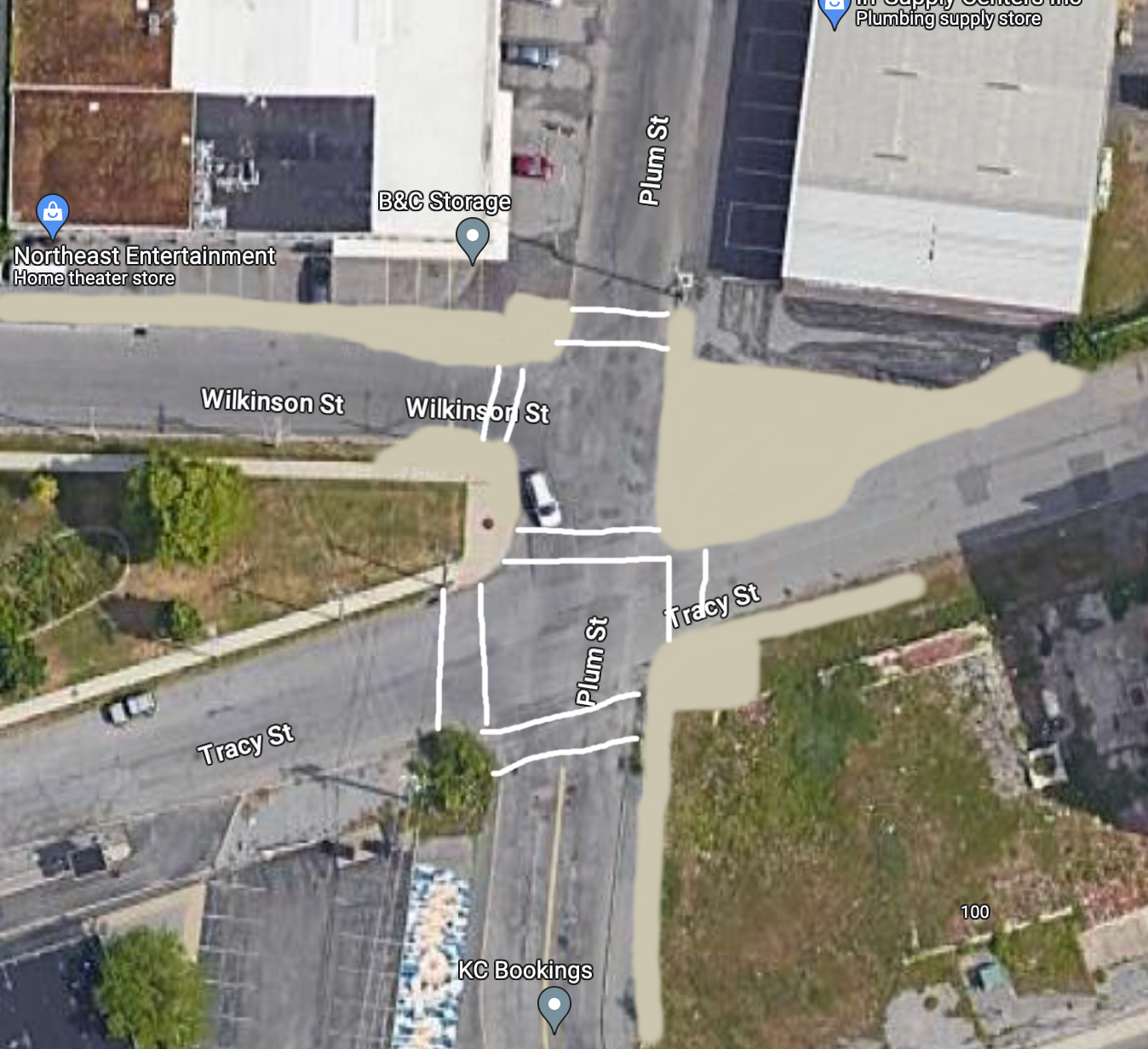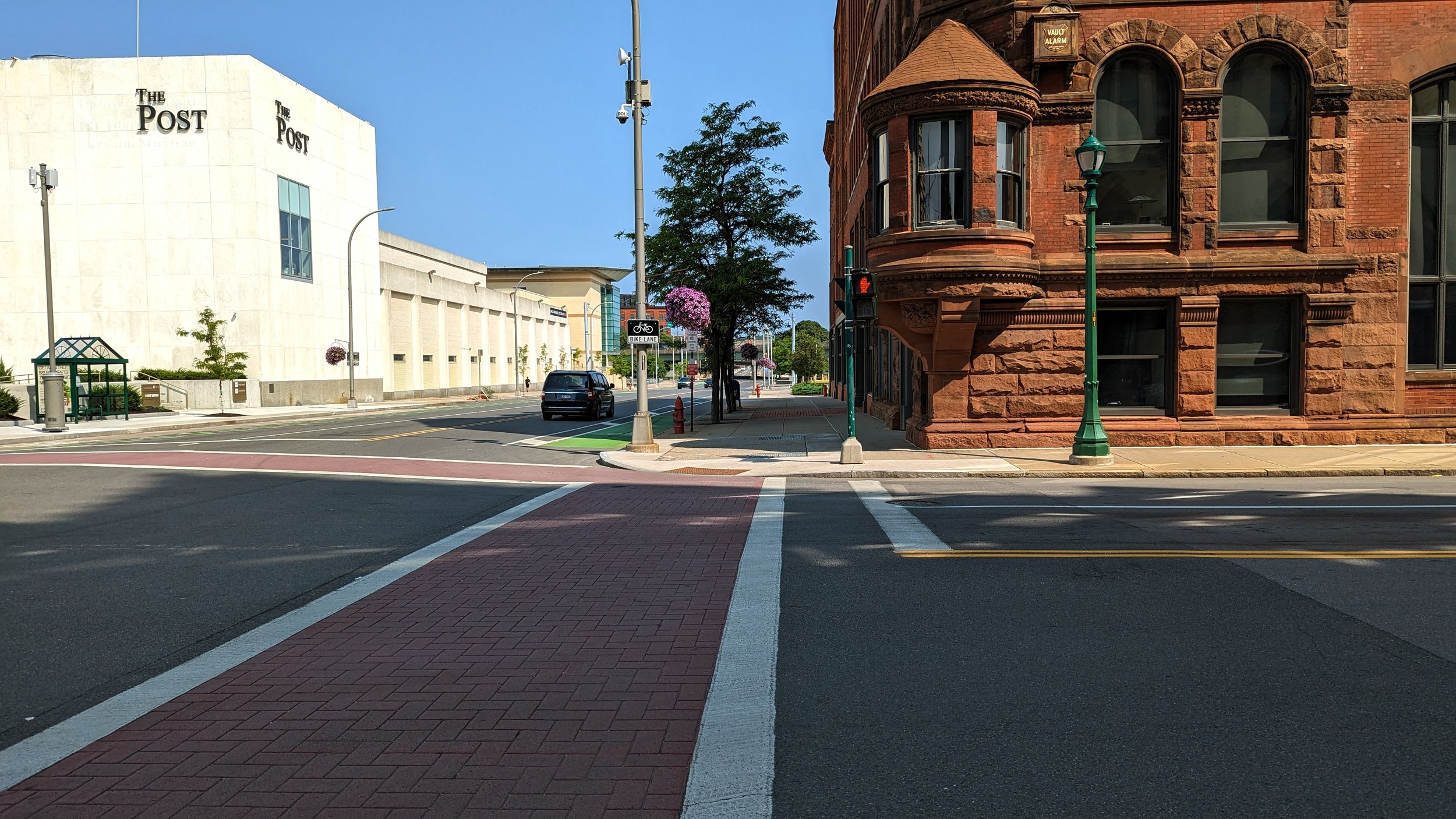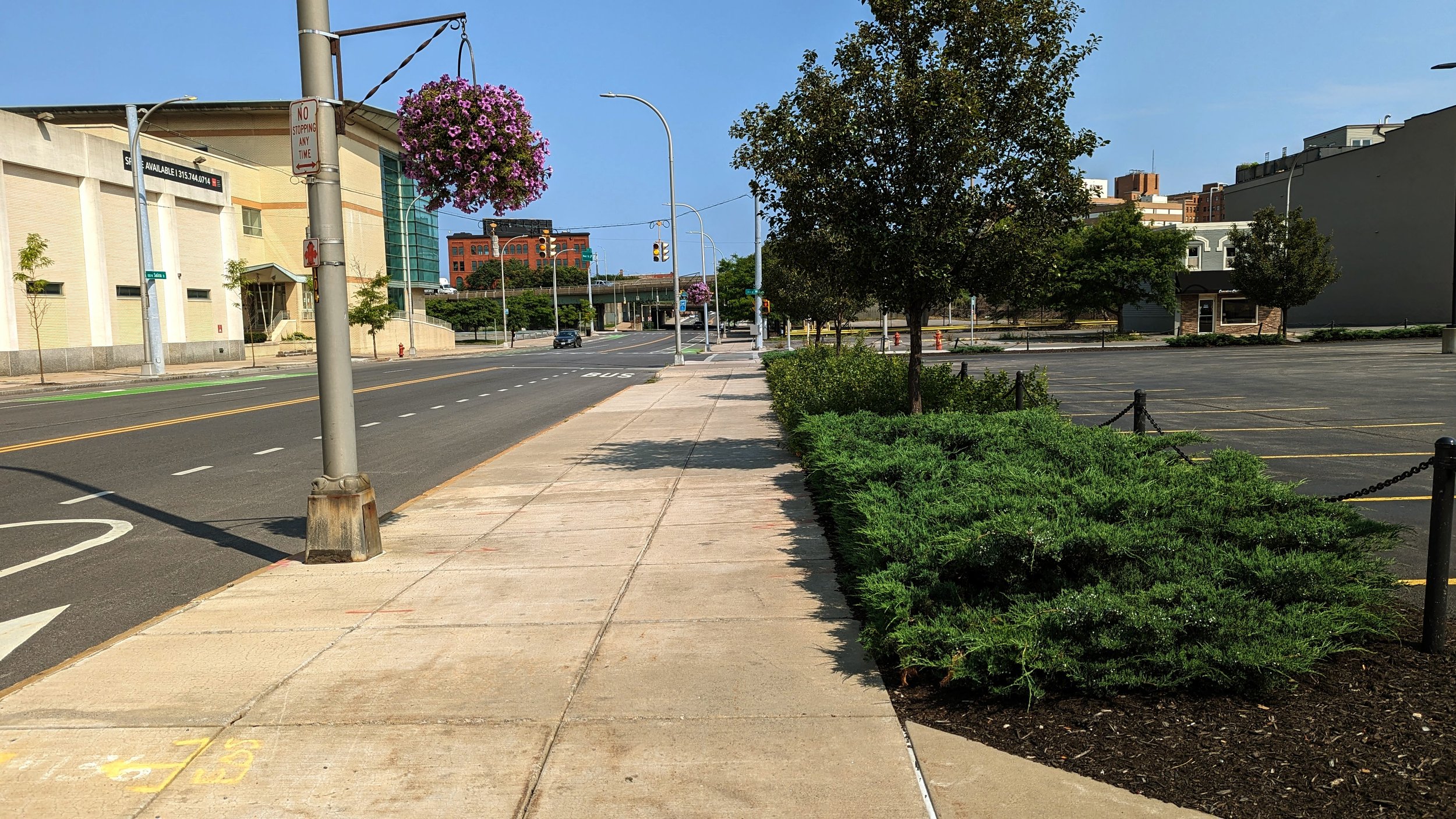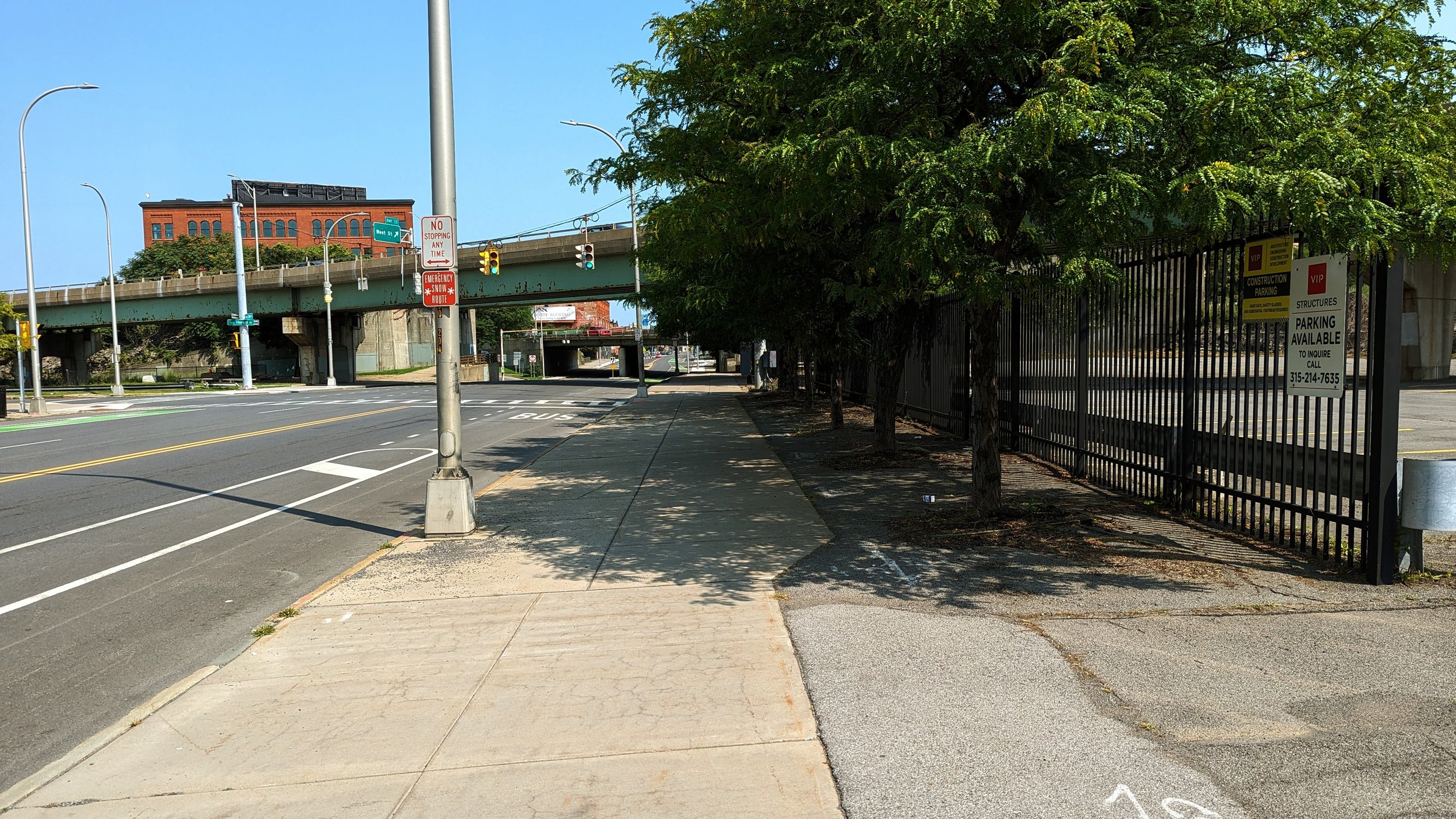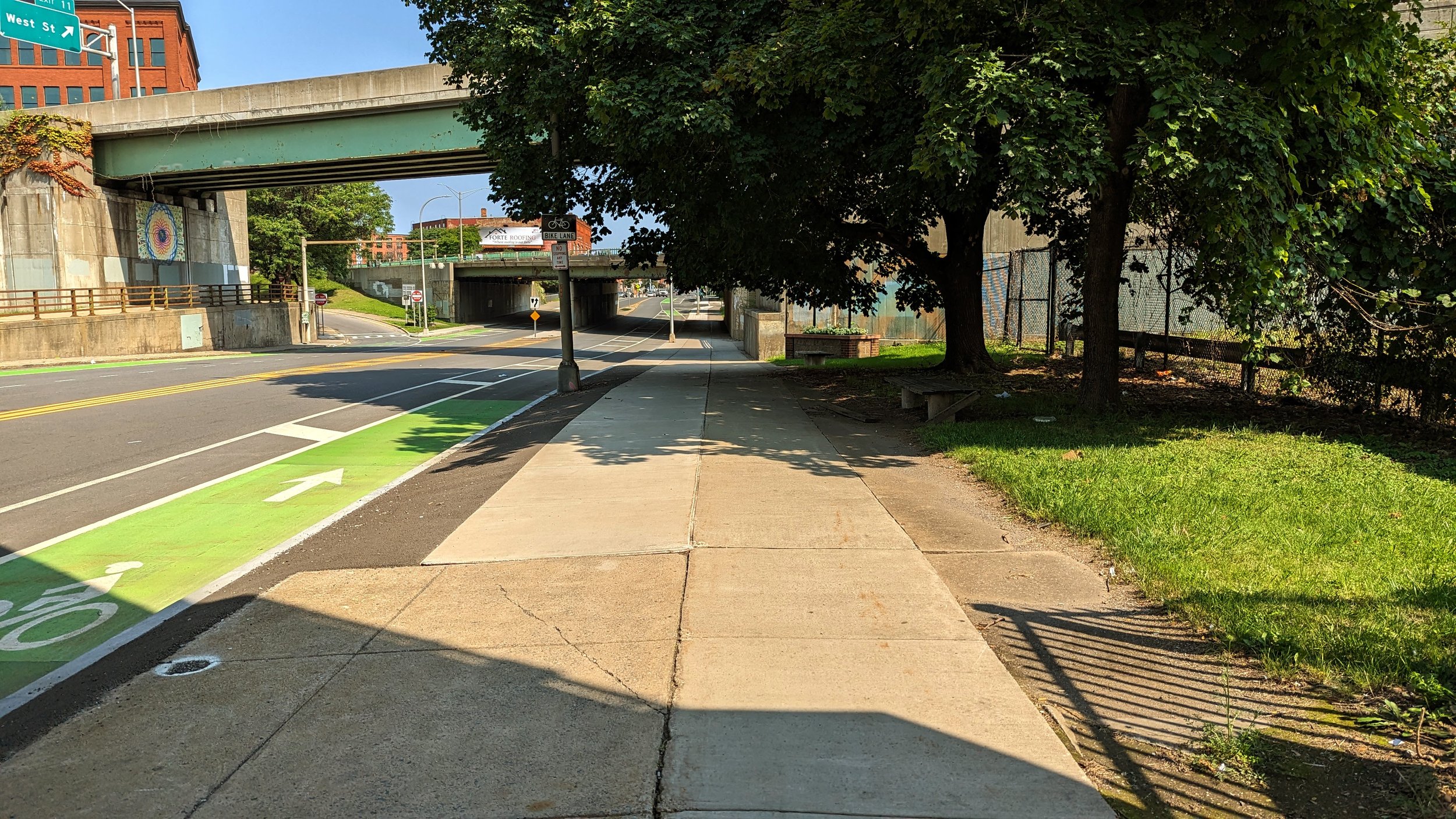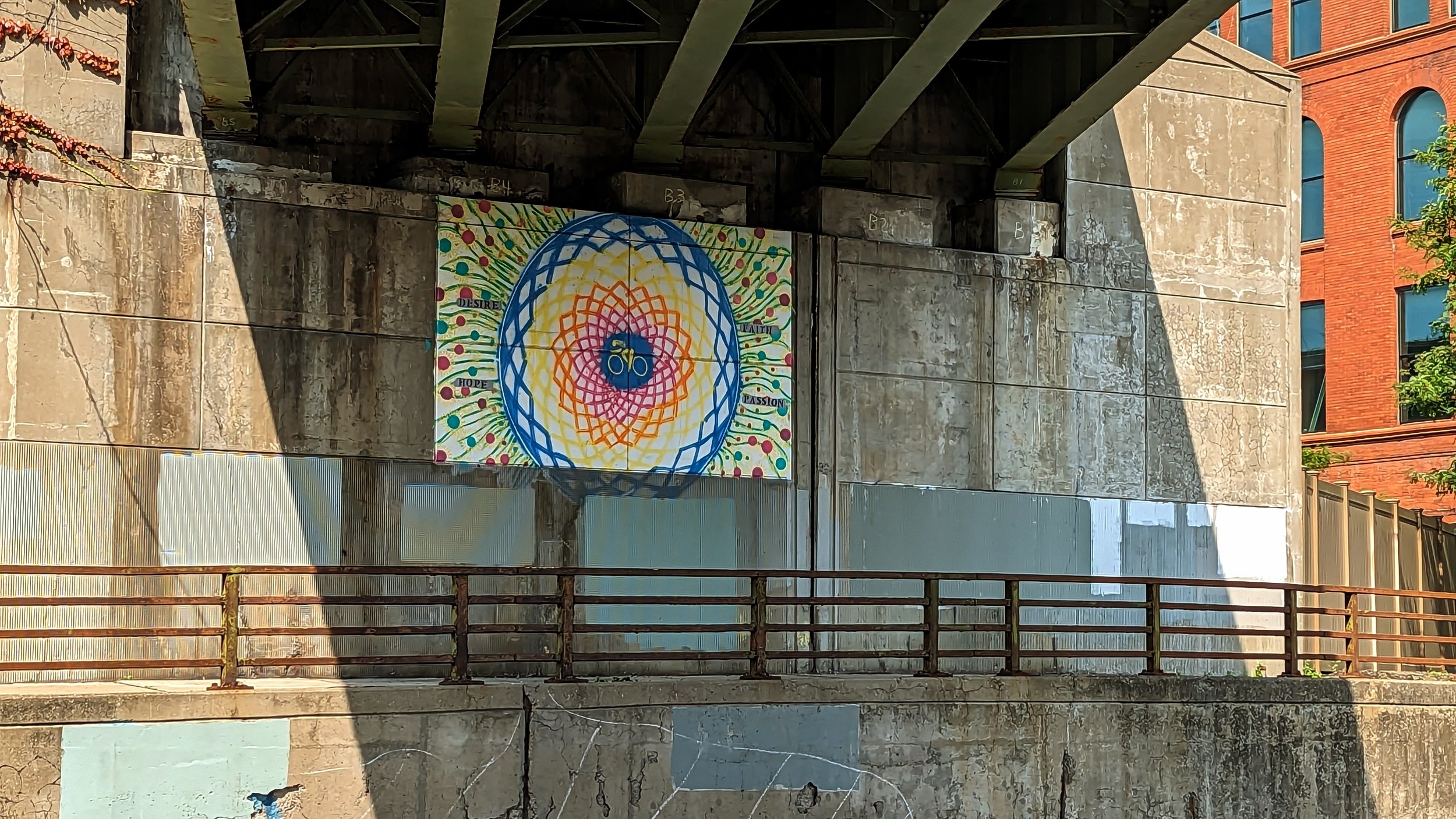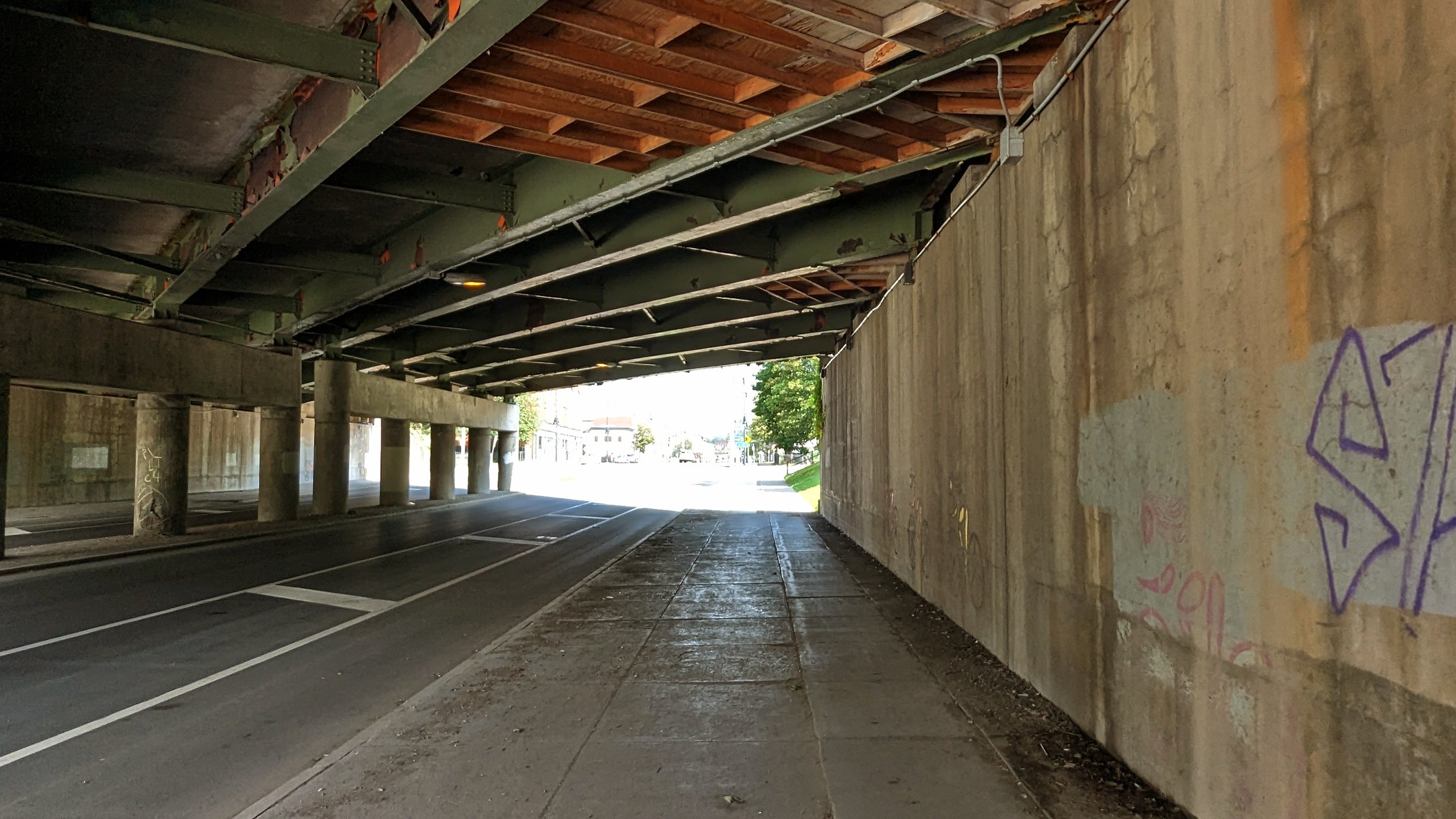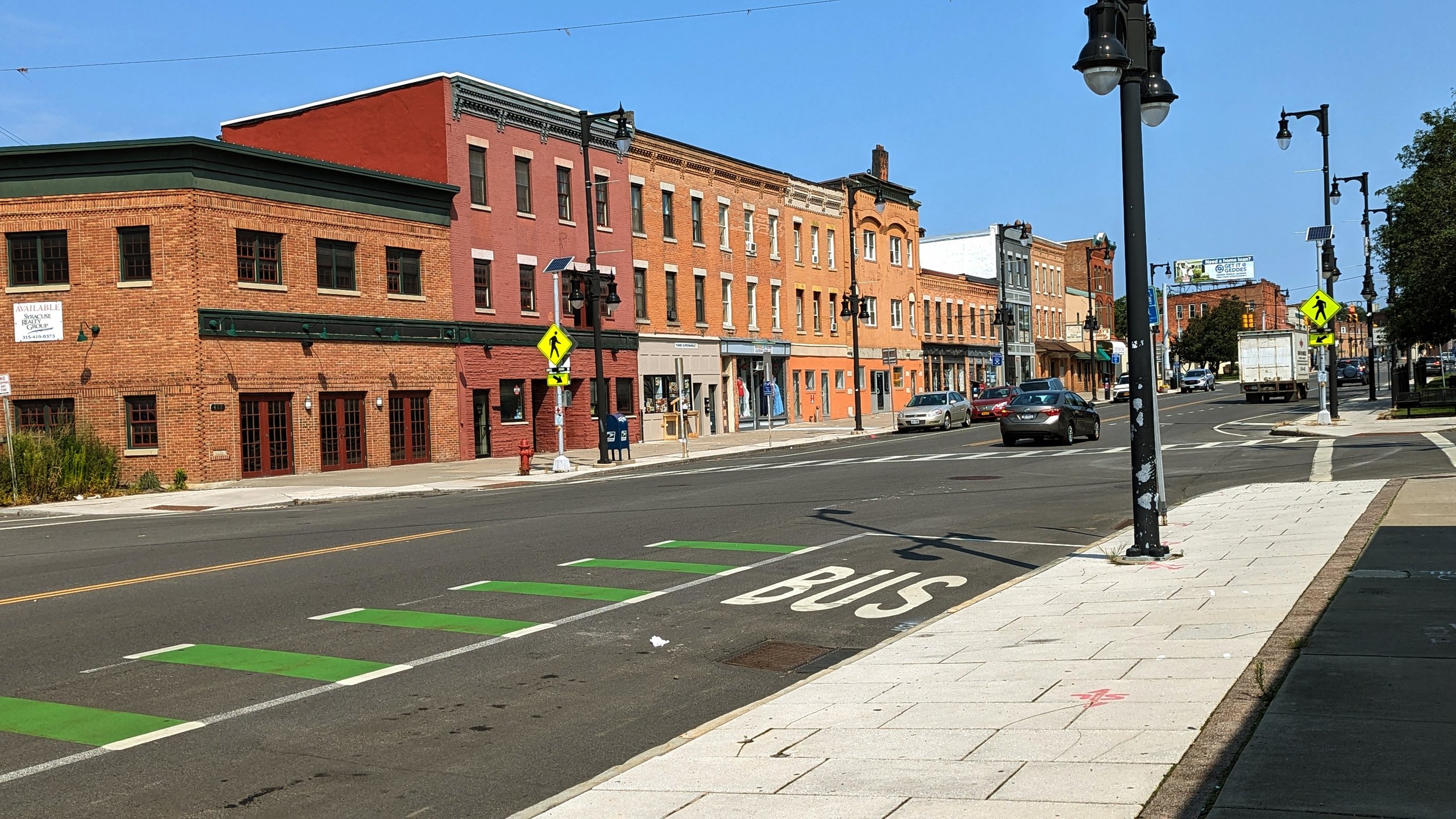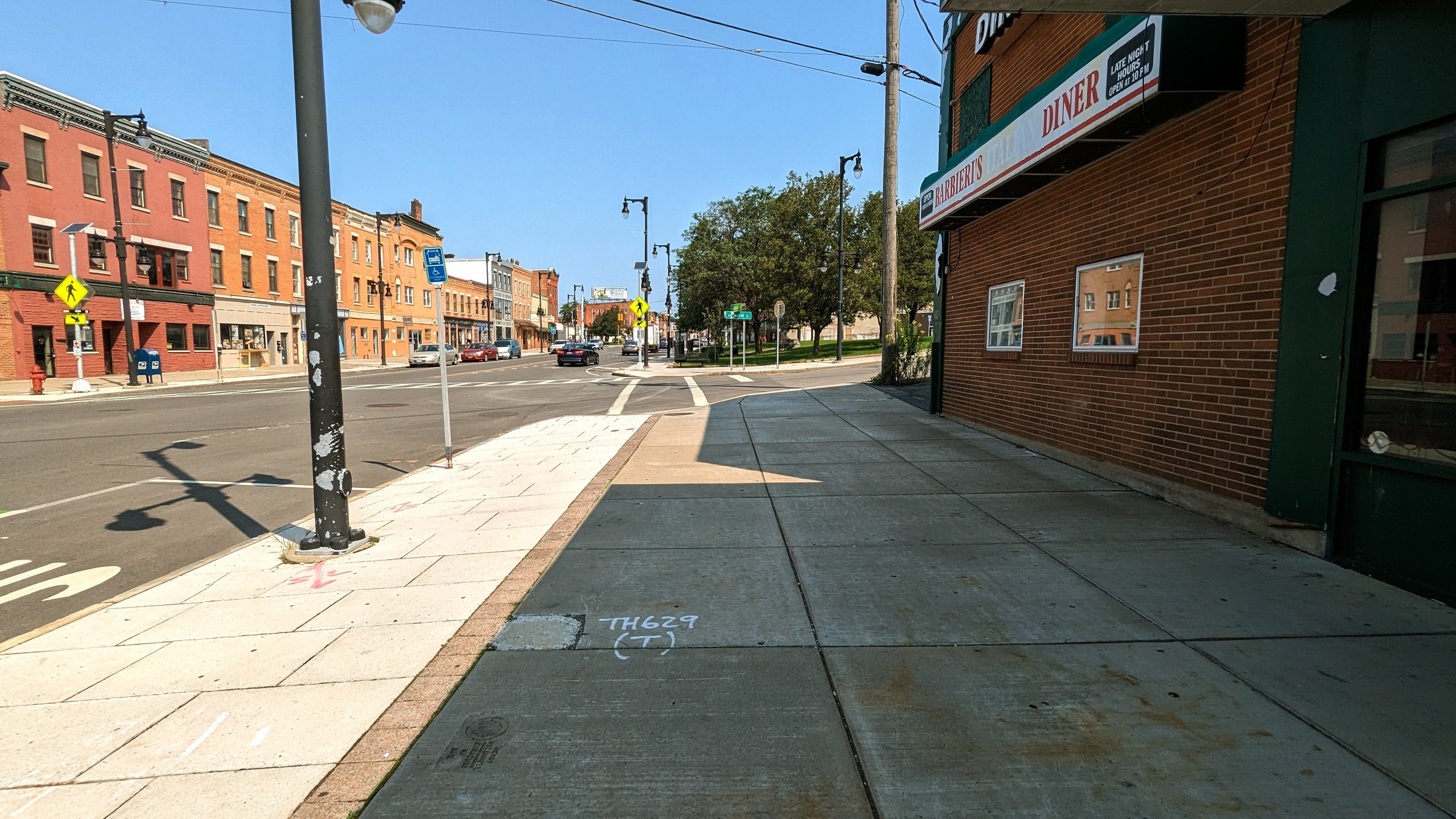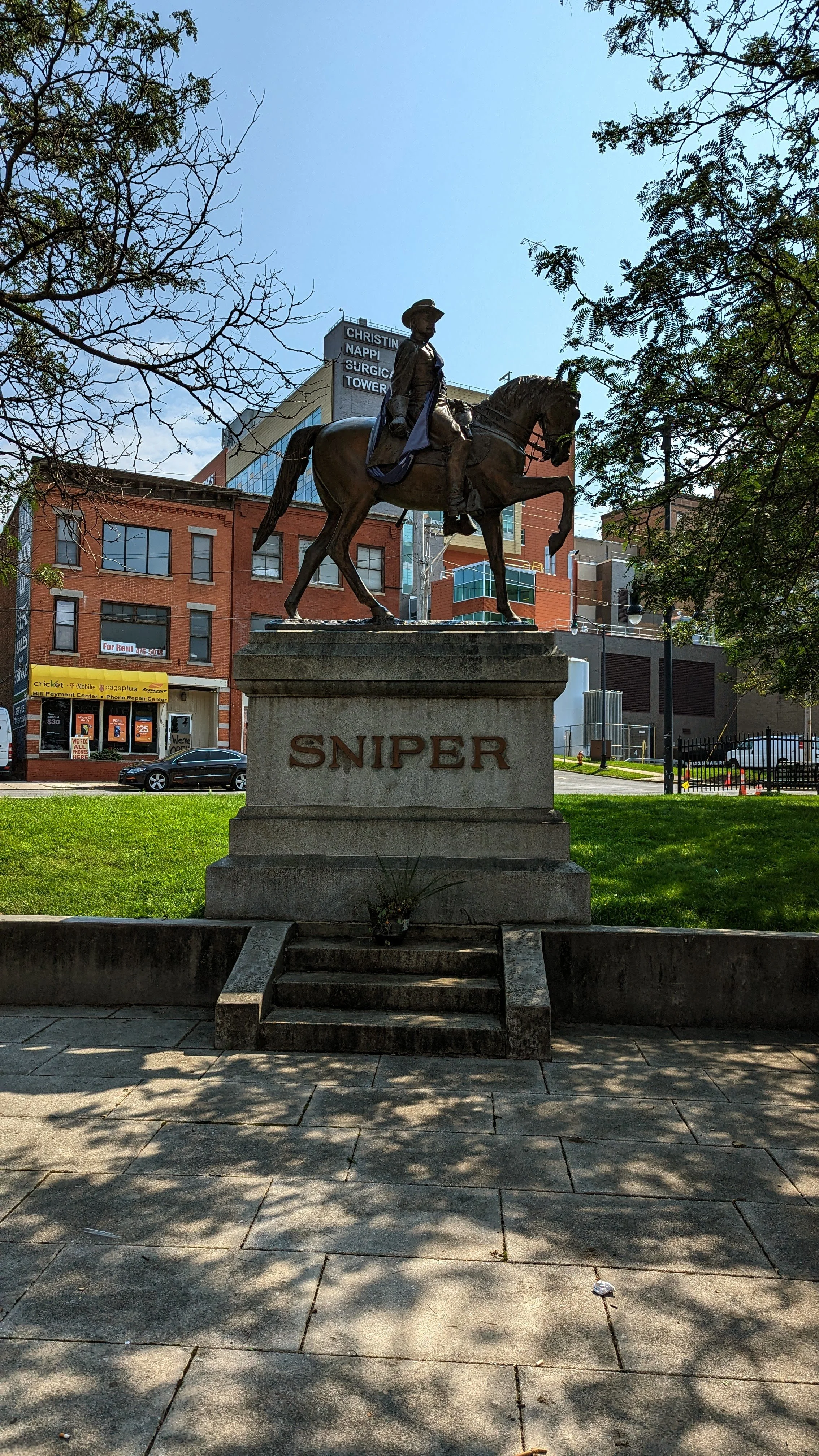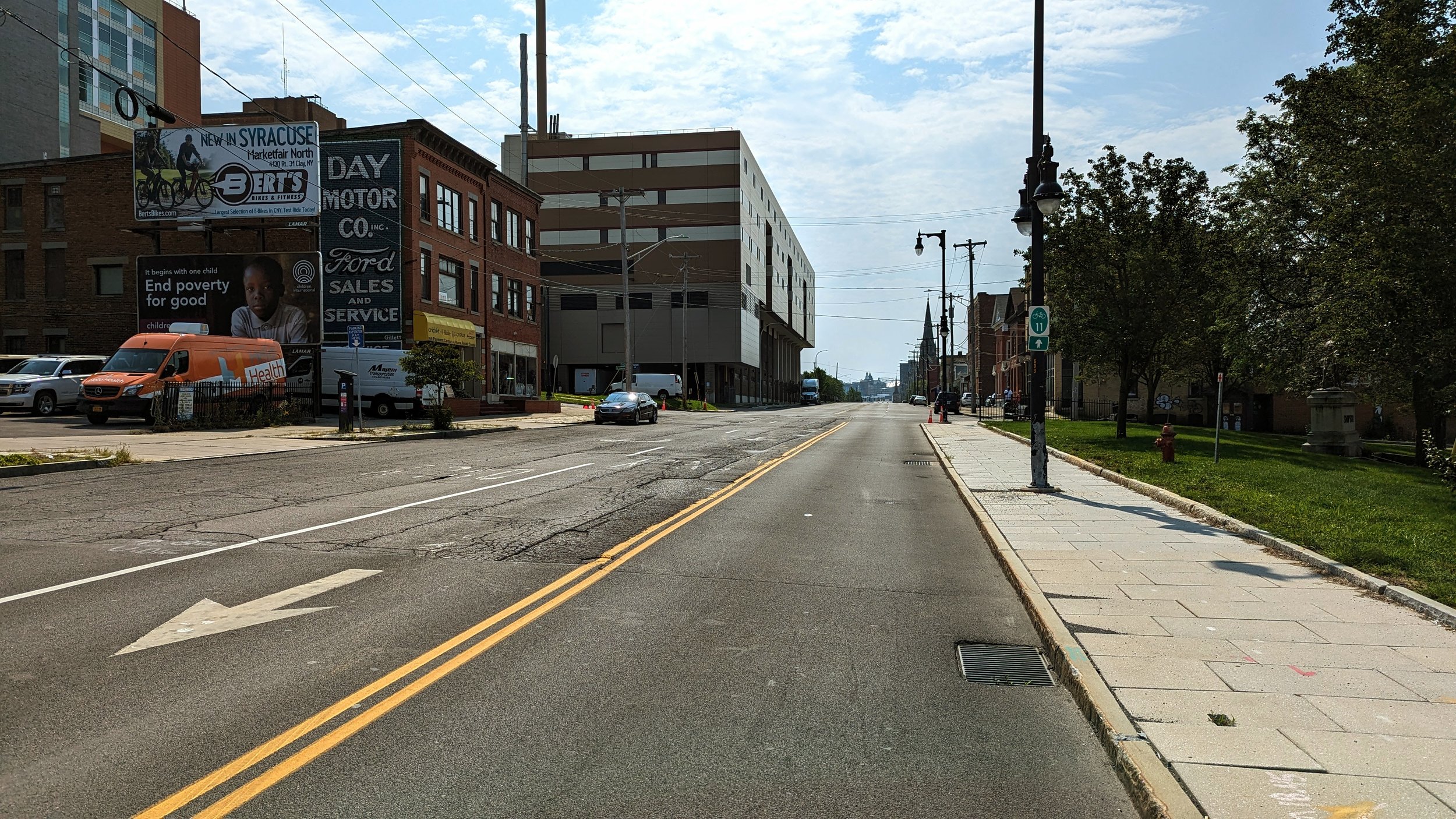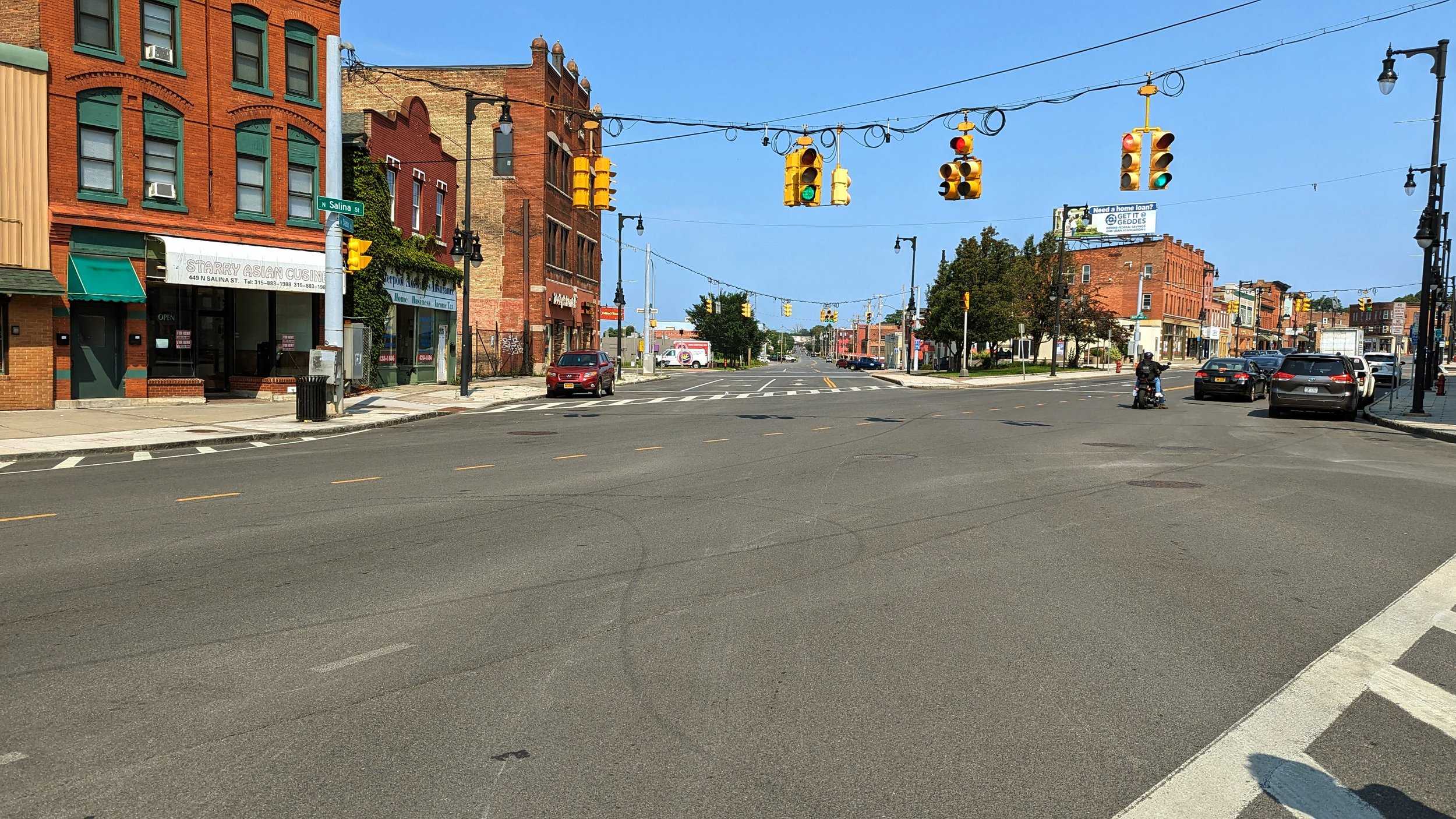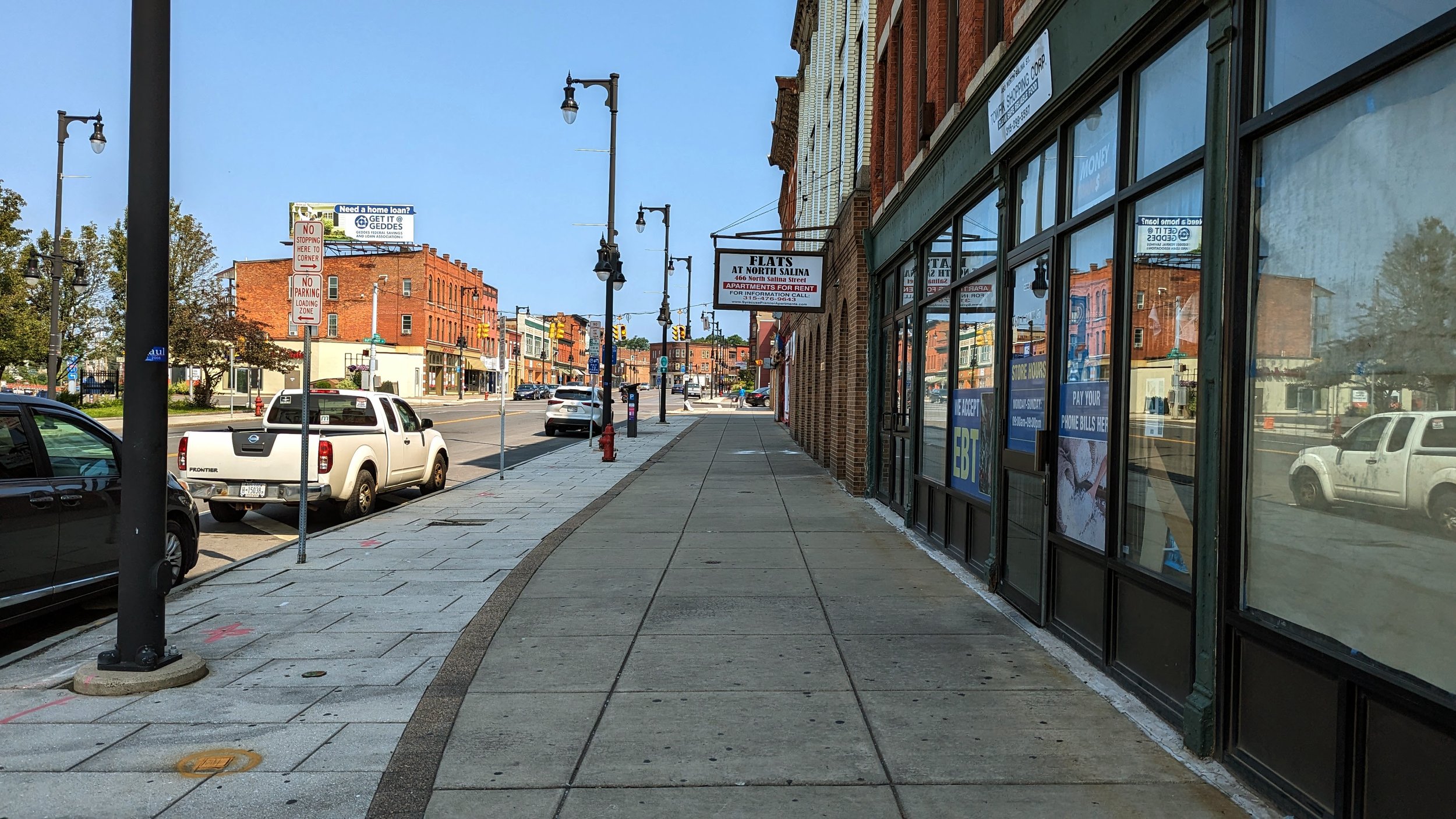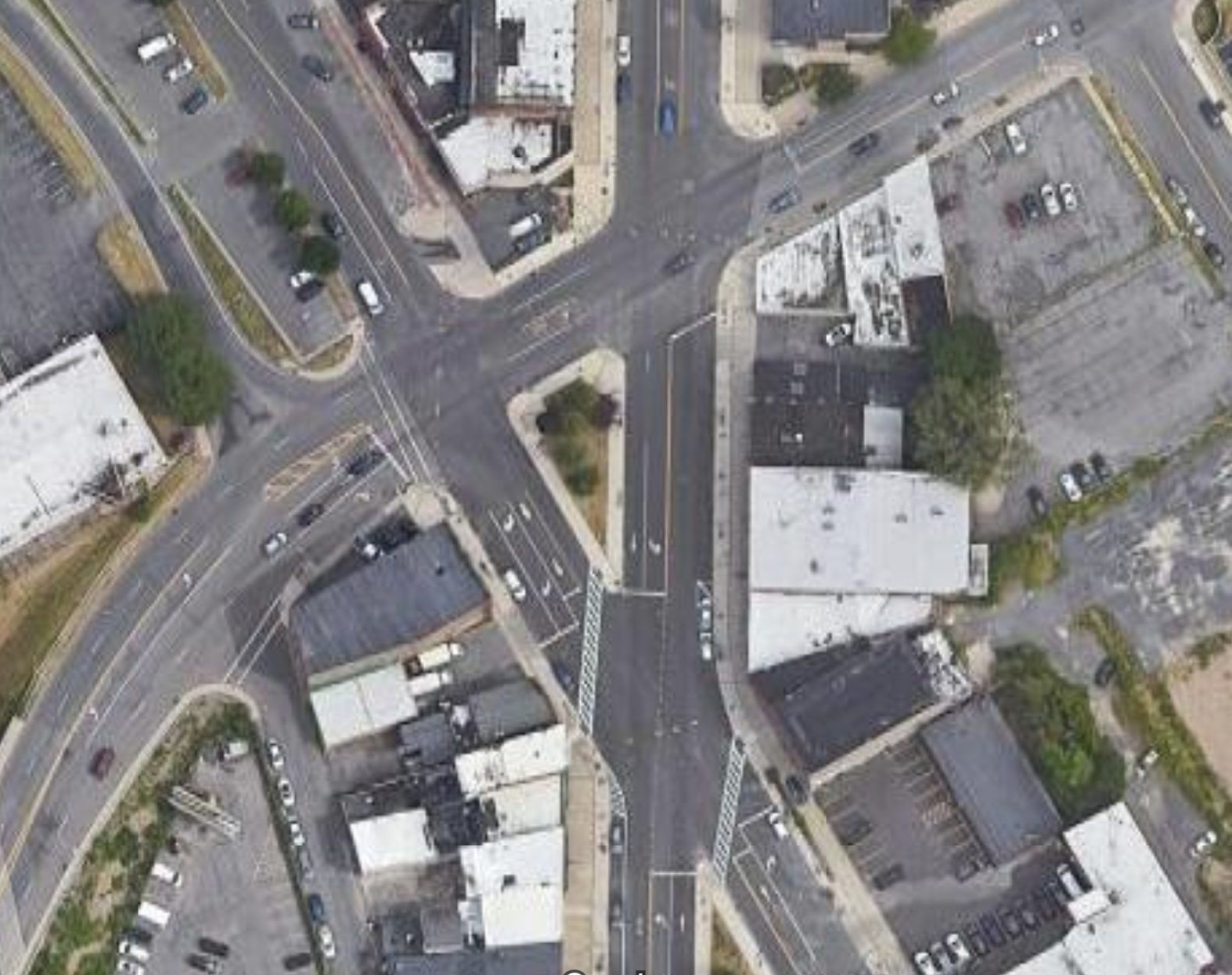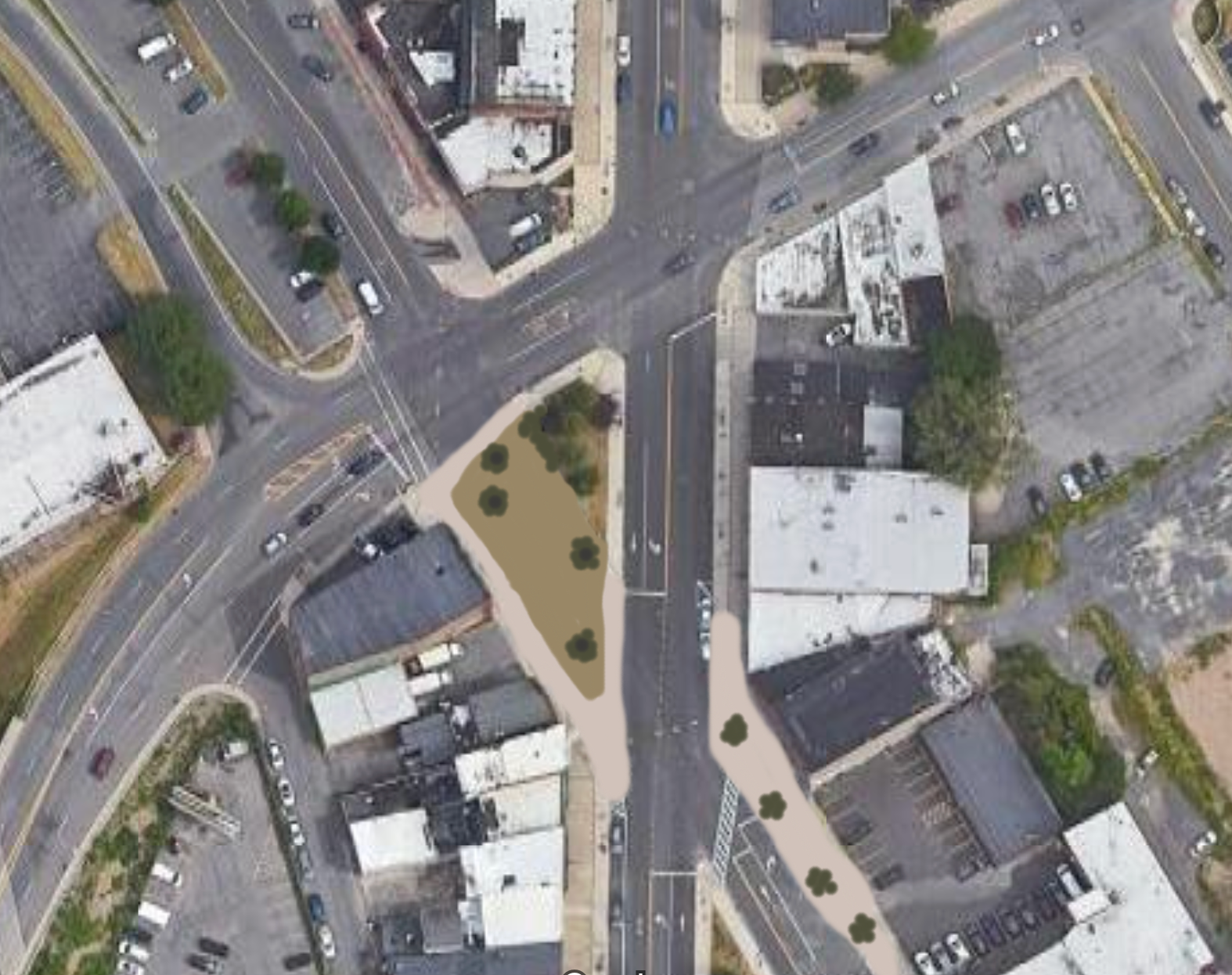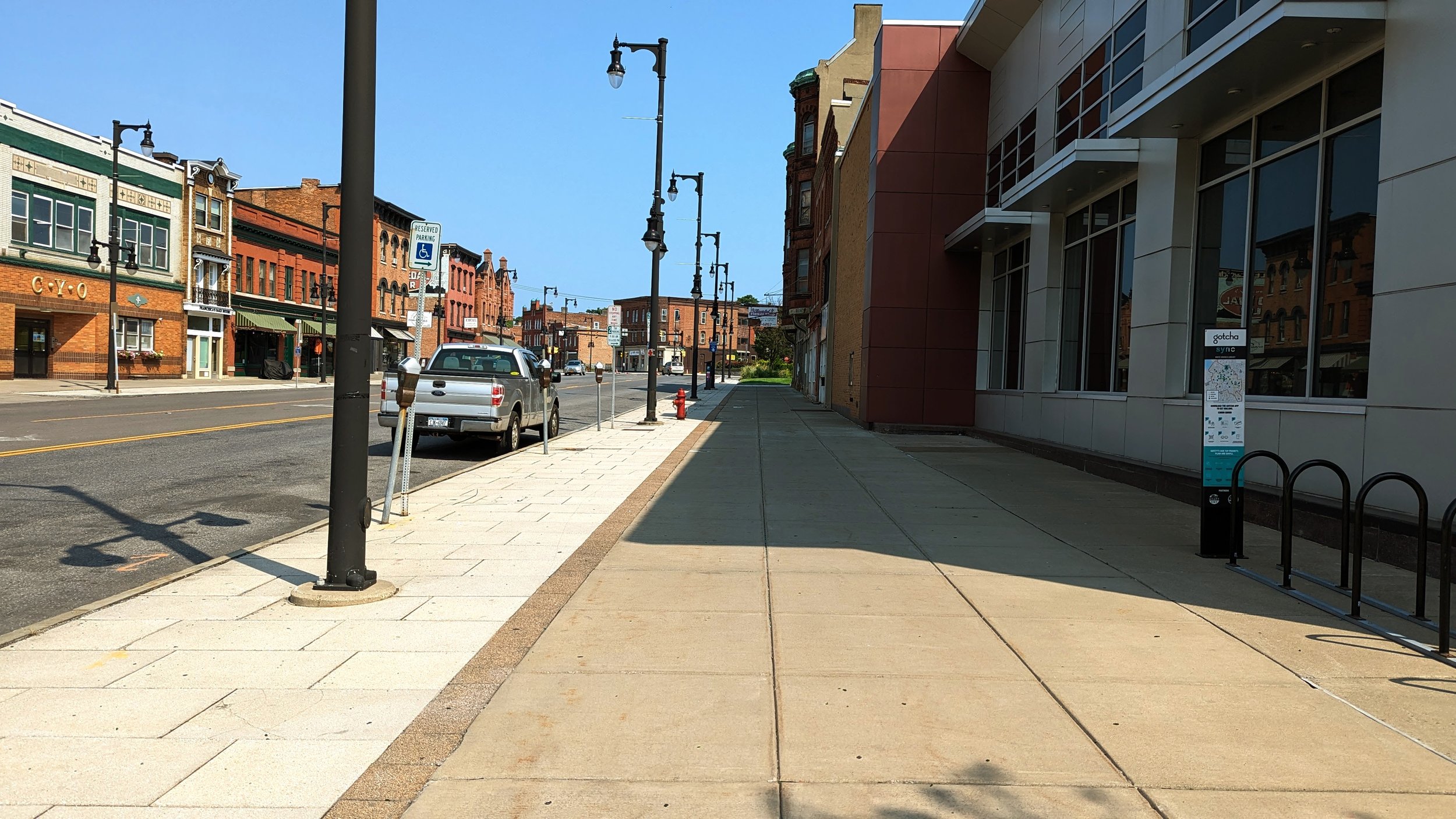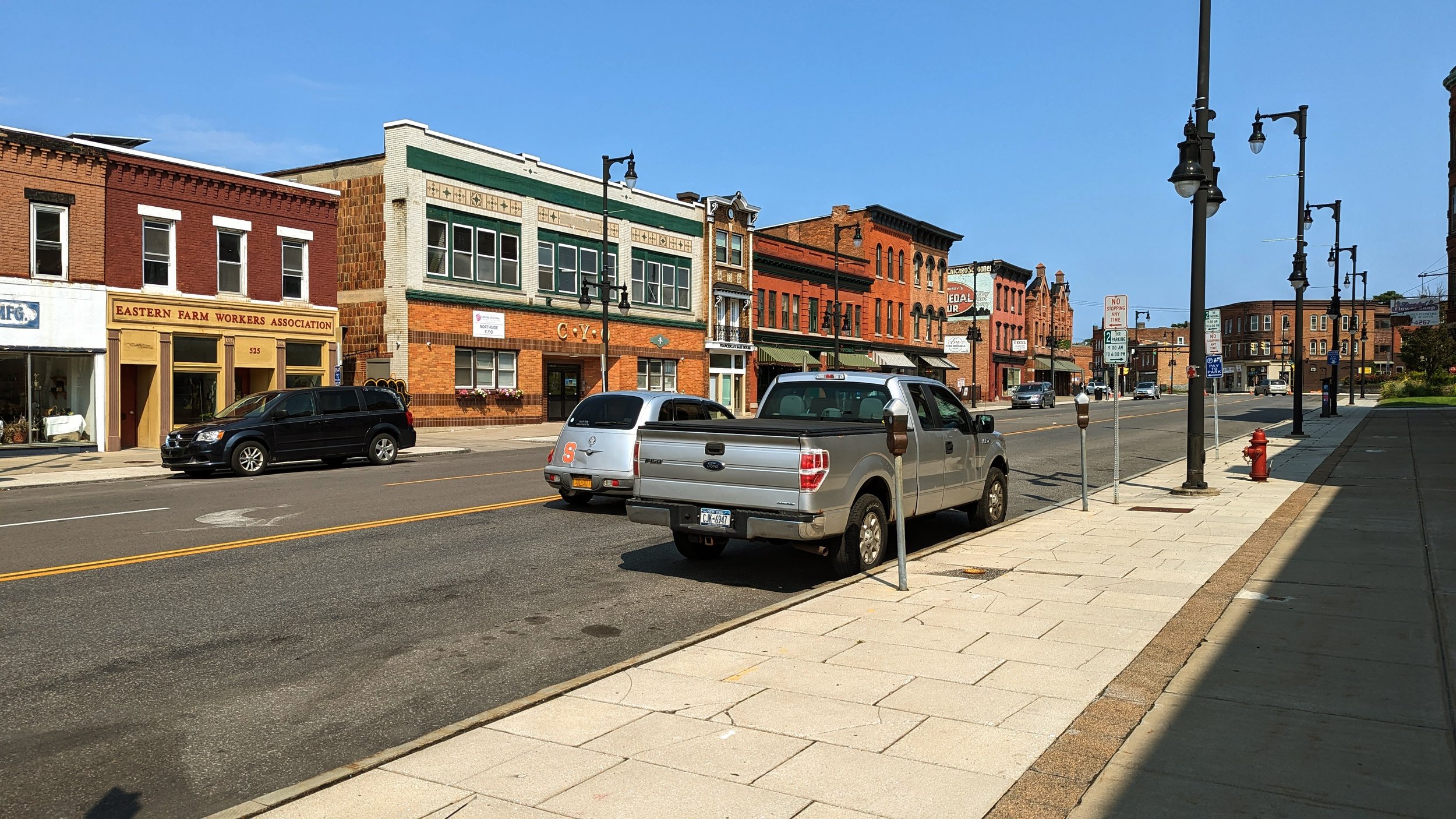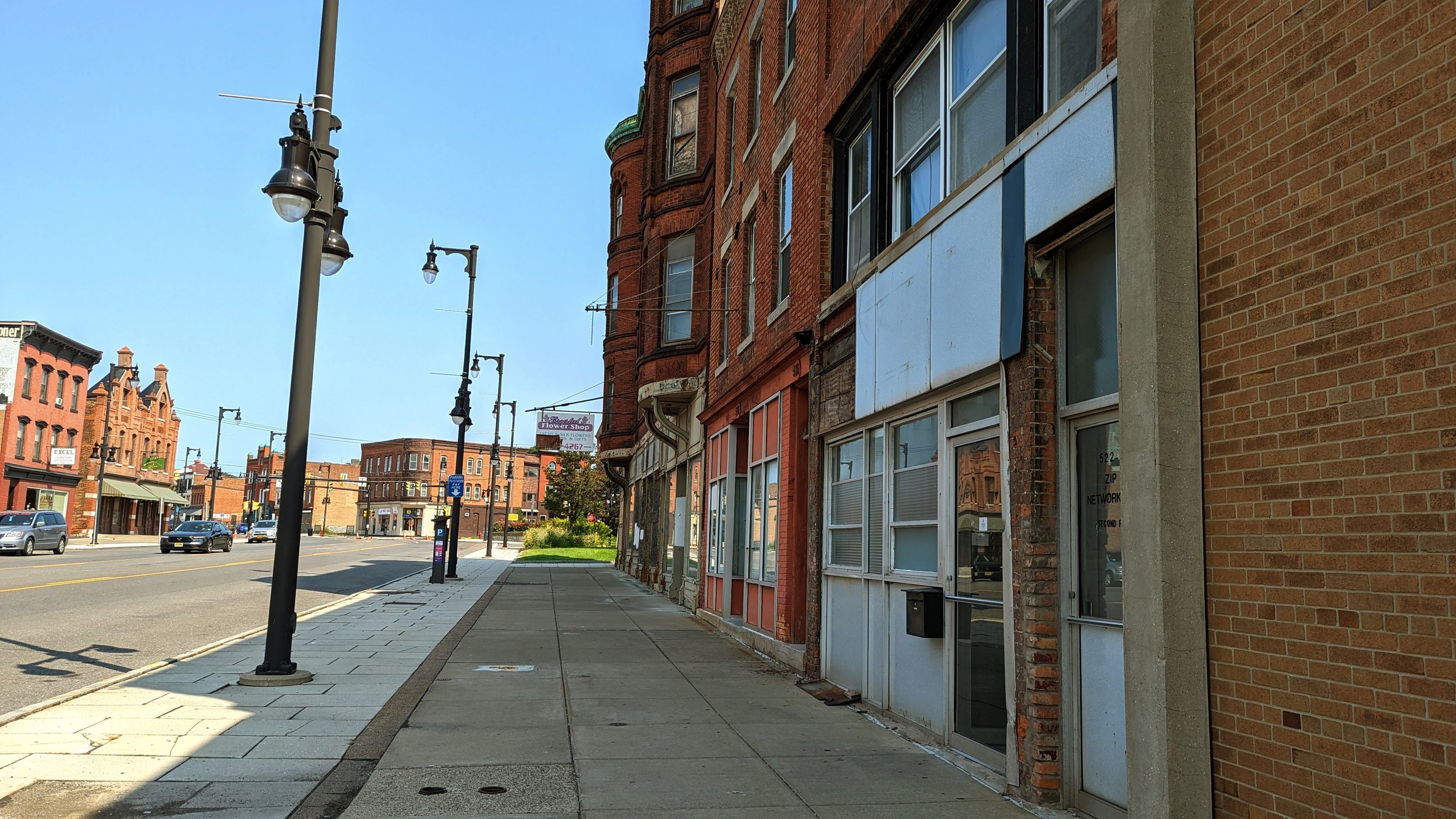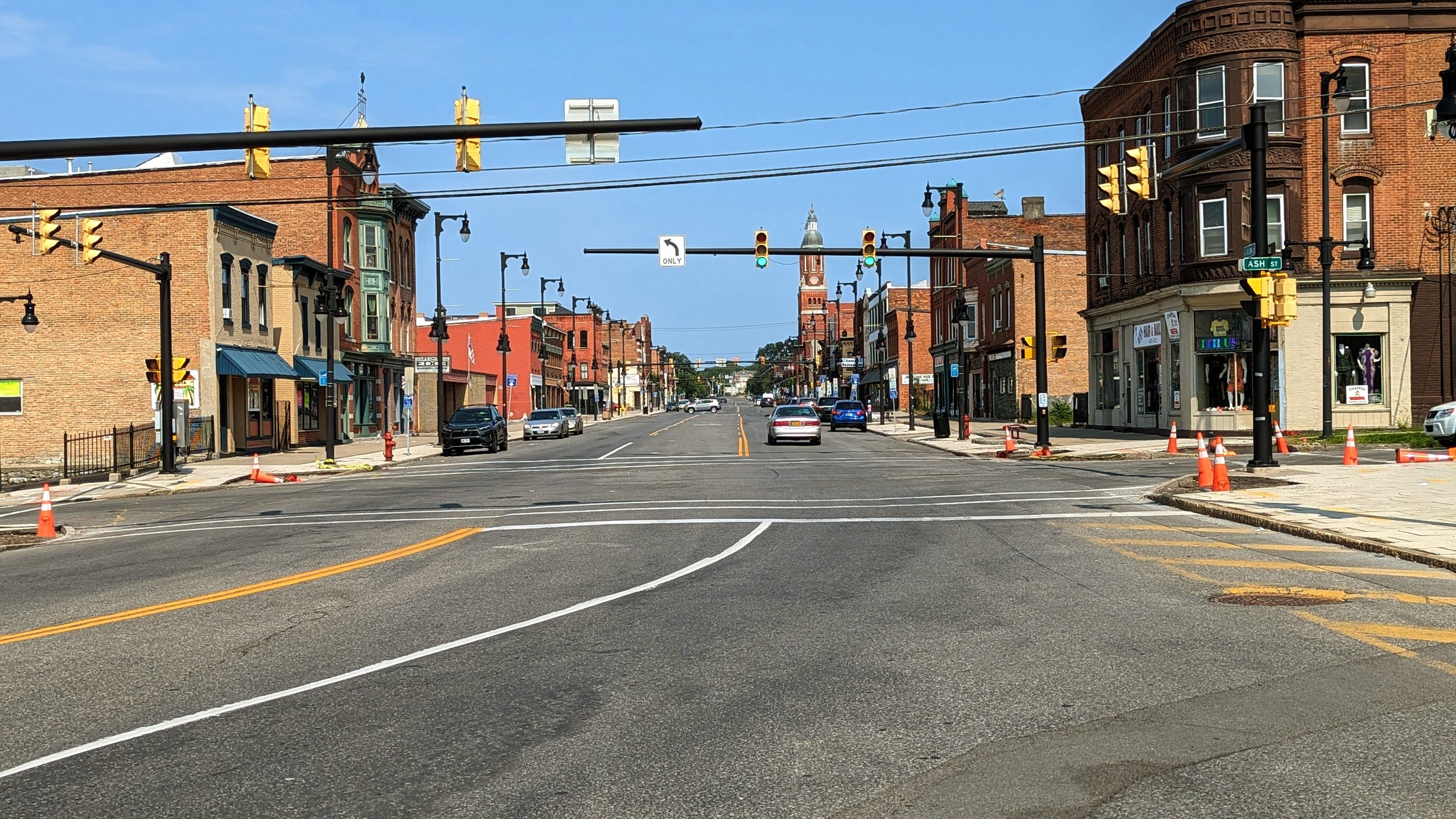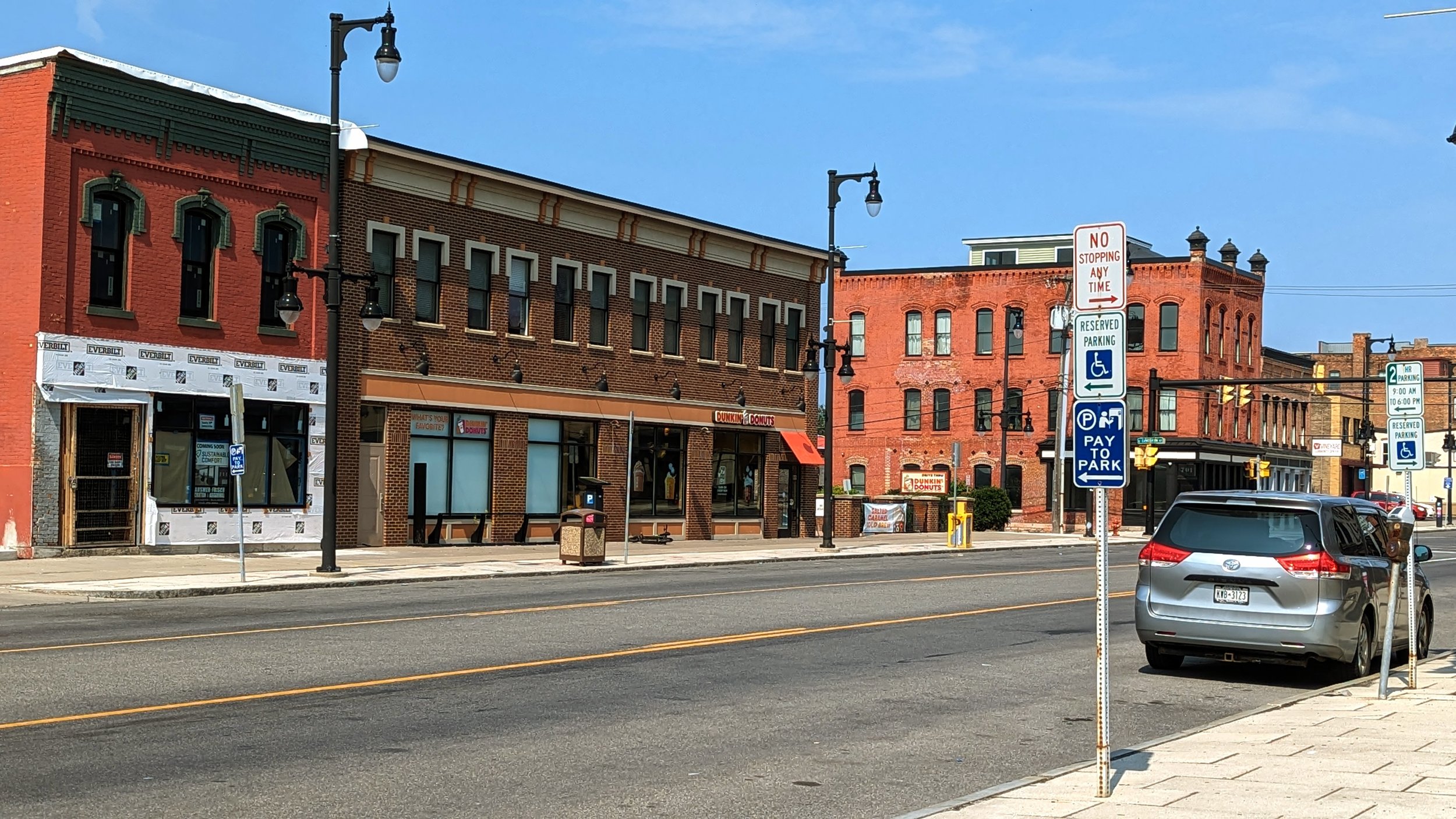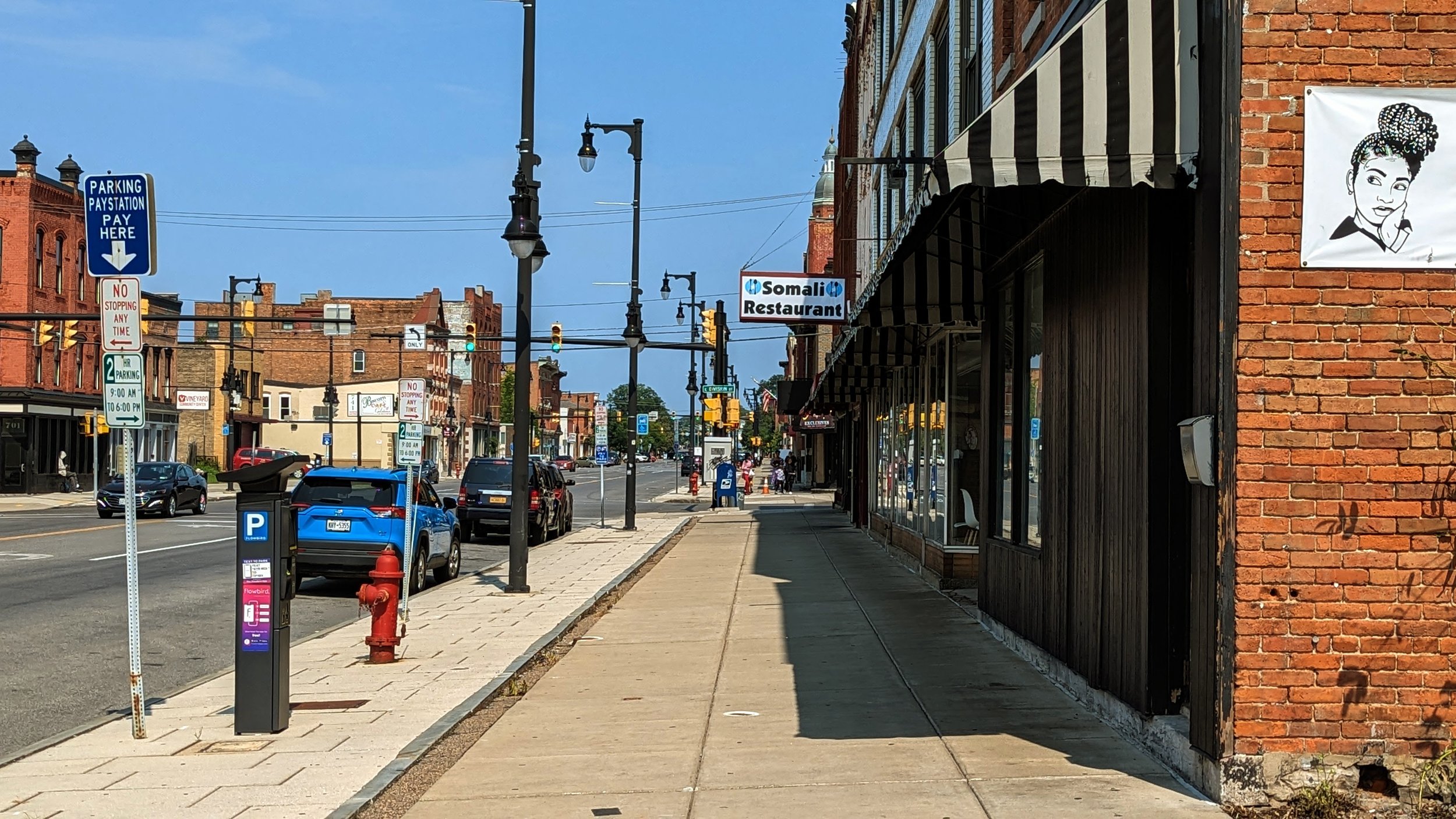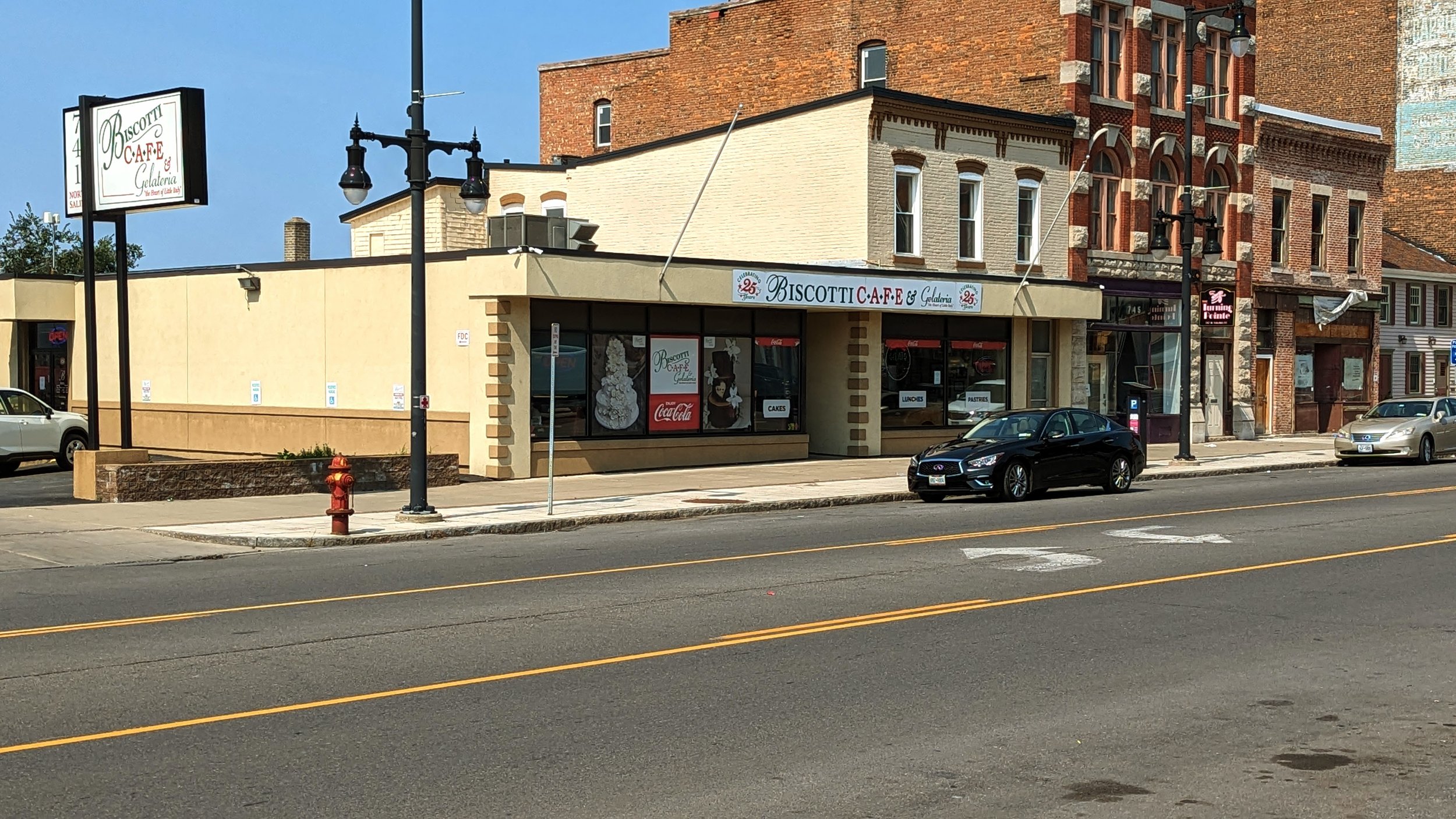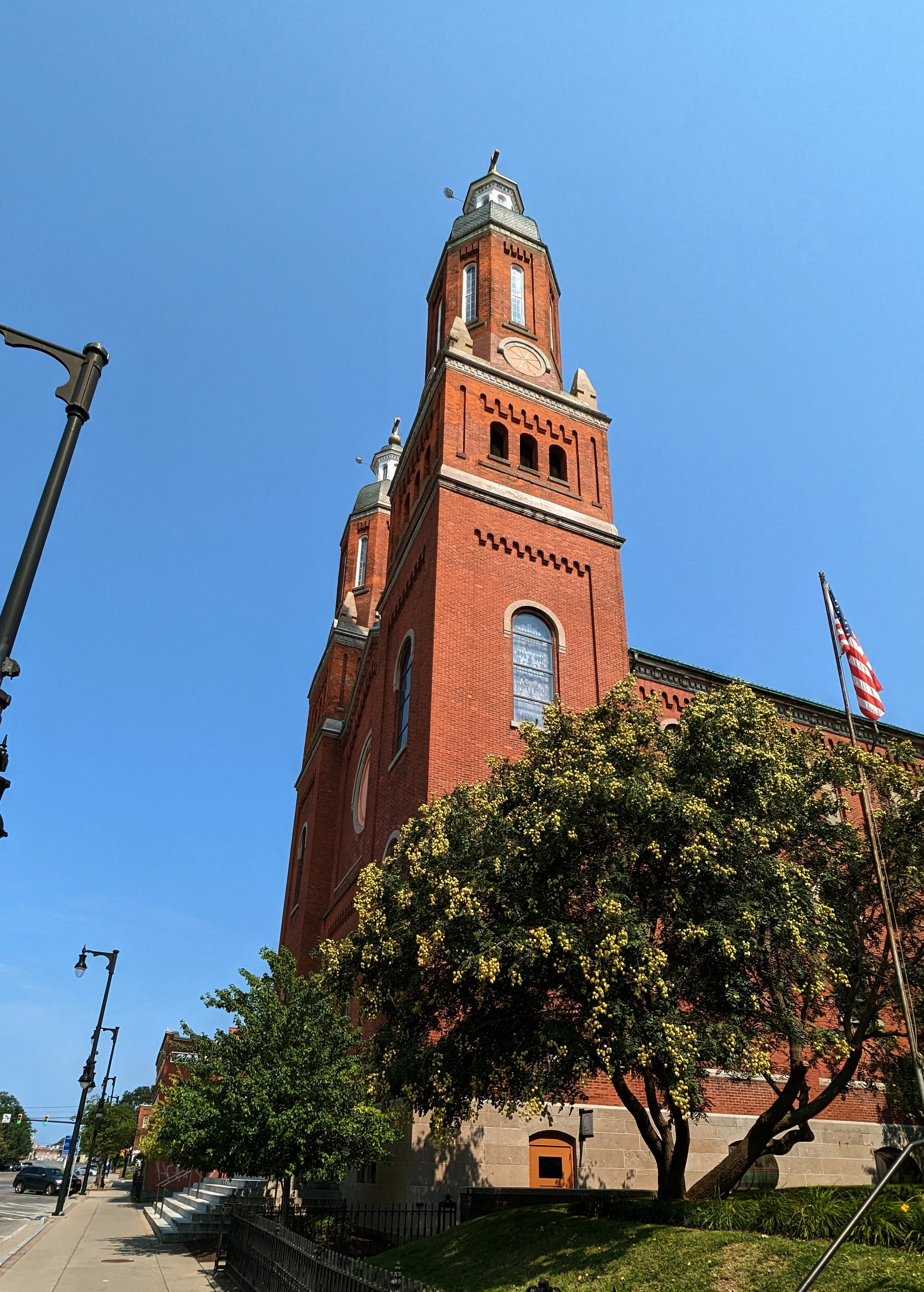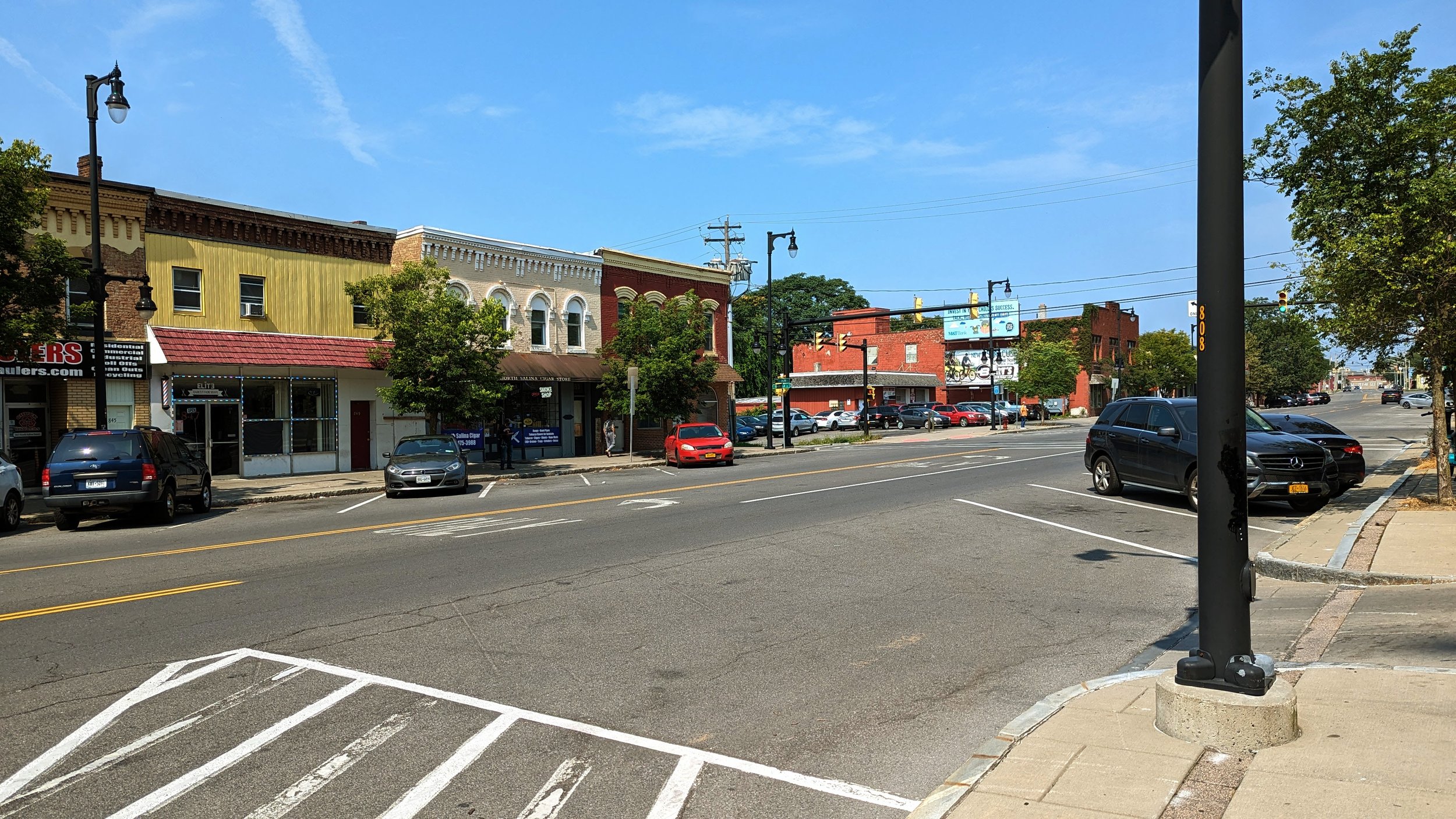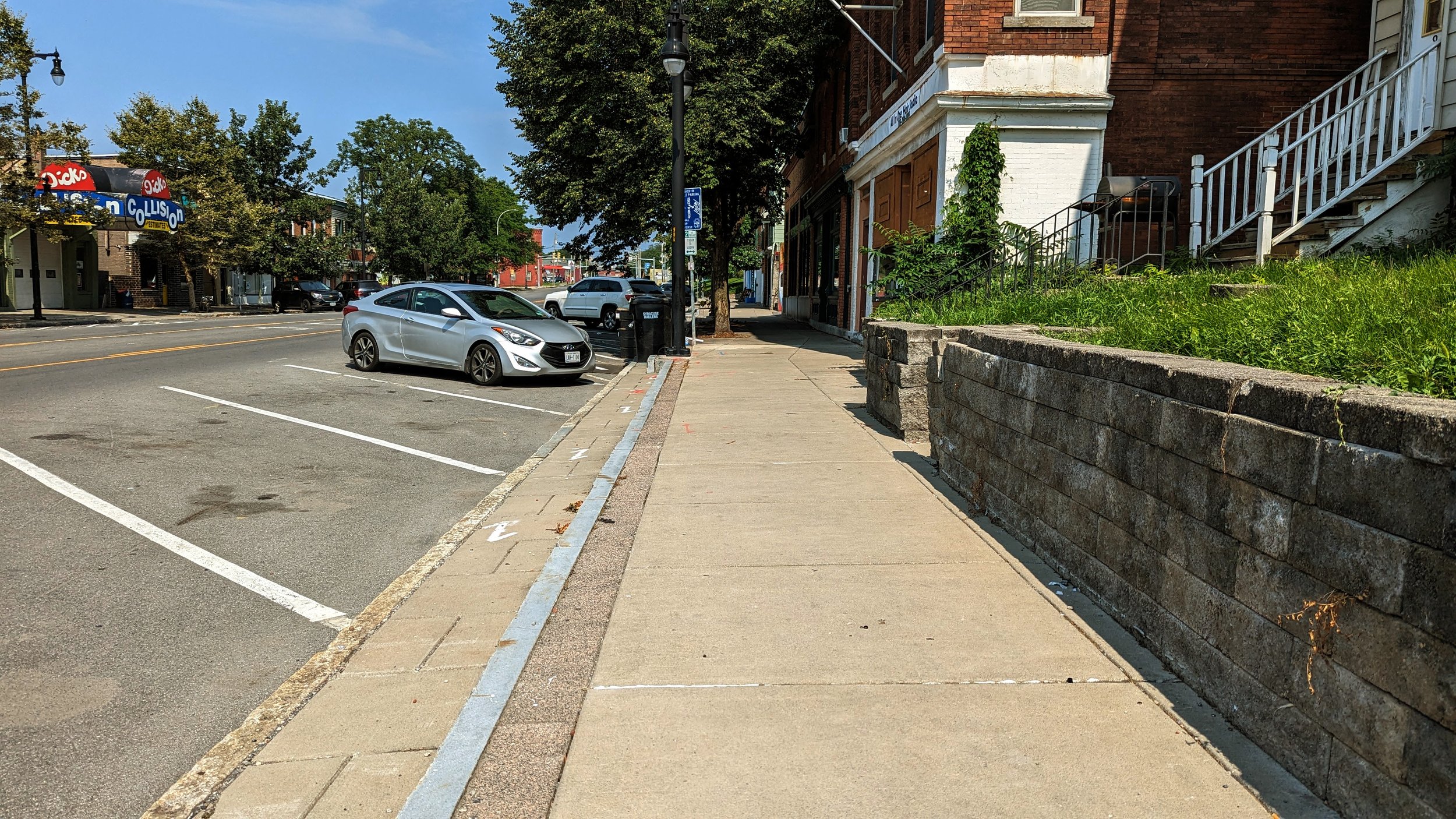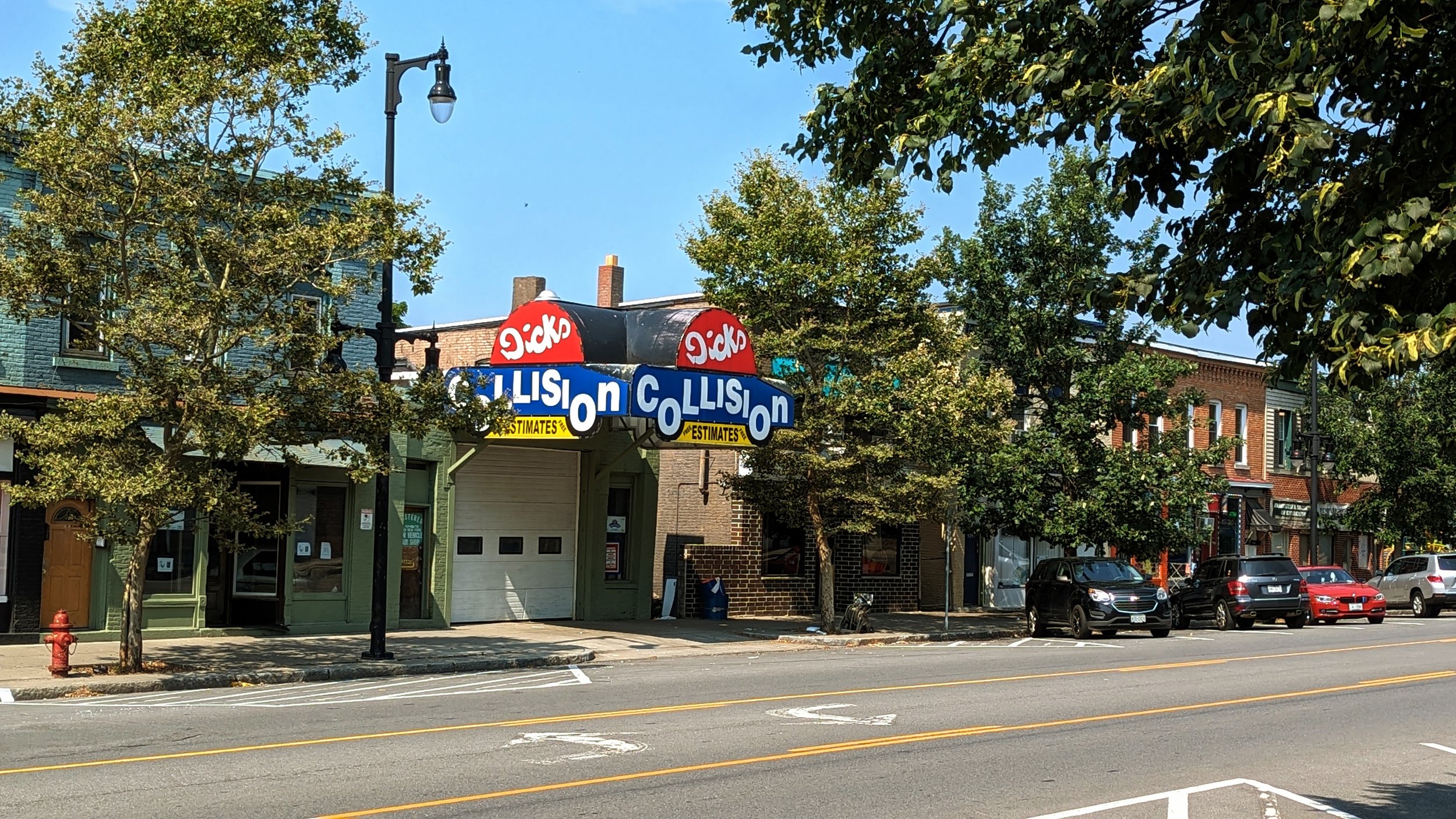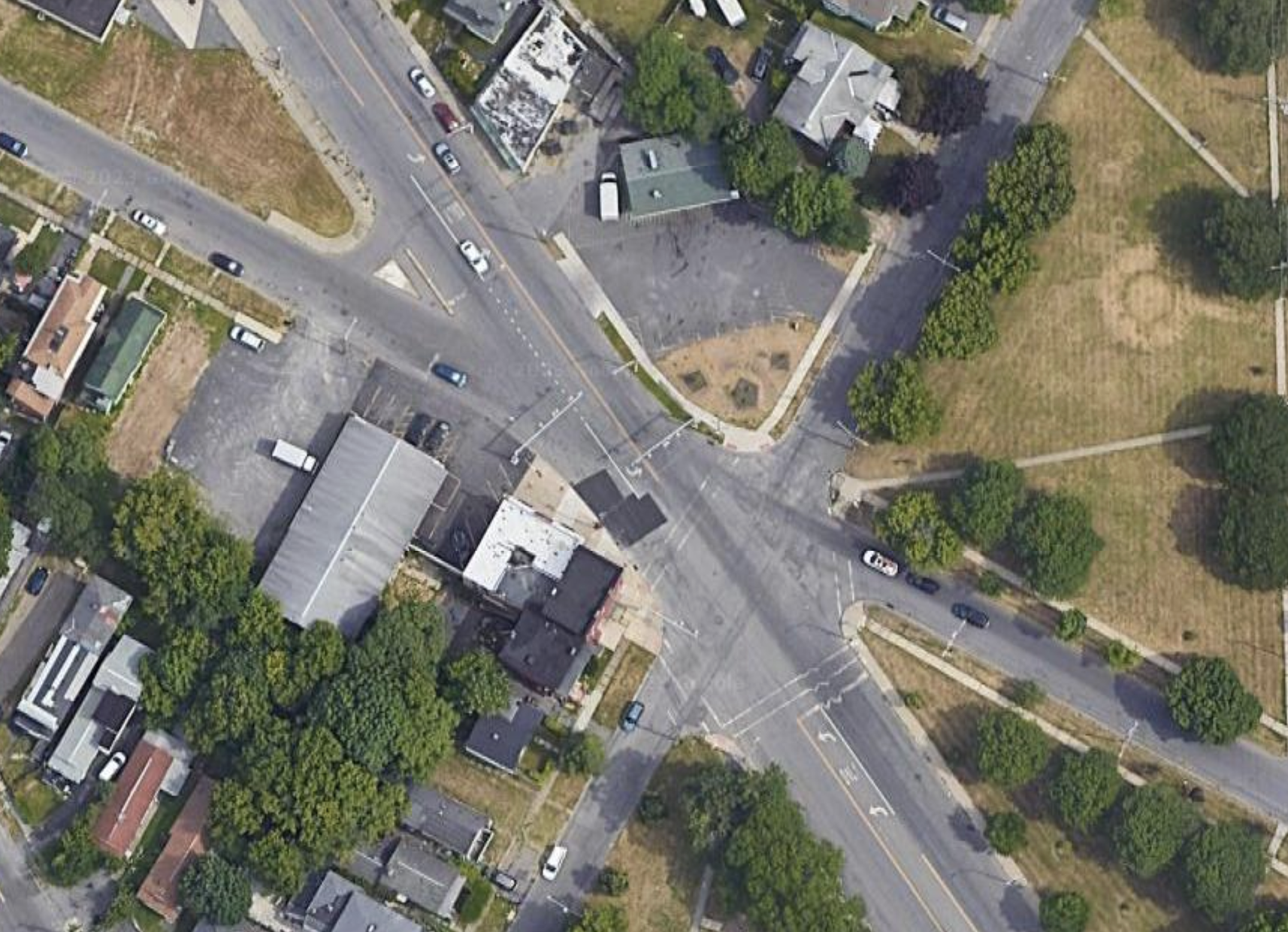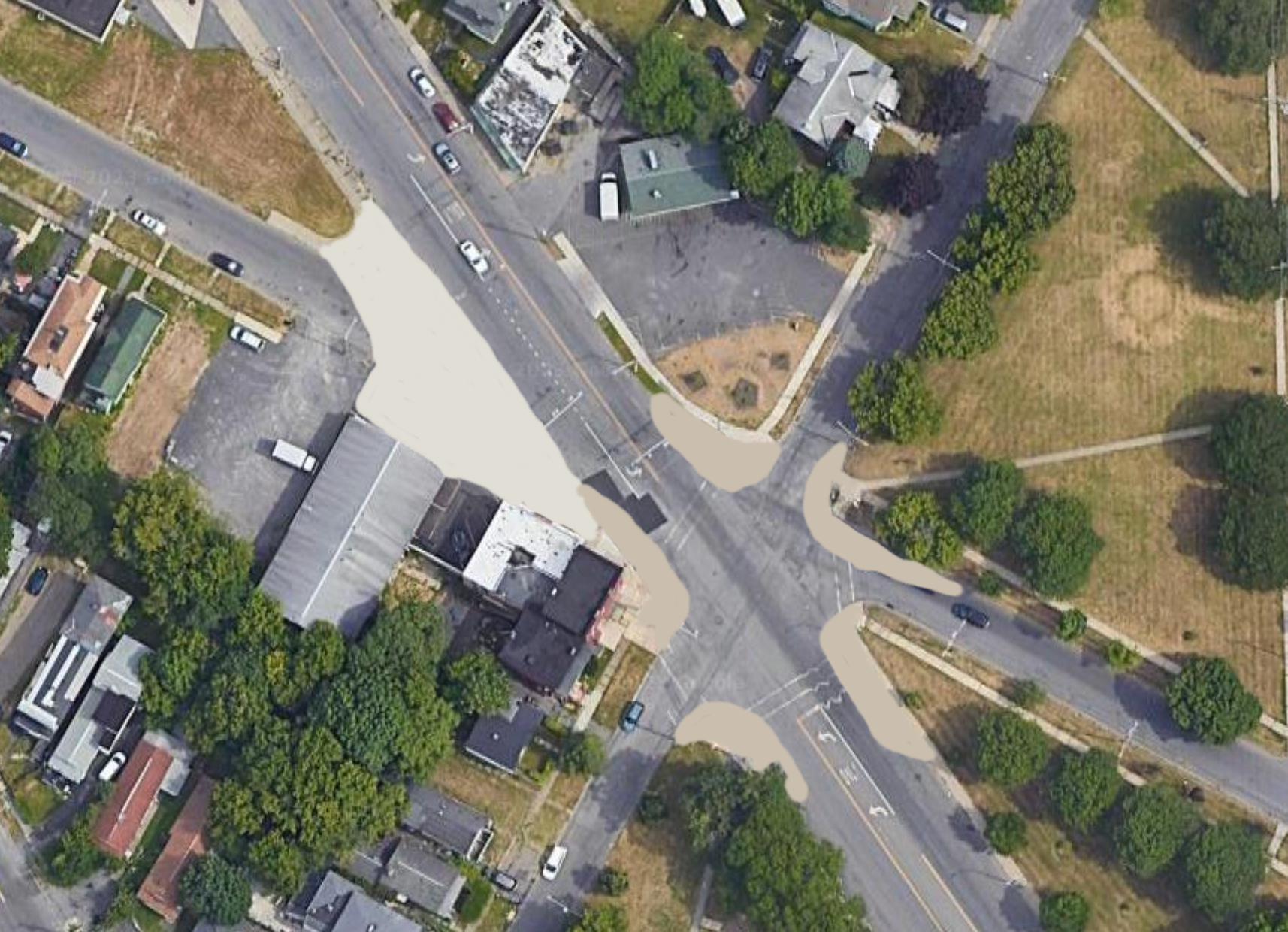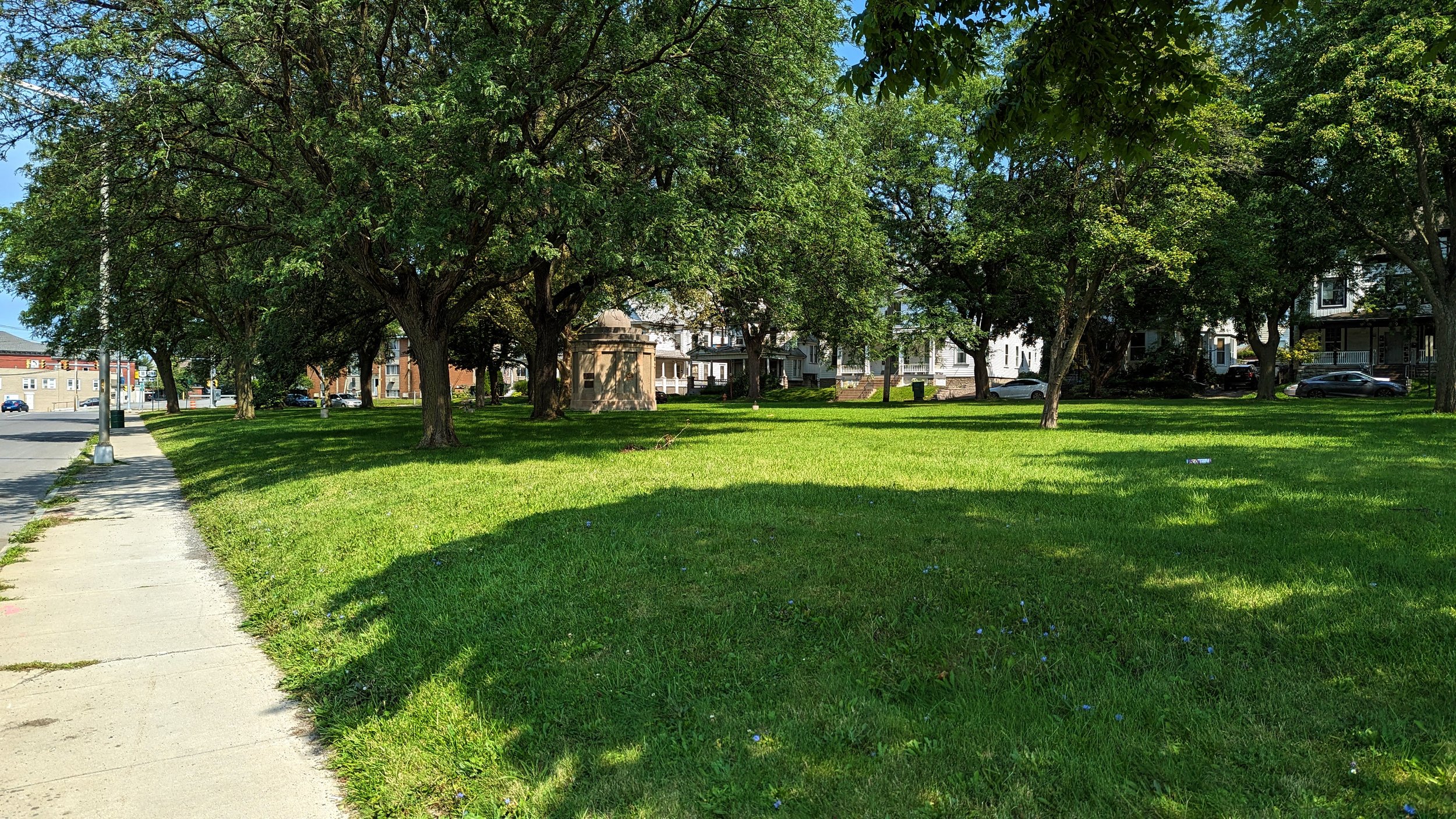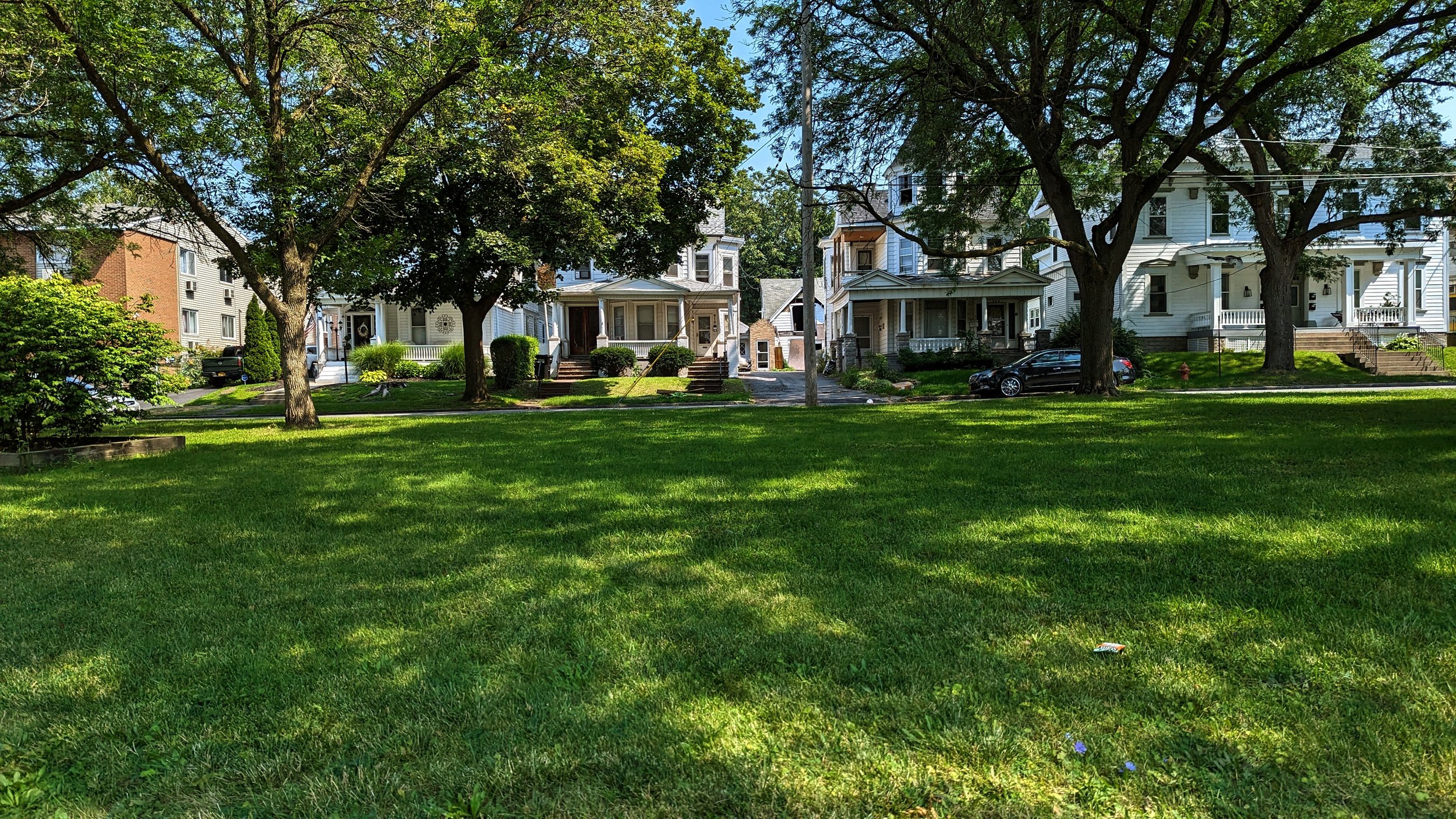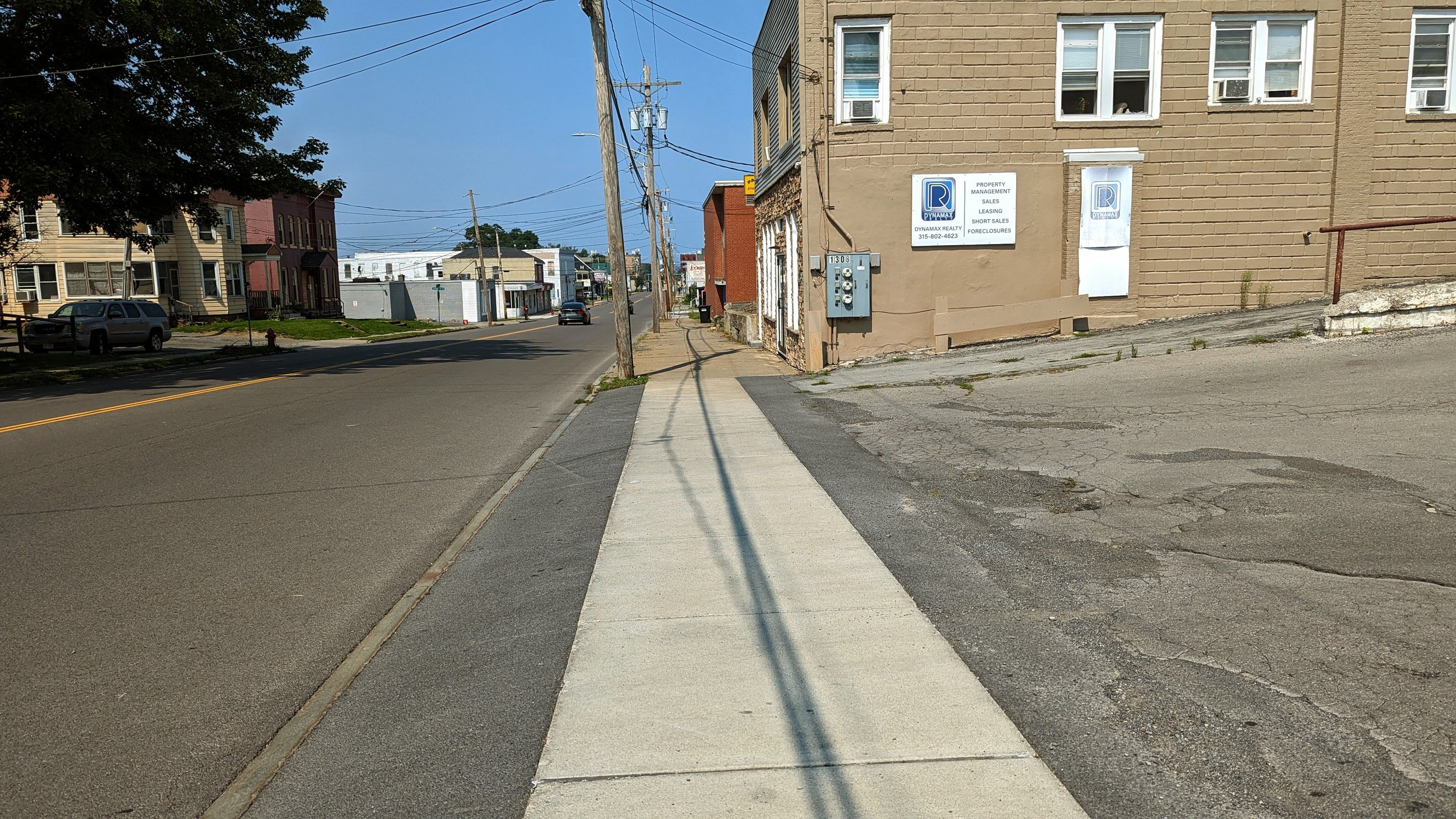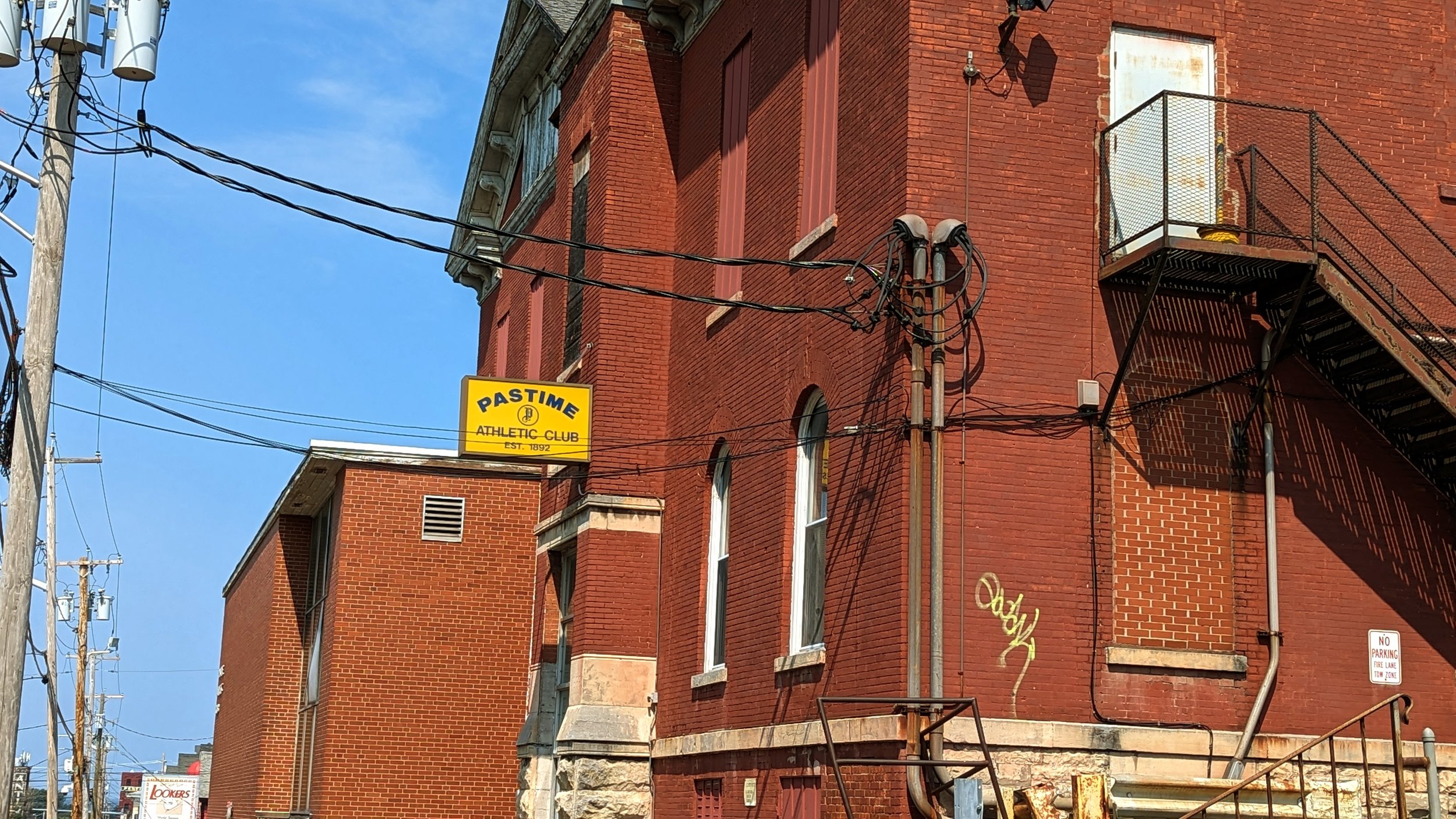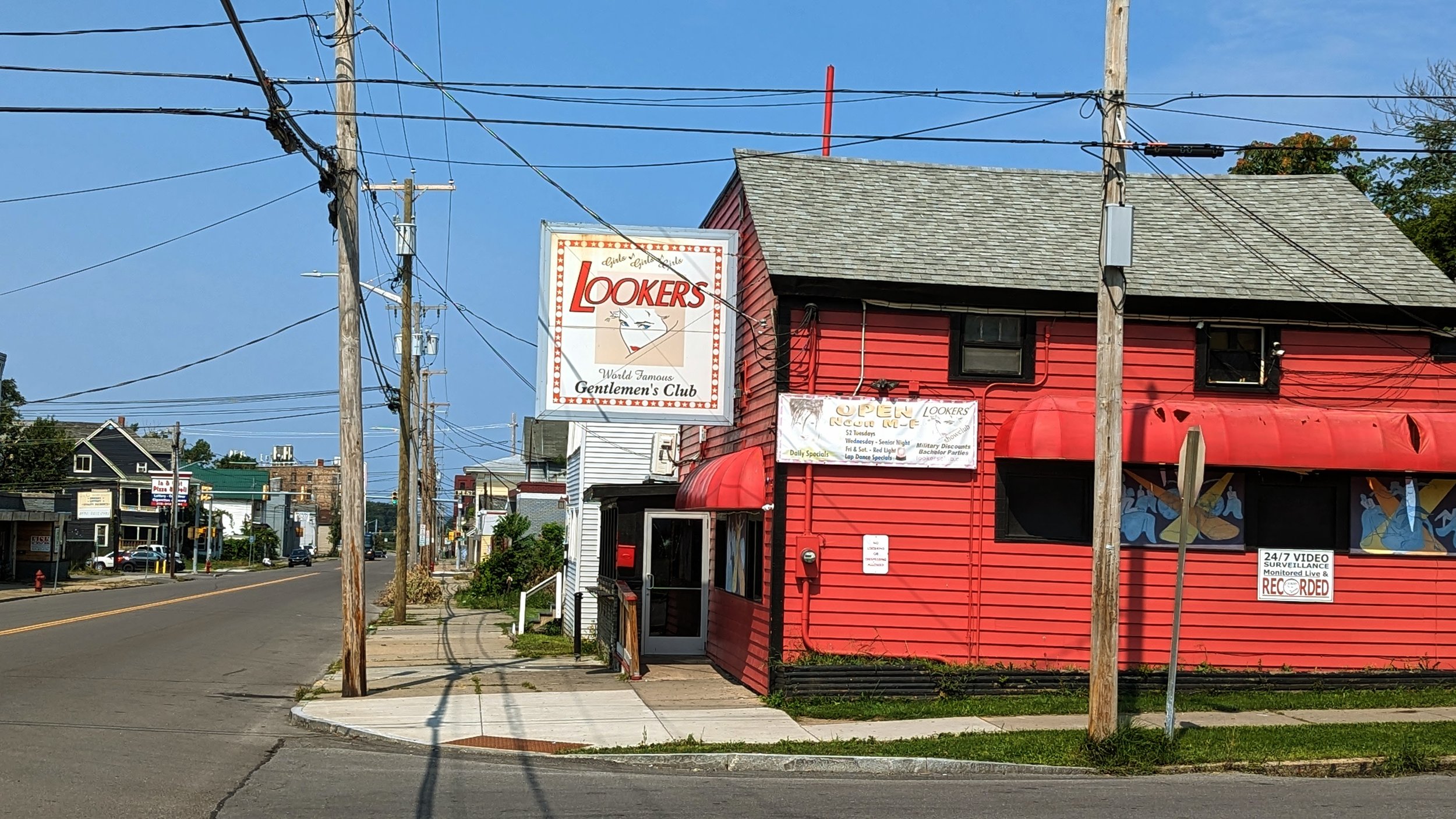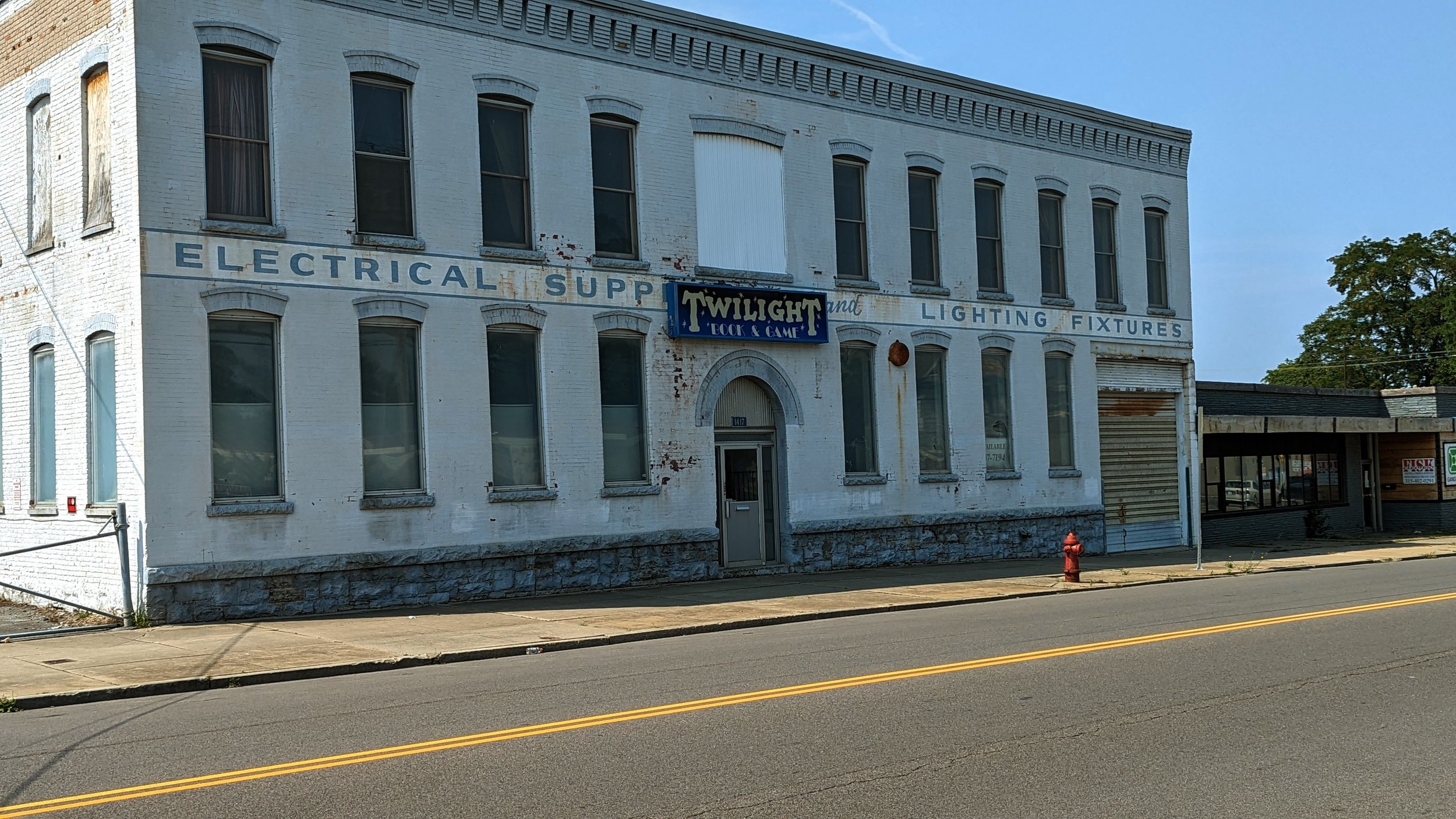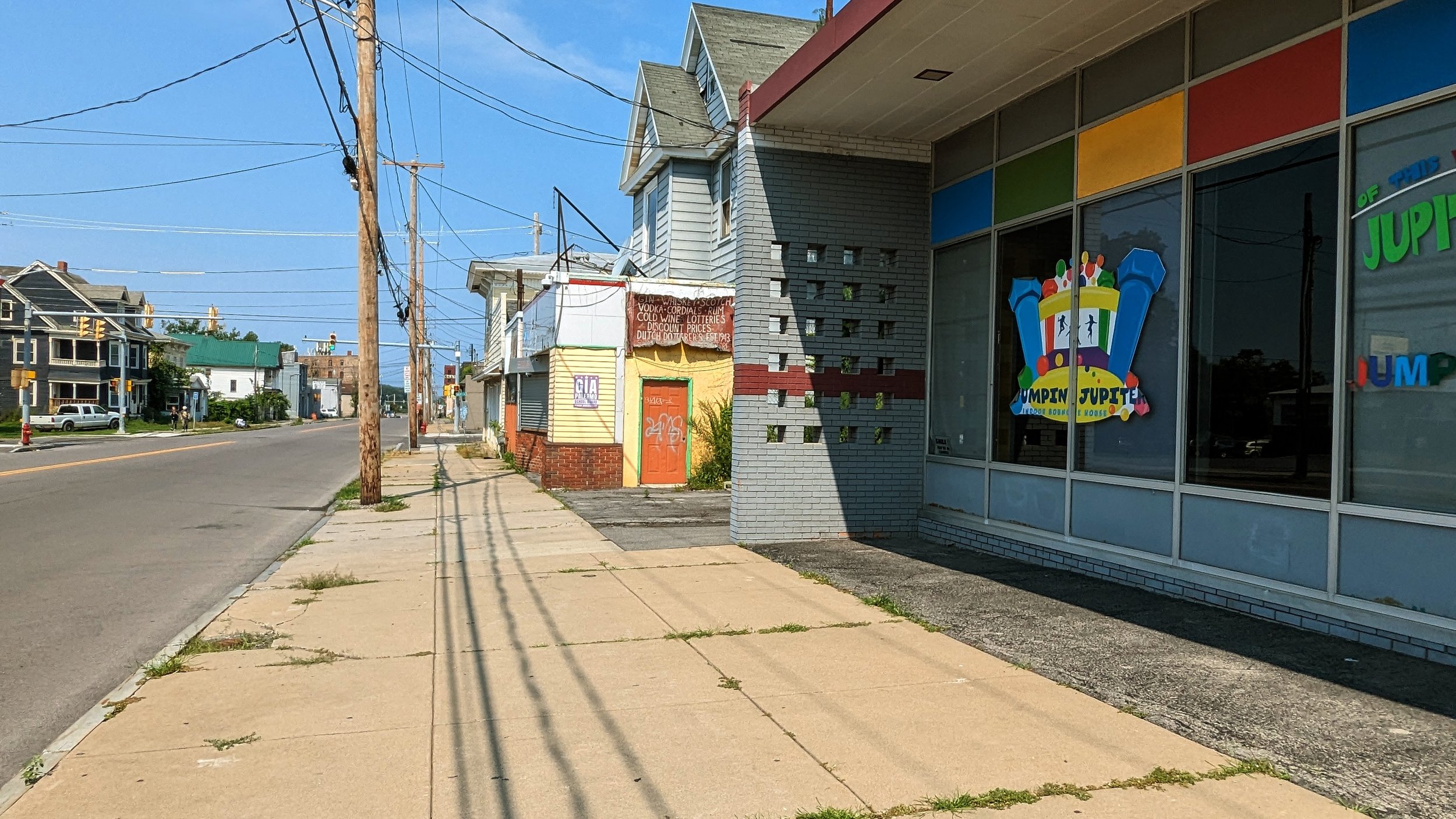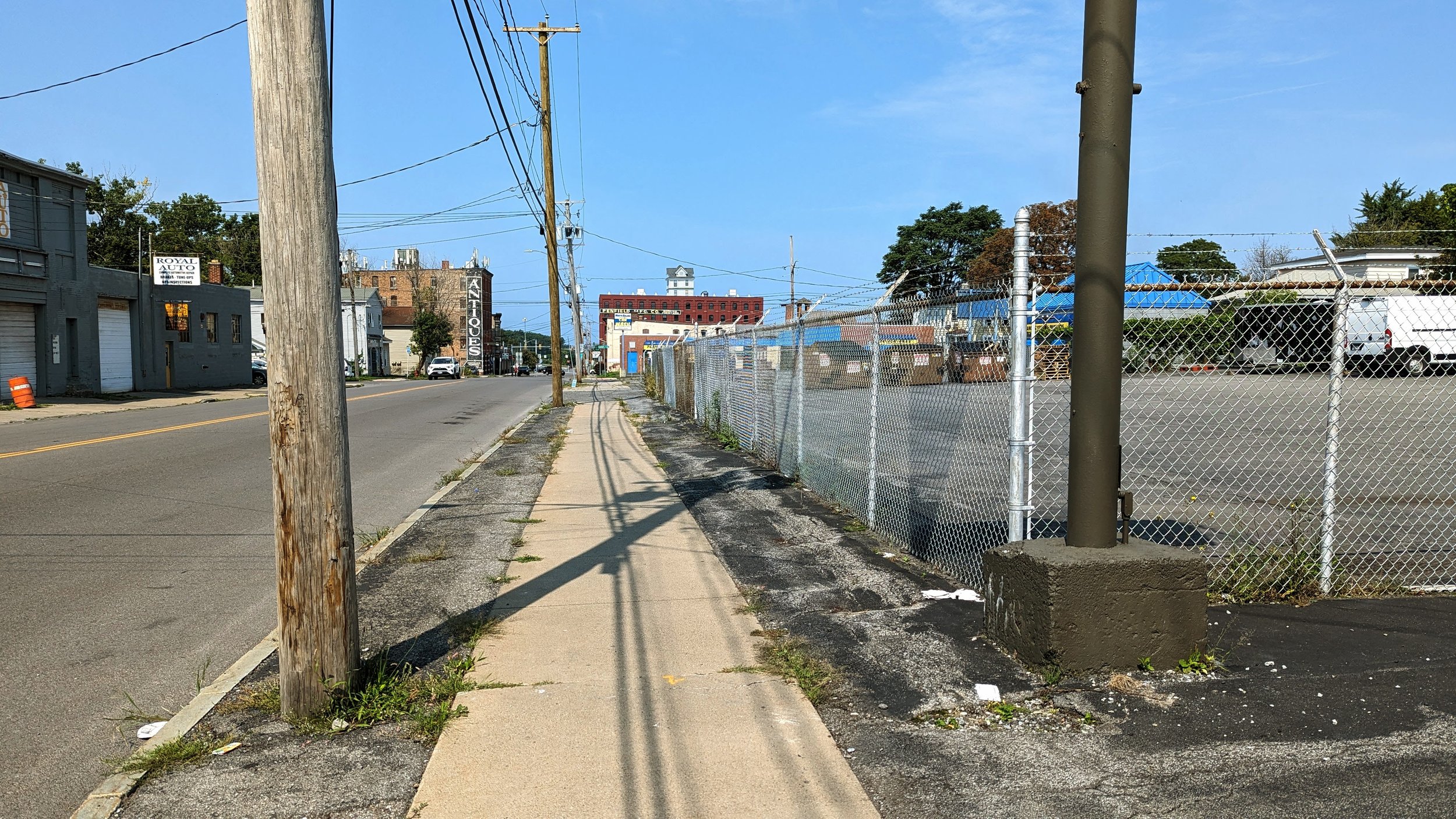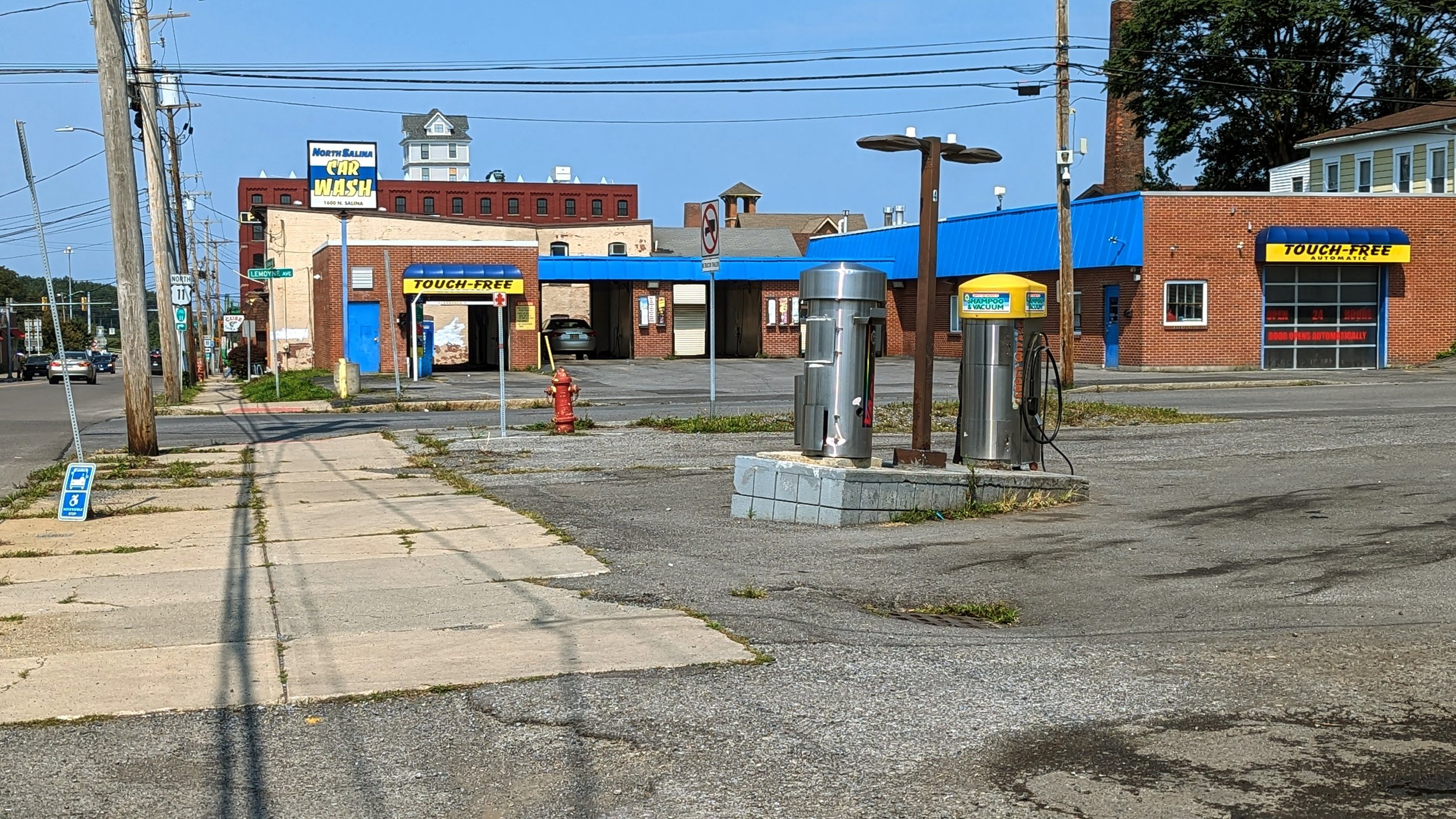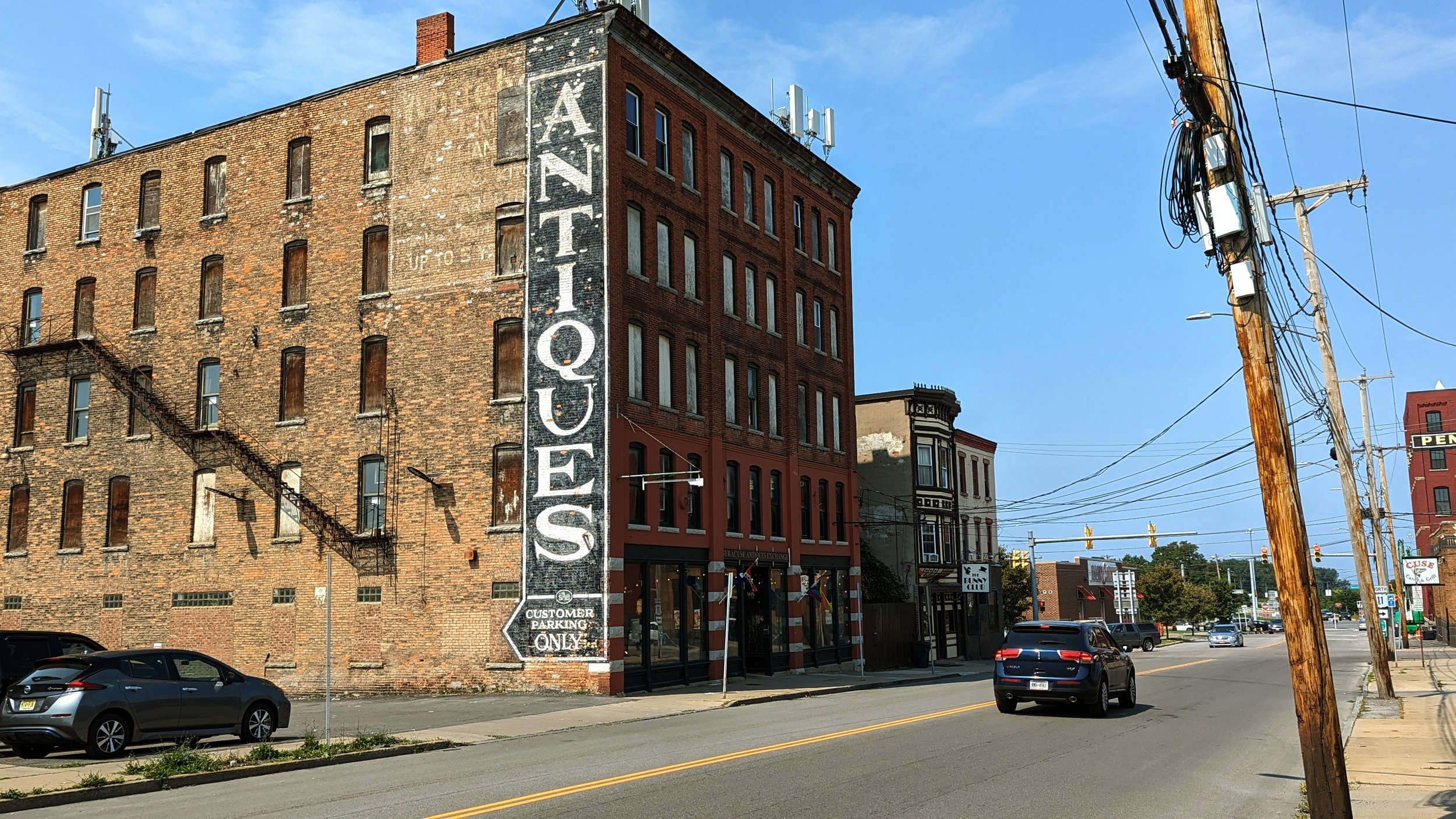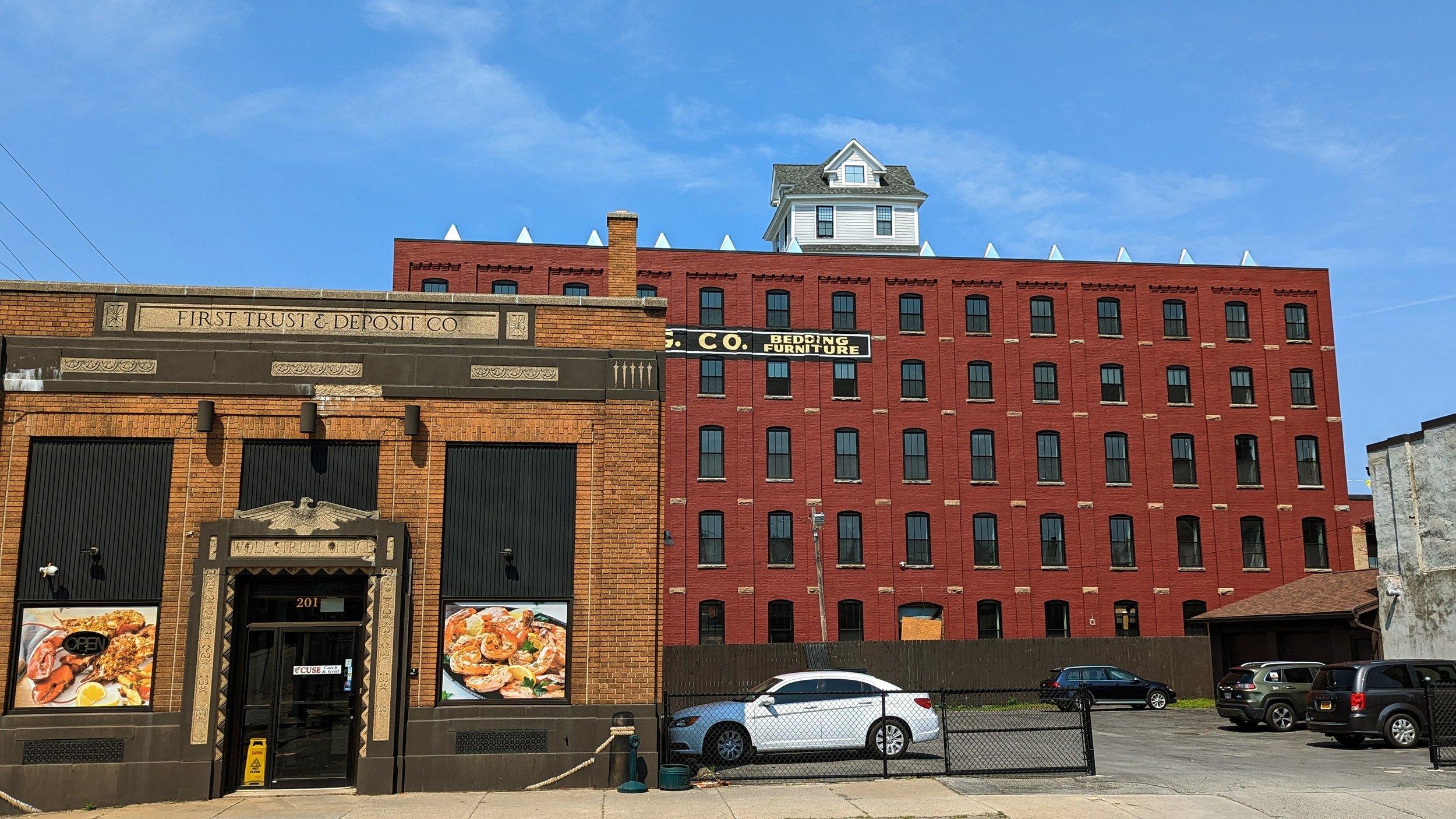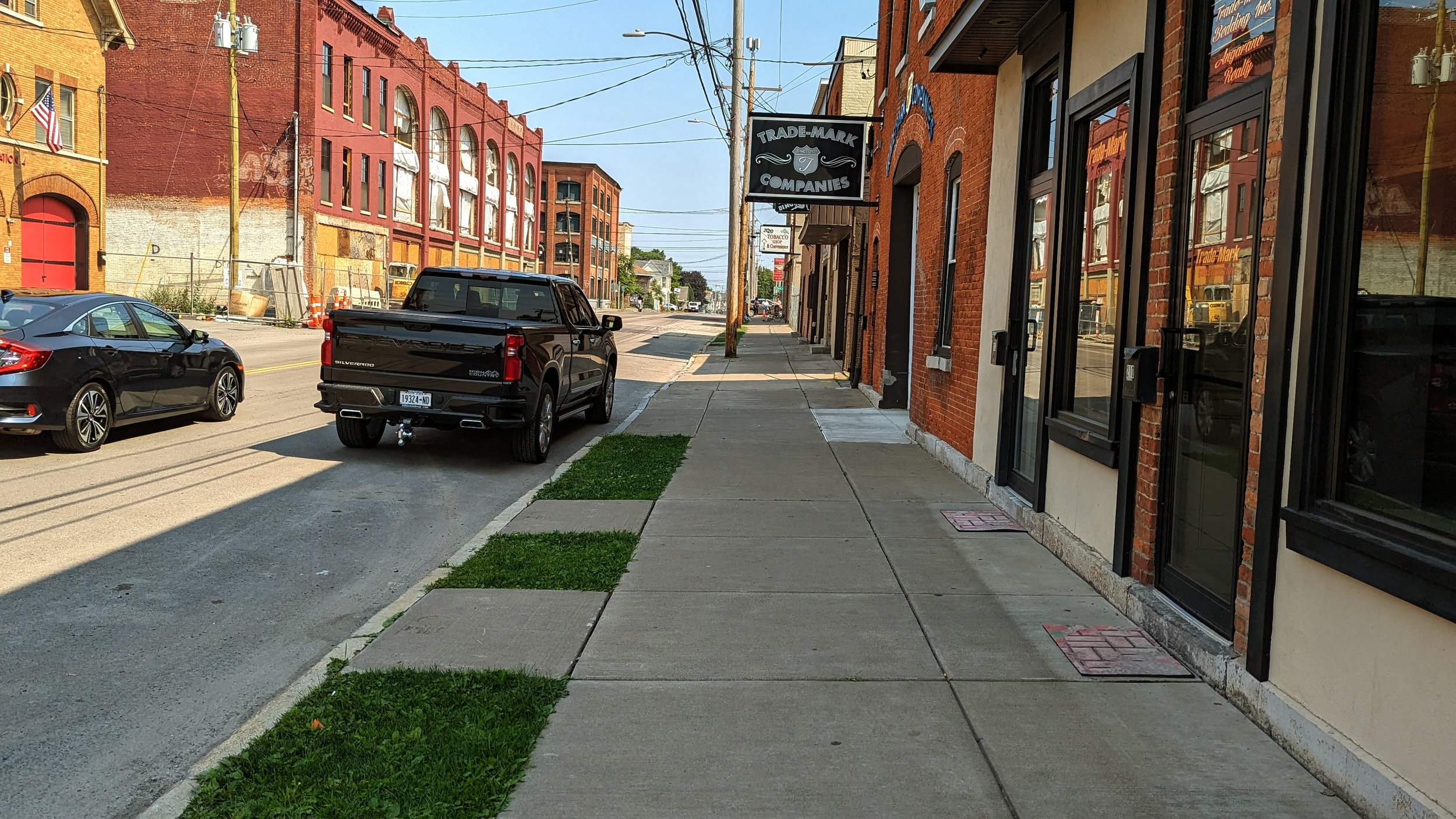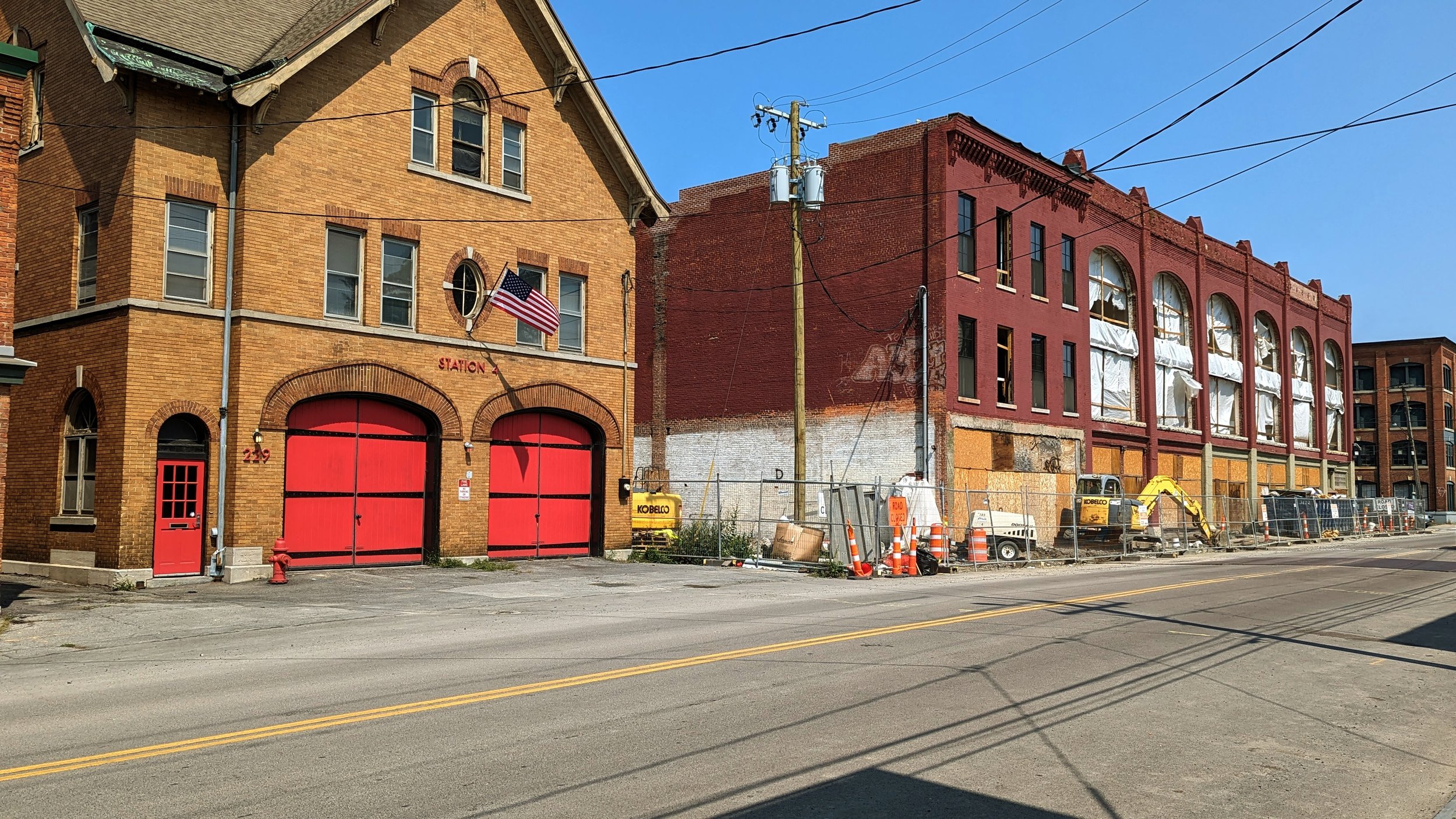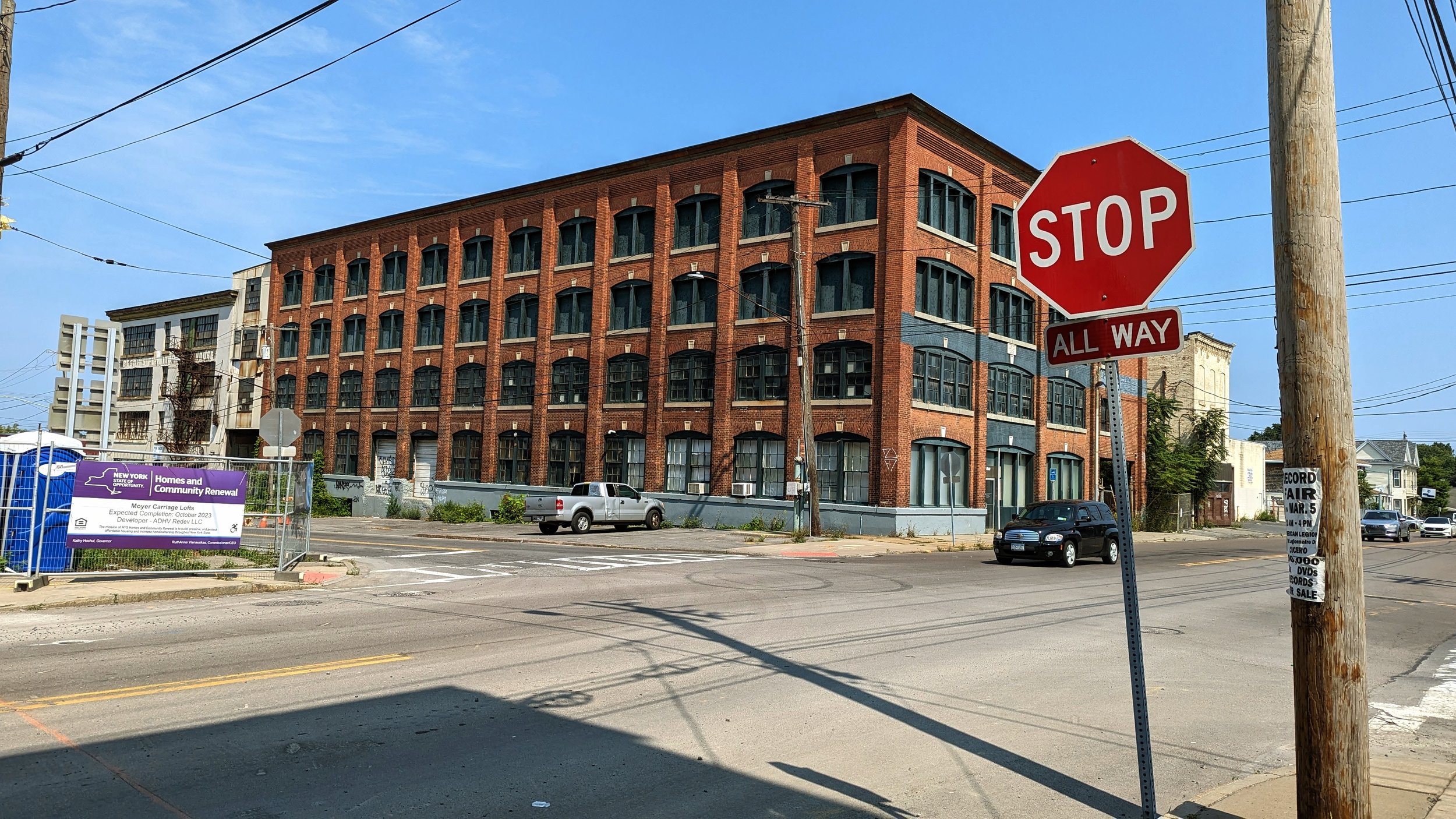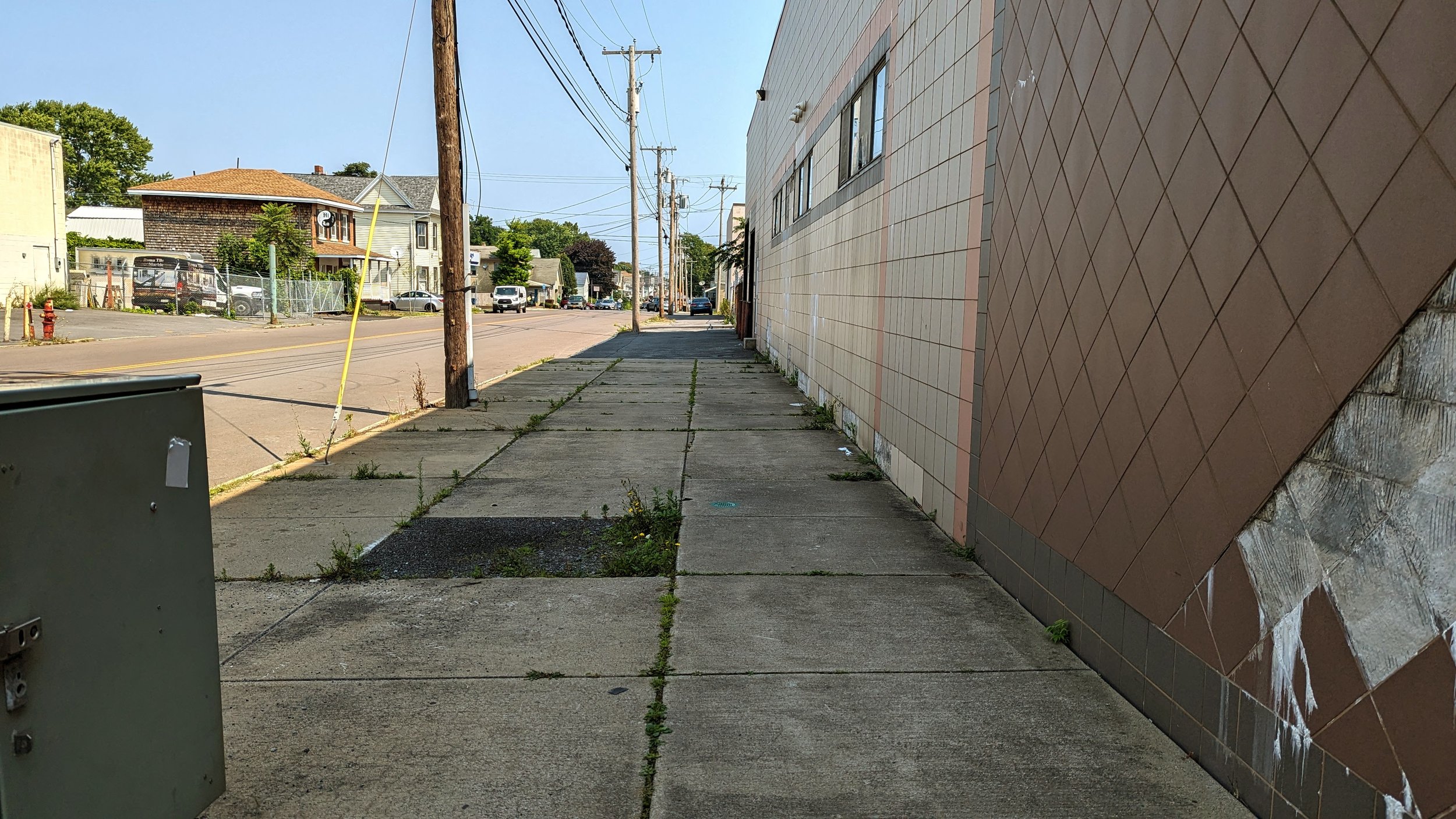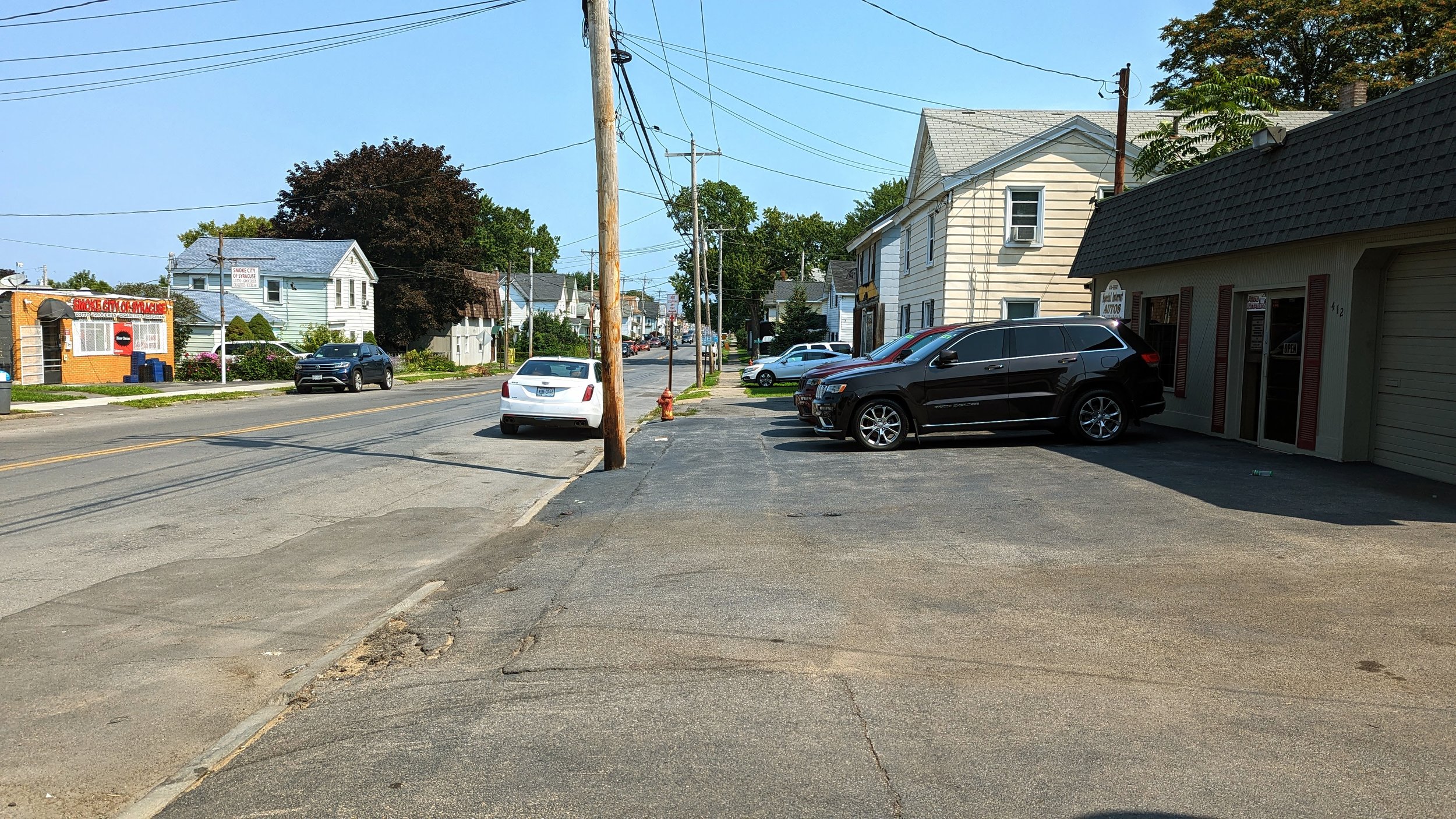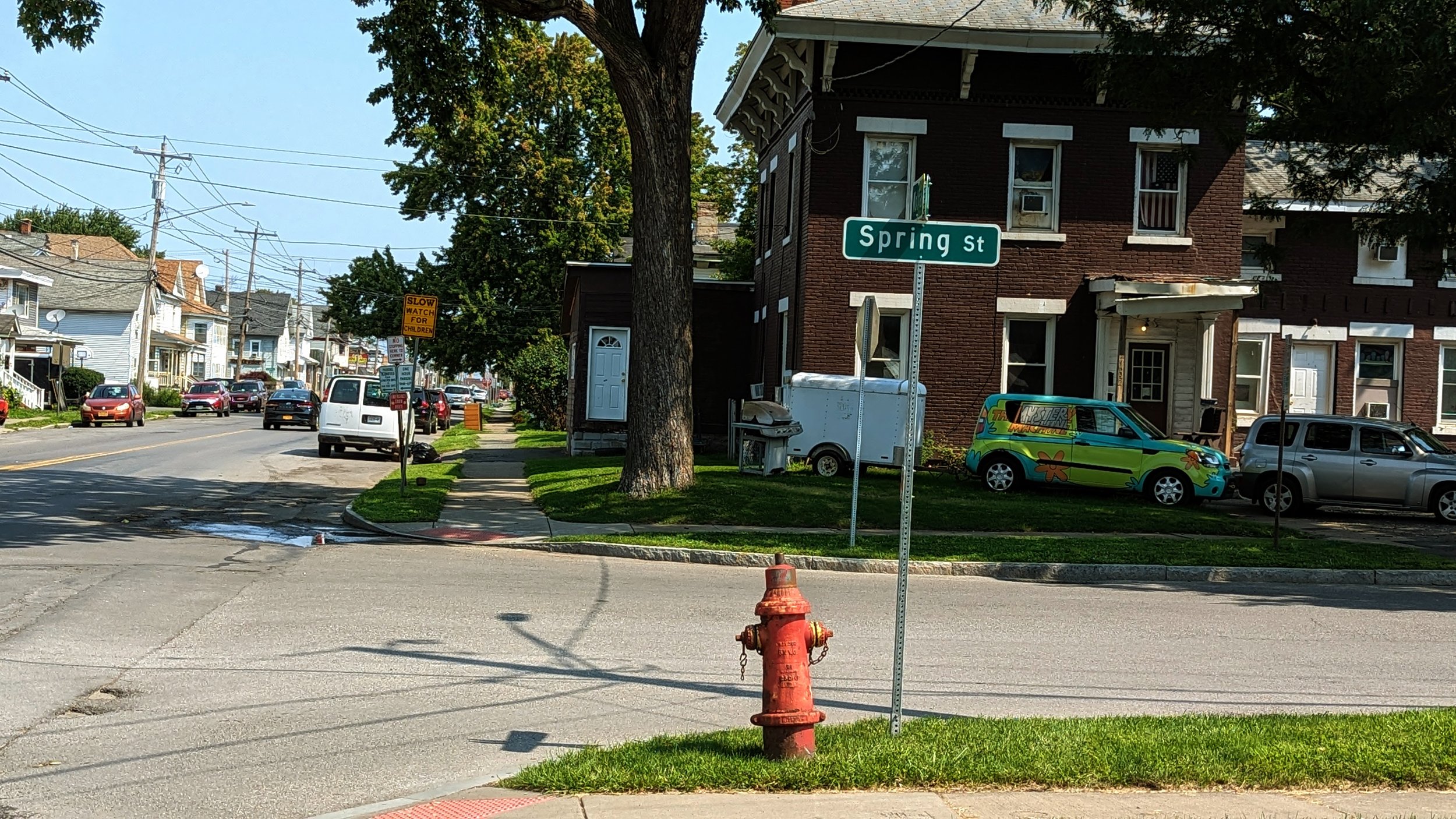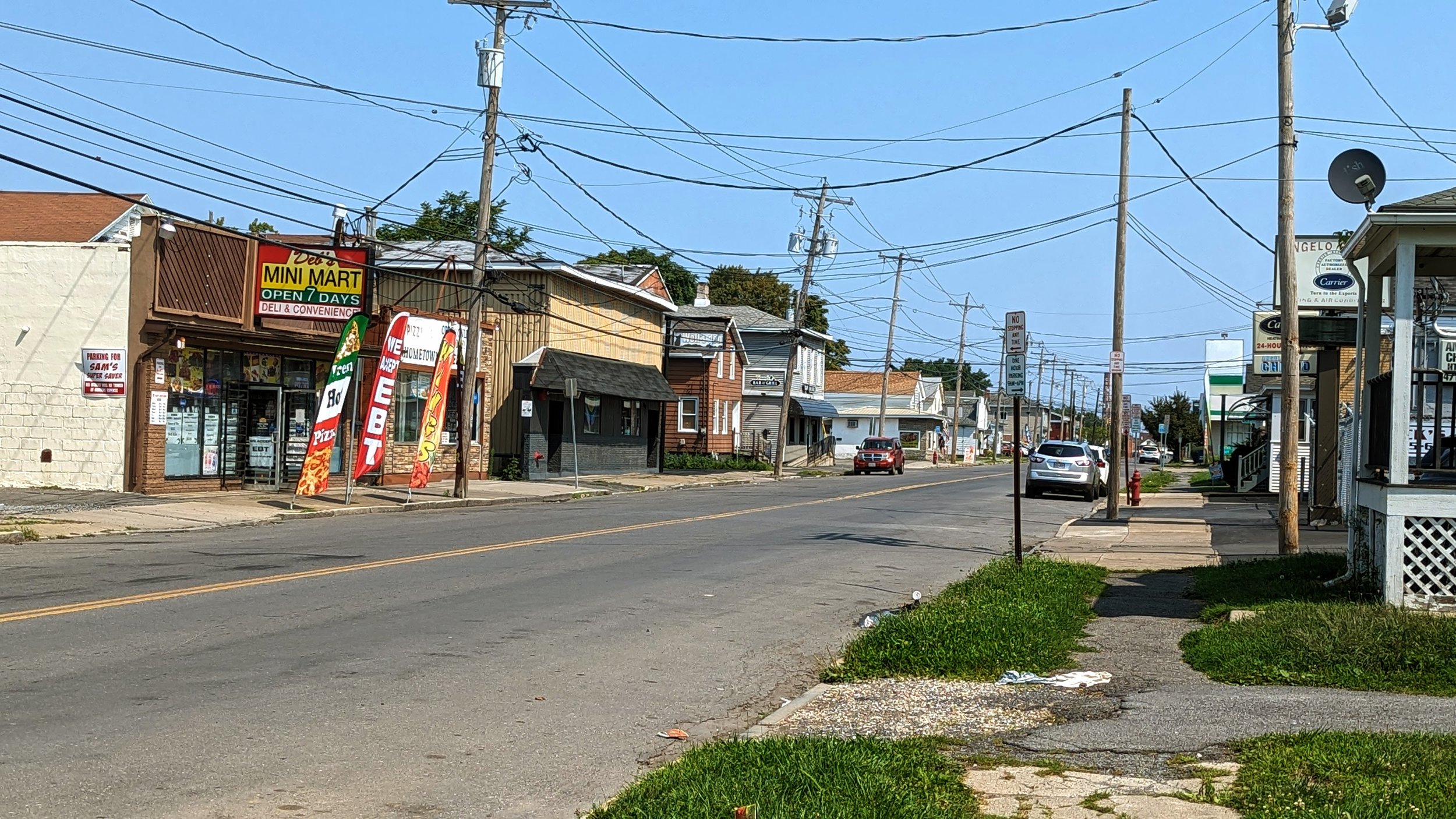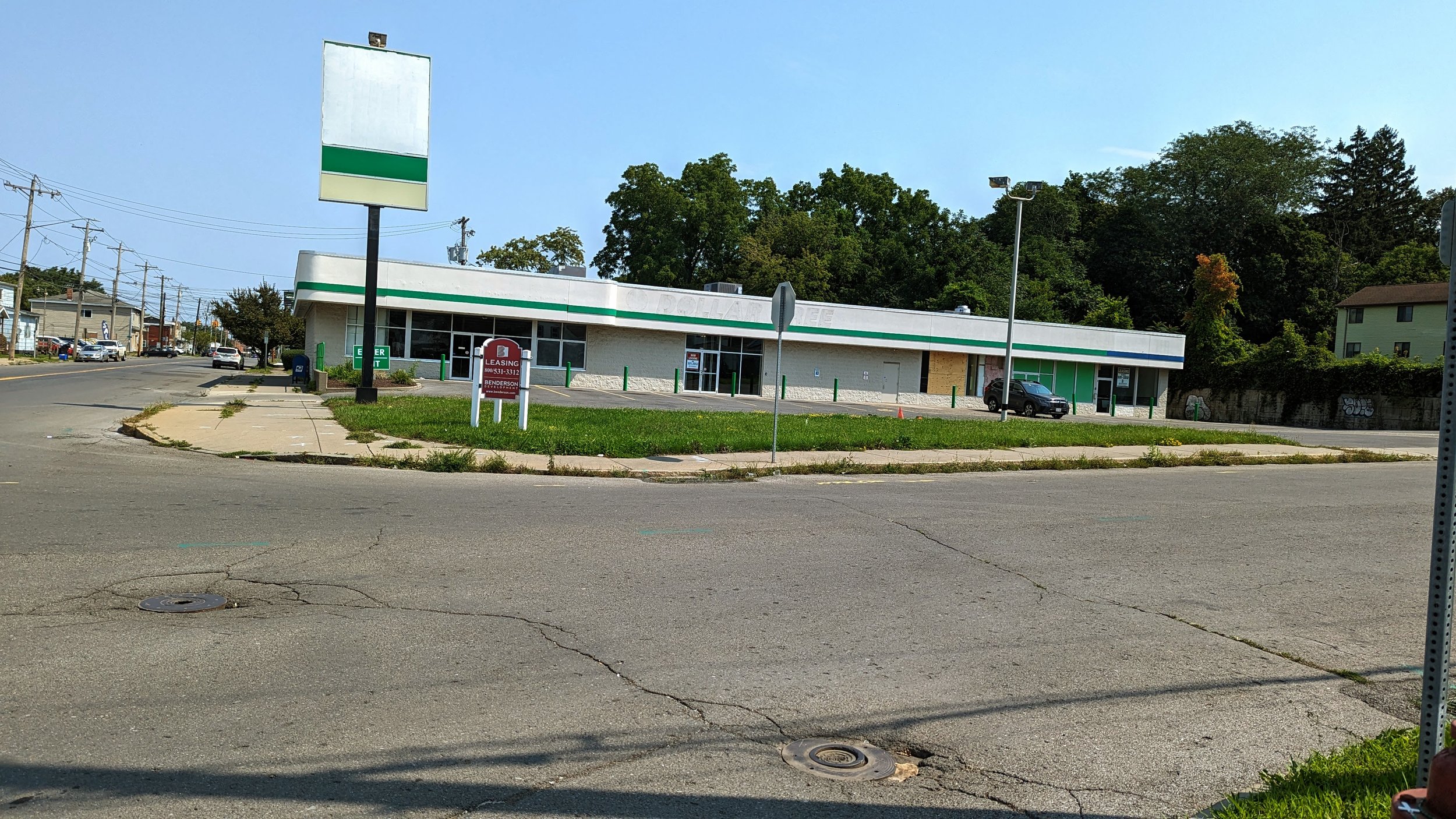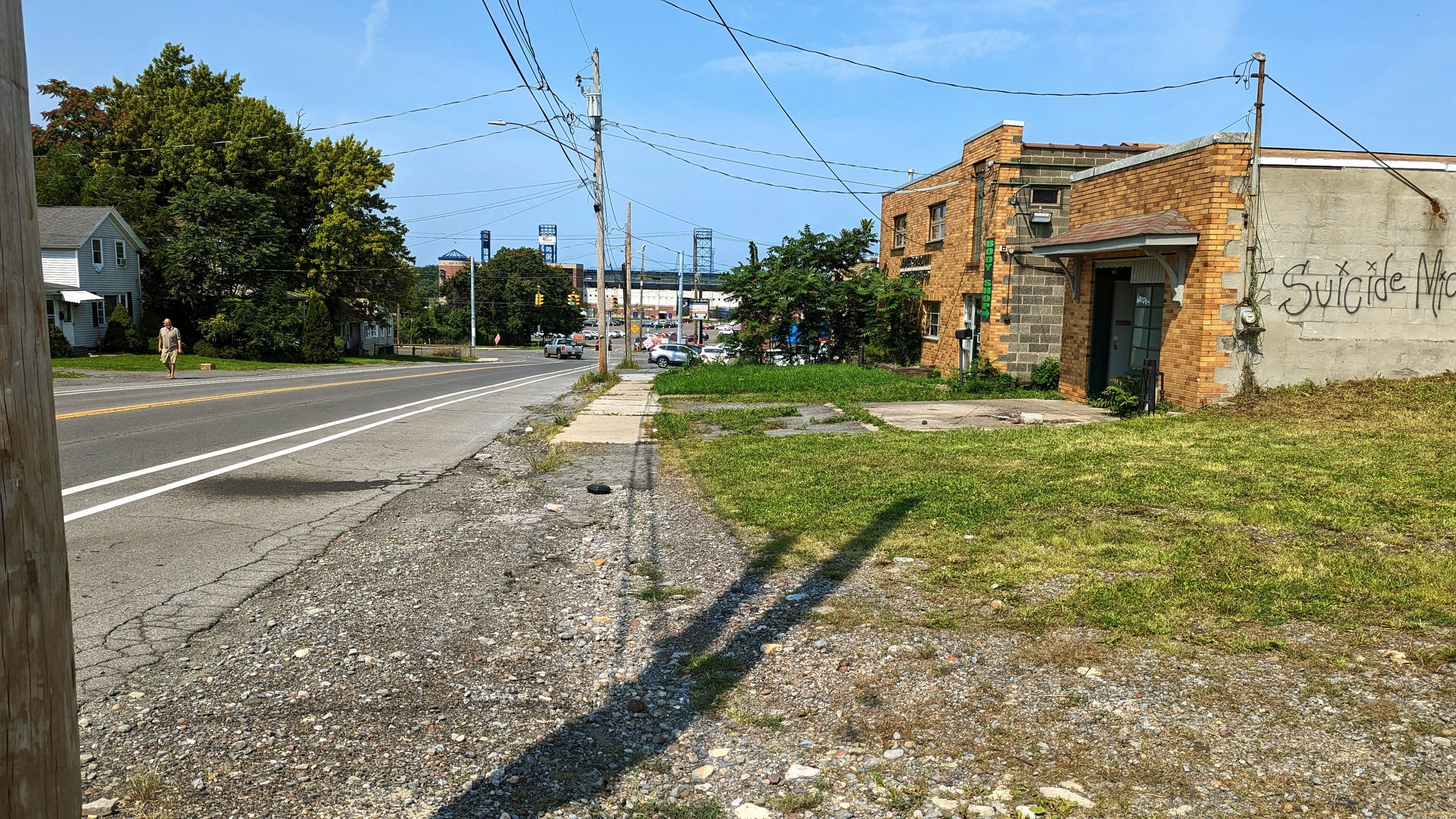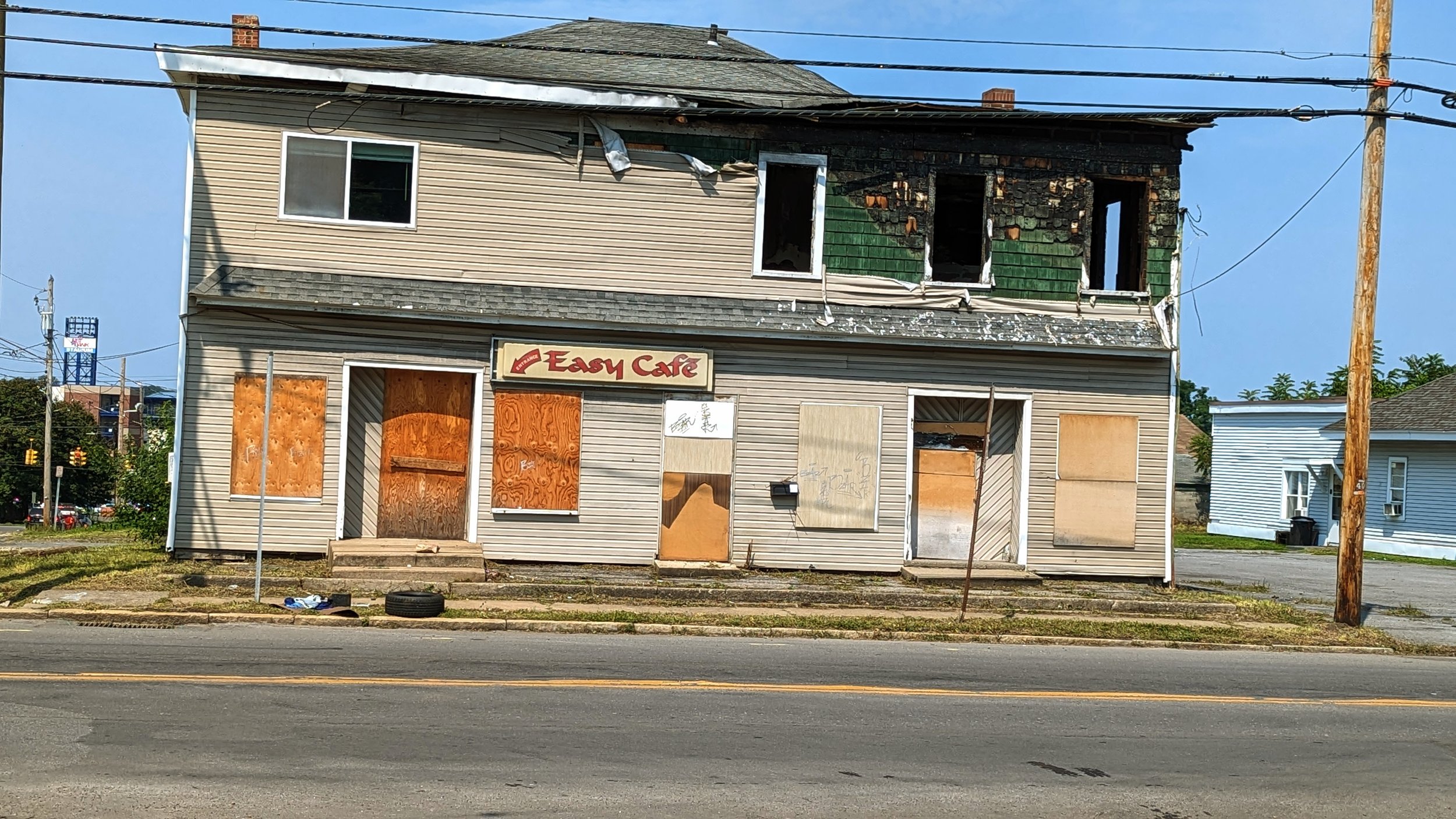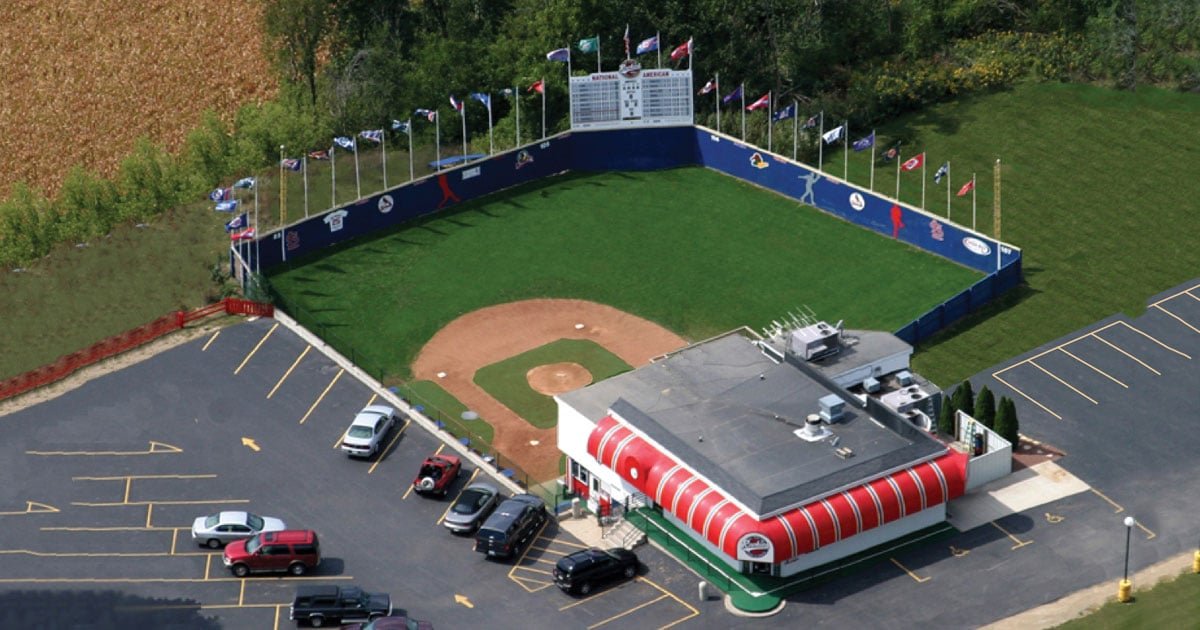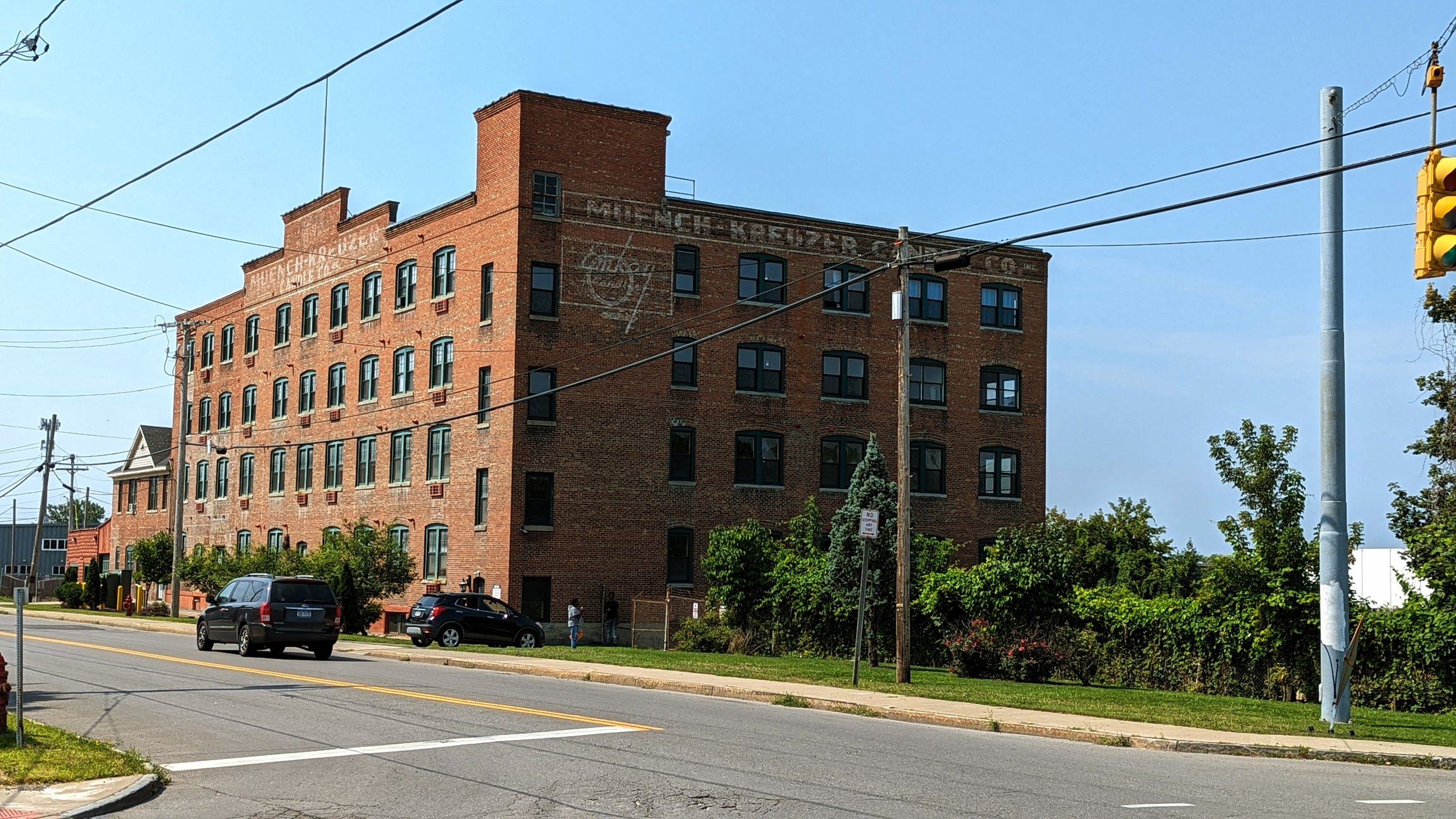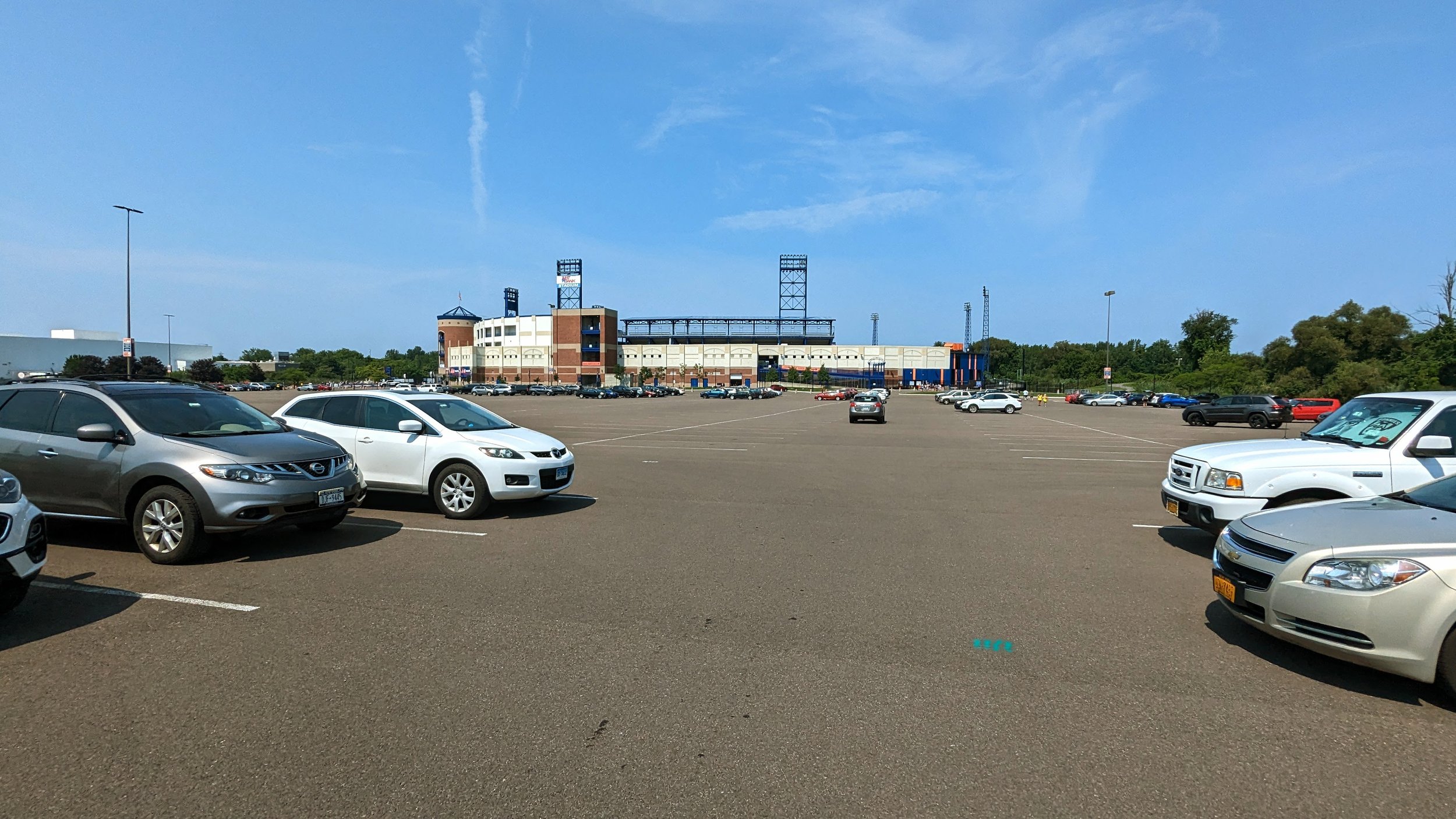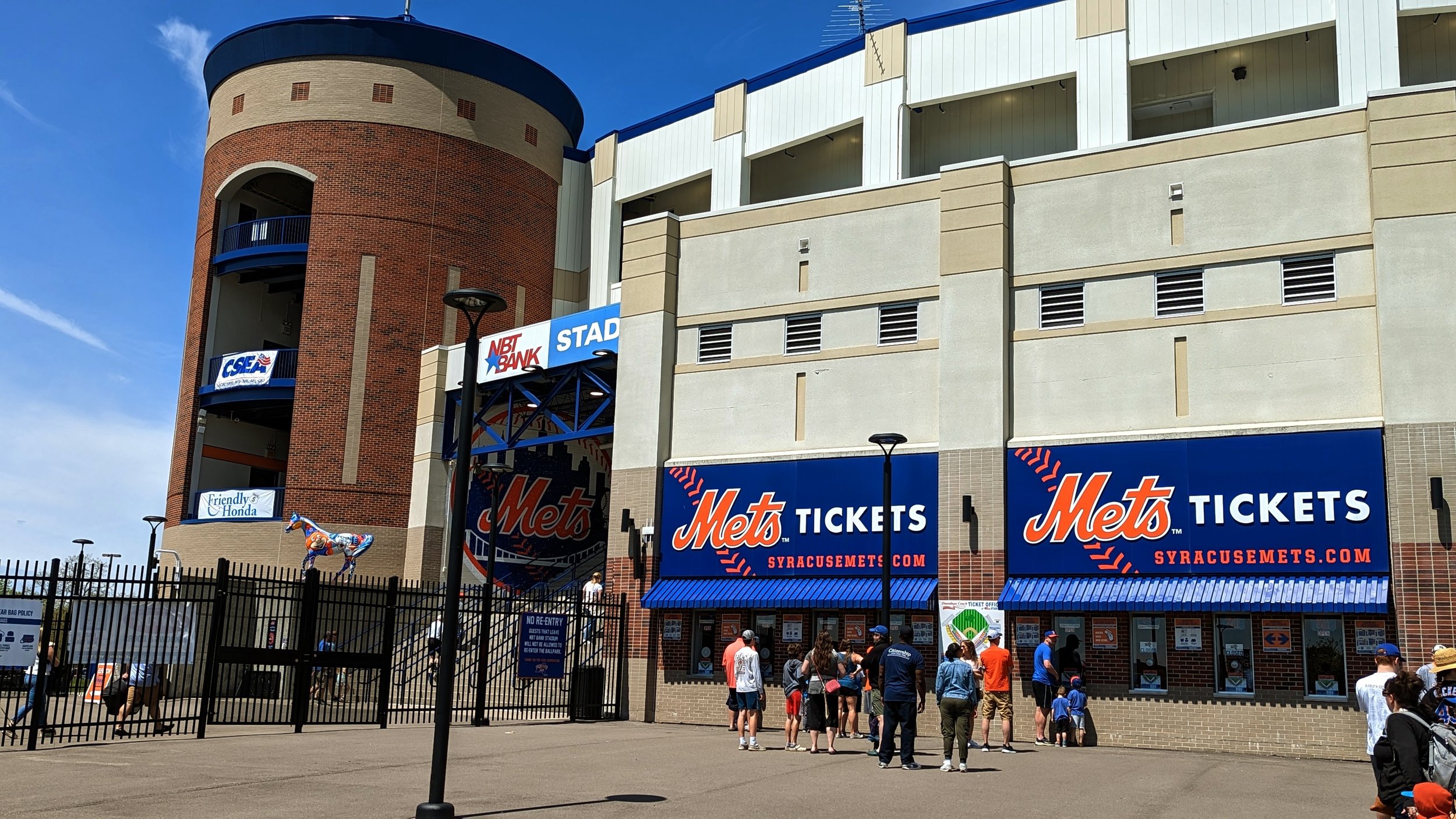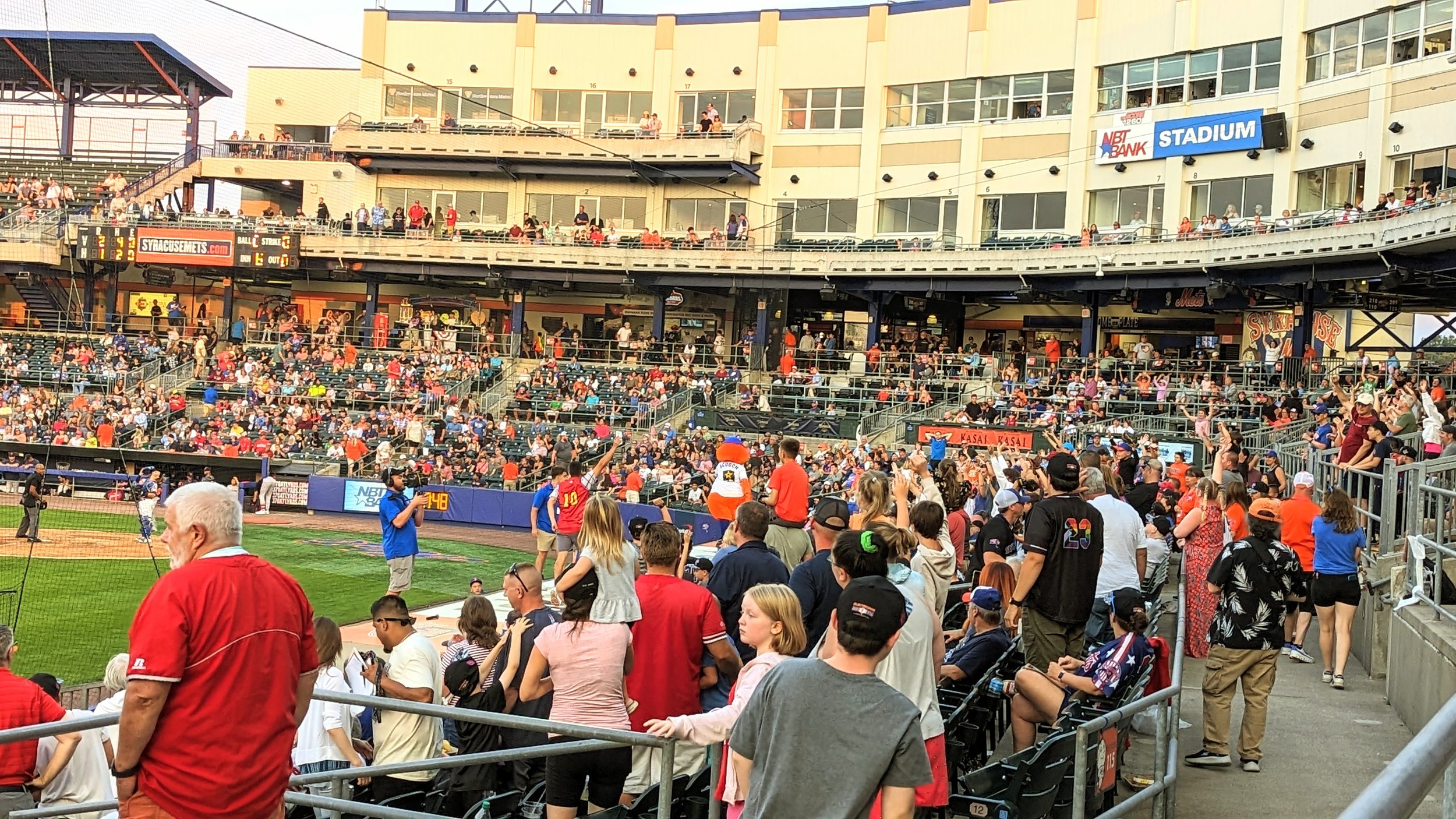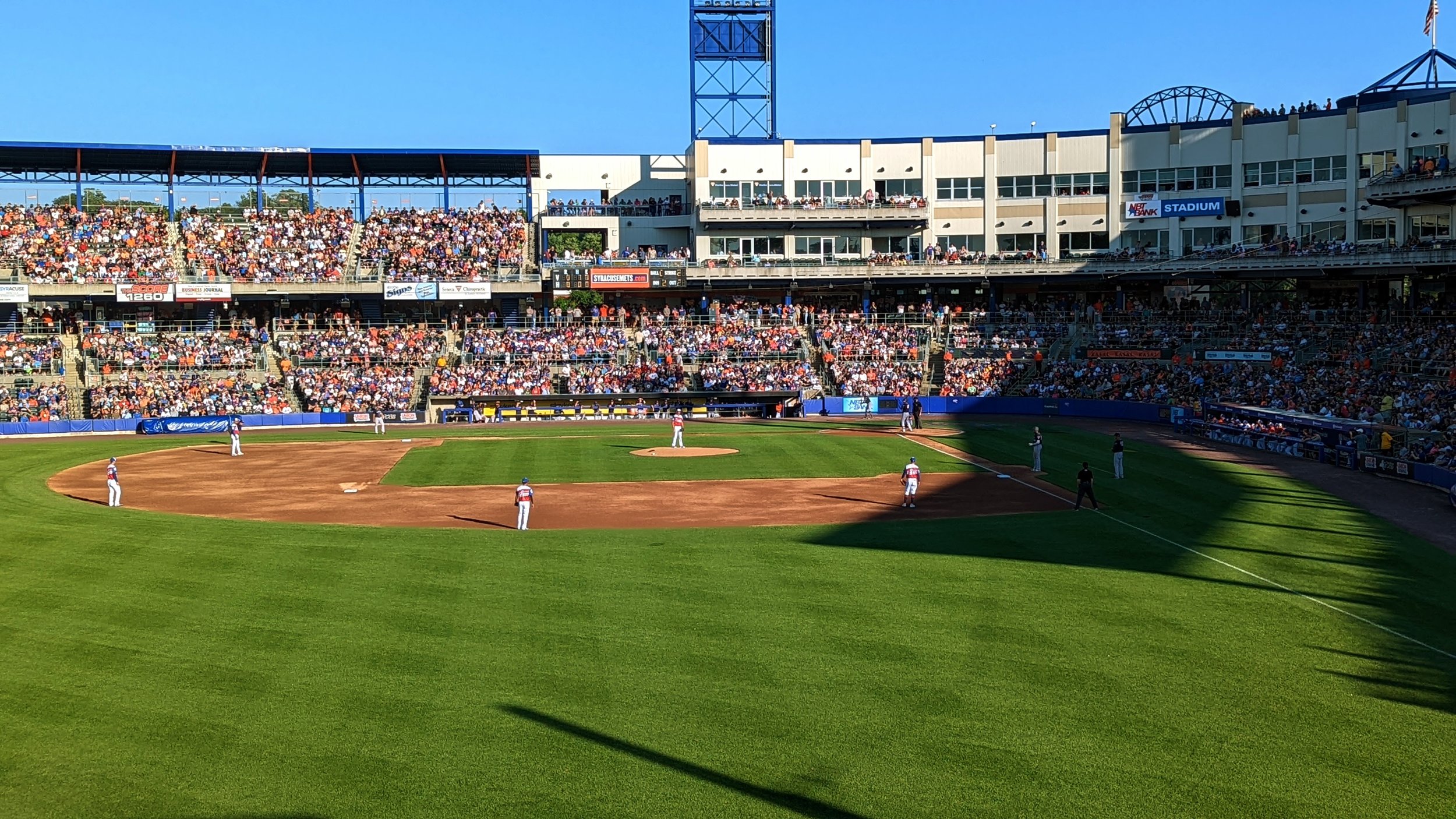The desert - a place we often associate with vast, seemingly empty space. Where animals are often nocturnal to avoid the daytime heat and cacti have adapted to live off the minimal amounts of rain that comes each year. It's more associated with surviving than thriving. And yet, one of the United States’ fastest growing cities has sprung from the desert.
Phoenix, Arizona is sometimes derided as a suburban hellscape. Just an endless sea of sprawl that reaches for miles in all directions, sucking up the few resources that surround it, resulting in never ending conversations around drought and water supply. Yet, while it receives harsh critiques, many of which are warranted, there are signs that things are changing and a more sustainable version of the Valley may be on its way.
As I like to do when I visit different urban environments across the country, let’s take a look at what’s working, what’s not working, and some of the promising changes greater Phoenix is experiencing. While you’ll be hard pressed to find a city more different than Syracuse in terms of climate, that does not mean there aren’t things we can learn from it. It is also important to remember that these are really only first impressions, as no amount of short visits can tell the lived experience of the region.
With that in mind, let’s start with the bad - Lanes, lanes, and more lanes.
Los Angeles, often considered a car centric city with its wide highways cutting through the Hollywood Hills and its bumper to bumper traffic, is nearly 3x as densely populated (8,304 people/sq mile) as Phoenix (3,104 people/sq mile) when just looking at the central cities. Daily transit usage is roughly 8x higher in Los Angeles while the metropolitan area is home to roughly 2.5x more people. As a result, Phoenix amplifies these roadway issues as nearly everyone drives. Many neighborhoods are bordered by major arterials with 5-7 travel lanes and vehicles moving at 40+ mph. Add on top of that the incredible amount of highways that criss cross their way across the region. Traveling across the Valley, you run into multiple highway expansion projects, a signal that the region is doubling down on car infrastructure, enshrining personal vehicles as its primary mode of transportation into the future.
Not only are the streets and roadways built for ever increasing car traffic, your destinations are increasingly oriented around never leaving your car as well. Drive-thru salads, cafes, and even liquor stores line many of the main streets outside of the city center. Cars queueing up to wait 10-30 minutes wind their way onto side streets, backing up traffic and block crosswalks. In many ways, suburban Phoenix shows what suburban Syracuse is approaching if changes aren’t made soon. Tully’s has proposed a drive-thru version of its restaurant and Chick-fil-as are sprouting up with increasing frequency throughout our suburbs.
As a result of these development patterns, it should come as no surprise that Phoenix and its neighbor, Mesa, are considered two of the 10 most dangerous cities to drive in, ranking 6th and 8th respectively. In my short time in the metro area, multiple car crashes blocked intersections and rerouted traffic. Fast moving cars, weaving across multiple lanes are simply a recipe for disaster.
On top of the dangers for drivers, Arizona is ranked as one of the deadliest states in the country for people walking. As dangerous as it is for drivers to traverse multiple lanes in order to turn, the extremely wide intersections leave people on foot and on bikes exposed to danger for longer. Multiple turning lanes also make it difficult for people walking to be confident that all cars are stopped, reducing the feeling of safety. Ultimately, when you do not feel safe walking, you work to find another way to get around, often in a car, leaving the streets more dangerous for those without any other option. Most people in Syracuse would choose to avoid walking on Erie Blvd E or Genesee St in Fayetteville or Rt 31 in Clay. But when your neighborhood is encircled by roadways of that scale, it is hard to avoid.
While sidewalks are almost always present, providing a dedicated space for people to walk, bike lanes are still expanding their reach. Where they do exist, the quality ranges dramatically. For every wide, protected lane, there are multiple skinny lanes pushed into the gutter that drop out suddenly before reappearing hundreds of feet further down the road. This is not just a problem around Phoenix, Mesa, and Tempe, but across the country. This problem is especially acute on the multi-lane arterials where drivers are racing, leaving people riding bikes vulnerable whether they are riding in a painted lane or on the side of the road. In Tempe, which has a Vision Zero program, at least one of its Safety Corridors, W University Dr, does not do much to prioritize safe movements of vehicles and includes very little room for its bike lane. I’ll come back to this area again later in the piece as there are some really positive things happening nearby.
And the final piece of bad news before we start looking at the positives - never ending seas of car storage.
As a metropolitan area that is dedicated to the personal vehicle, there’s an overwhelming need for car storage at all destinations. Angled street parking was a common sight around Mesa, but often that parking simply lined the curb outside of a parking lot. Even the roomy parking-protected bike lane primarily ran next to businesses surrounded by their own parking lot, reducing the likelihood of cars acting as a barrier between riders and moving vehicles. To give you a sense of the problem, there is an estimated 2.4 million cars register in the State of Arizona, but there are over 12 million parking spaces in just the Phoenix metropolitan area. All of that asphalt not only makes it unpleasant to walk in most parts of the metro area, but it also intensifies the incredible heat the area experiences during the summer months. Anyone who has ever walked through a parking lot in the summer knows just how hot it can be, but now imagine that walk when its 115 degrees out and there are no trees to shade you. The heated asphalt can even result in severe burns to those unfortunate enough to touch it with their bare skin.
But this is where we start to see some positives, and it comes from an historic form of architecture - the stoa.
Stoa are covered walkways often found in ancient architecture in Greece, Rome, and Spain. Downtown Mesa, which exudes traditional southwest charm in its architecture, employs stoa throughout. The coverings create pleasantly shaded paths and often include both public benches and outdoor dining opportunities. While the stoa are used to help combat the intense sunshine and heat the Phoenix area experiences, the same technique can and should be used in our colder, wetter climates to provide people walking with cover from rain and snow. In New York City, sidewalk sheds, while intended to be temporary, often provide this benefit during storms. Downtown Syracuse has lost many of its awnings and coverings over time, which becomes apparent when you see historical photos and paintings of the area.
While stoa offer up much needed shade, they also help to expand outdoor dining opportunities for bars and restaurants. As a city that enjoys sunshine nearly all year round, outdoor dining and drinking is a common occurrence - on sidewalks out front, patios in the back, and roof tops. While northern cities like Syracuse can’t as easily provide this level of outdoor activation, we can do more than people often think. By including more covered spaces, outdoor patios and rooftops can be activated for most of the year, especially if heating lamps are strategically placed throughout. Unlike Phoenix, whose residents are spoiled with sunny days, our northern cities see all available outdoor spaces filled from the first sunny day in spring to the last grasp of warmth in the fall. We should identify ways to make these spaces work in all weather.
Sticking to this desire to be outside in social settings, suburban Phoenix has increasingly embraced outdoor malls with pedestrian centers. Tempe Marketplace, while surrounded by a moat of car storage, provides a dense, walkable environment for visitors. Yes, at its core it is simply a mall, primarily occupied by national chains and privately controlled, but it offers the possibility of becoming more than just a mall. As the need for housing expands, the large parking lots that surround the shopping center can easily be developed into housing, allowing residents to live within easy walking distance to many of their daily needs. Enclosed malls can also see some of this infill and conversion, but the focus on interior access makes redevelopment more difficult.
Now I may have been harsh on mobility across the Valley, and rightfully so, but there are some bright spots that deserve some attention.
Let’s start back with that parking protected bike lane mentioned earlier. This concept is not new and has been used extensively throughout New York City and other cities across the country. But I want to highlight the use of this technique in Phoenix, one of the most car obsessed metro areas in the country, in contrast to Syracuse’s reluctance to explore their use after neighbors caused an uproar over one near Syracuse University over a decade ago. While the execution of that bike lane was less than desirable, it is beyond time to revisit their use as a low-cost and effective way to protect bike lanes throughout the city.
In Tempe, some neighborhood streets are utilizing raised intersections to slow vehicles, making it safer for people to ride bikes and walk across the street. By spreading these intersections along a street, cars are never able to pick up speed before they need to slow down once again, reinforcing safer speeds. Similar techniques have been used closer to Syracuse, with a high profile example in Philadelphia’s City Center neighborhood. Concerns will always be raised about maintenance, especially regarding impacts on plowing, but those concerns are truly unfounded. Similar to raised intersections, the City of Syracuse has been piloting speed cushions on neighborhood streets throughout the city. After 2 years, there has been no documented evidence of issues with plowing. If anything, a fully raised intersection may be even easier to navigate for plows as they should be moving through intersections at slower speeds to begin with.
Beyond improving the movements on our streets, Tempe is setting an example of how to handle dockless scooters. In spring 2022, social media around Syracuse was lighting up with complaints over where the new e-scooters were being left - blocking sidewalks, in parking spaces, on front lawns, etc. Since then, there has been little movement on providing better spaces for scooters to be left when they’re no longer in use. In contrast, Tempe has taken action in its downtown core by creating simple drop zones near intersections. These drop zones are painted spaces with a scooter symbol in areas already signed for no parking. As a result, they act as an additional reinforcement to daylighting regulations, where cars are prohibited to park in order to enhance visibility within an intersection. Similar techniques have been used with great success in Hoboken, NJ, which has not seen a traffic death in over 7 years. To encourage the use of these new drop zones, Tempe has worked with the e-scooter providers to enact fees and penalties for not leaving their scooters within the designated areas. Syracuse, and other cities with micro mobility options, should explore similar policies once drop zones are implemented and widely spread across neighborhoods.
All of this begins to add up to some of the more promising projects occurring around the region, all of which are building off the investment the region made in light rail. While Valley Metro Rail is fairly limited in scope, dense development has followed in its wake.
Five and six story residential buildings are popping up across the Valley within easy walking distance of the light rail corridor. While they are primarily residential only, some mixed-use development is popping up as well, with many buildings facing the main corridor while placing whatever parking they do provide in less visible locations.
As a sign of what may be possible in the near future, a much talked about new development, Culdesac, is aiming to show that even in this car dominated region, you can live car free. This development, located directly at a light rail station, emphasizes car-free living, providing secure bike parking throughout, narrow pedestrian only streets, small courtyards, and commercial/retail outlets sprinkled along the first floor of many buildings. While the development was in soft launch mode while we walked around in early March 2024, you could get a sense of what the place was aiming to be - a fully integrated community. The small shops are meant to serve not only residents of Culdesac, but also the hundreds of apartments popping up nearby. A bar/restaurant sits at the entrance to the development as you cross from the light rail station, with outdoor seating lining the sidewalk. This choice emphasizes the need for social third places for neighbors to come together.
Now this type of development may not be possible everywhere, but its staking out a claim in a region that has been hostile to pedestrian and transit oriented developments. As the Syracuse region eyes significant growth for the first time in decades, we should look to ambitious developments like Culdesac for ideas on how to increase walkability even in more suburban environments. Locate your developments where transit investments are occurring, emphasize access to daily needs, and create spaces that are human scale.
Even though the Valley of the Sun mostly remains a cautionary tale in terms of urban development, there are plenty of lessons we can learn, both good and bad, from its growth. Let’s make sure we learn the right ones.

